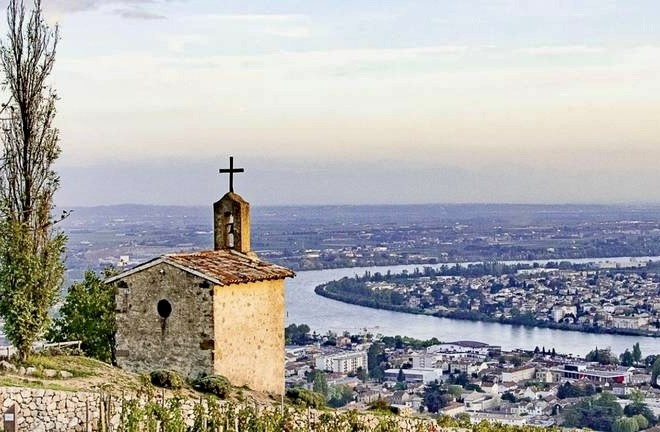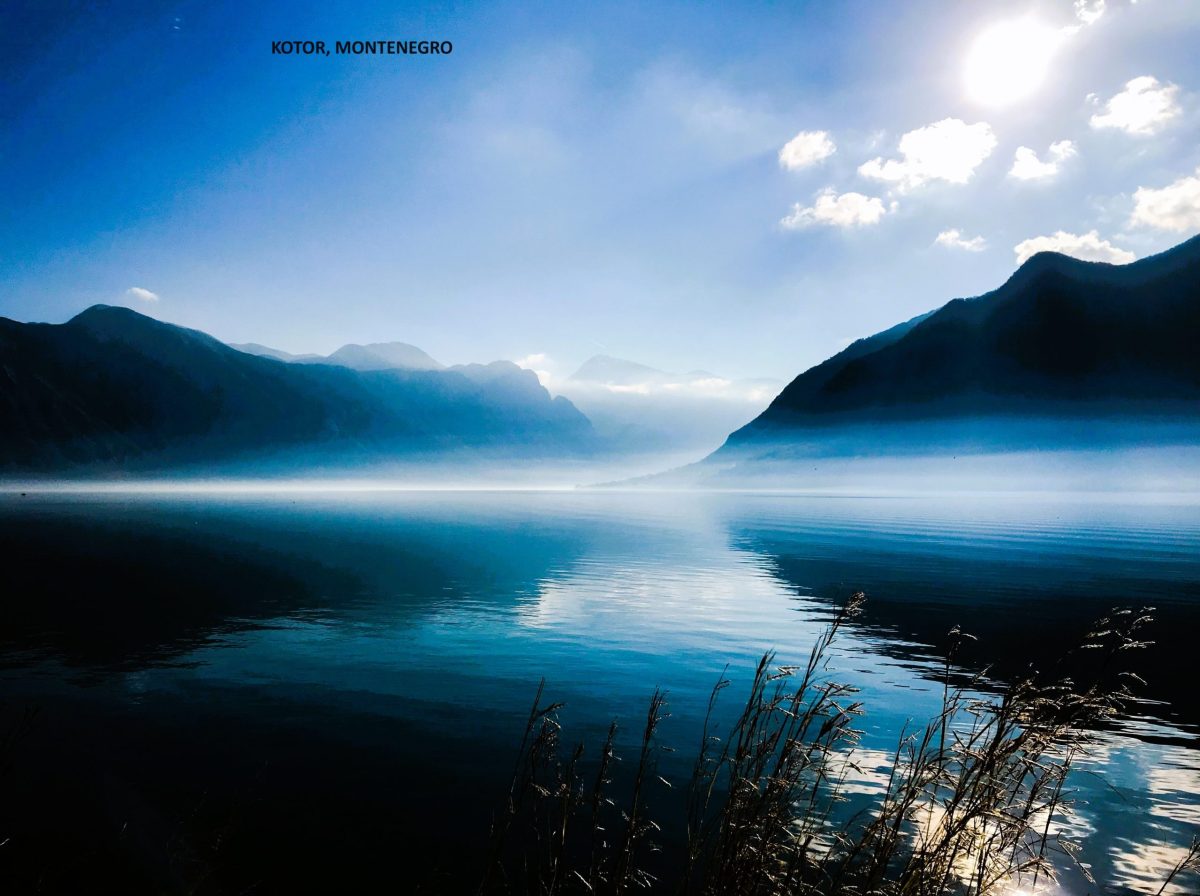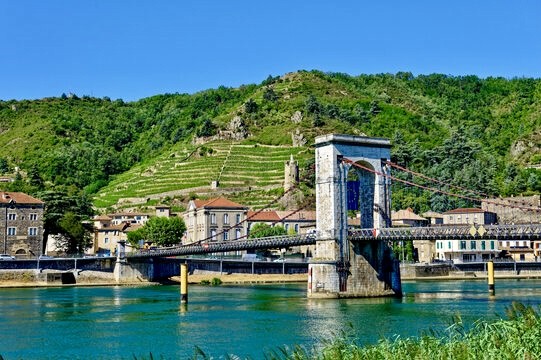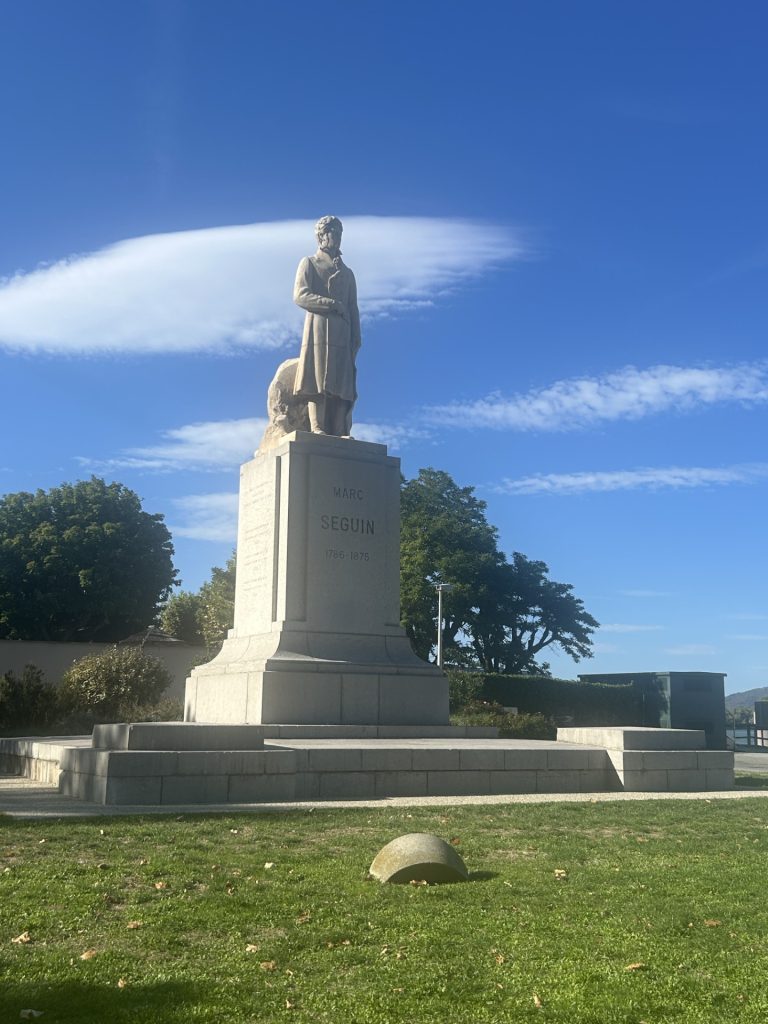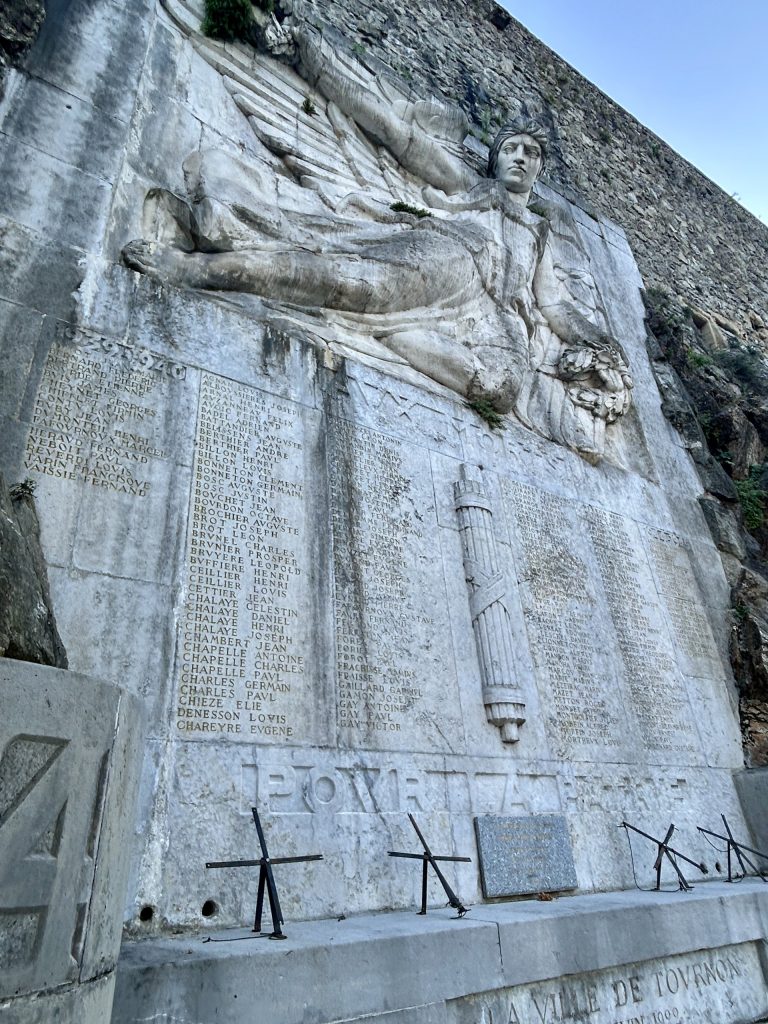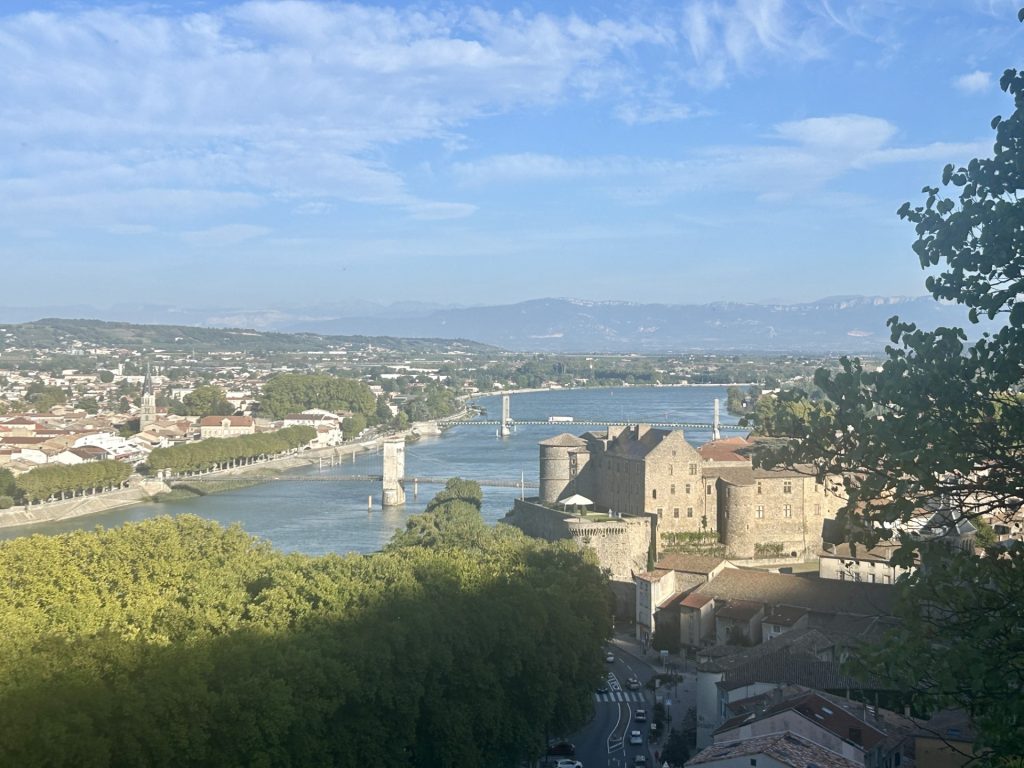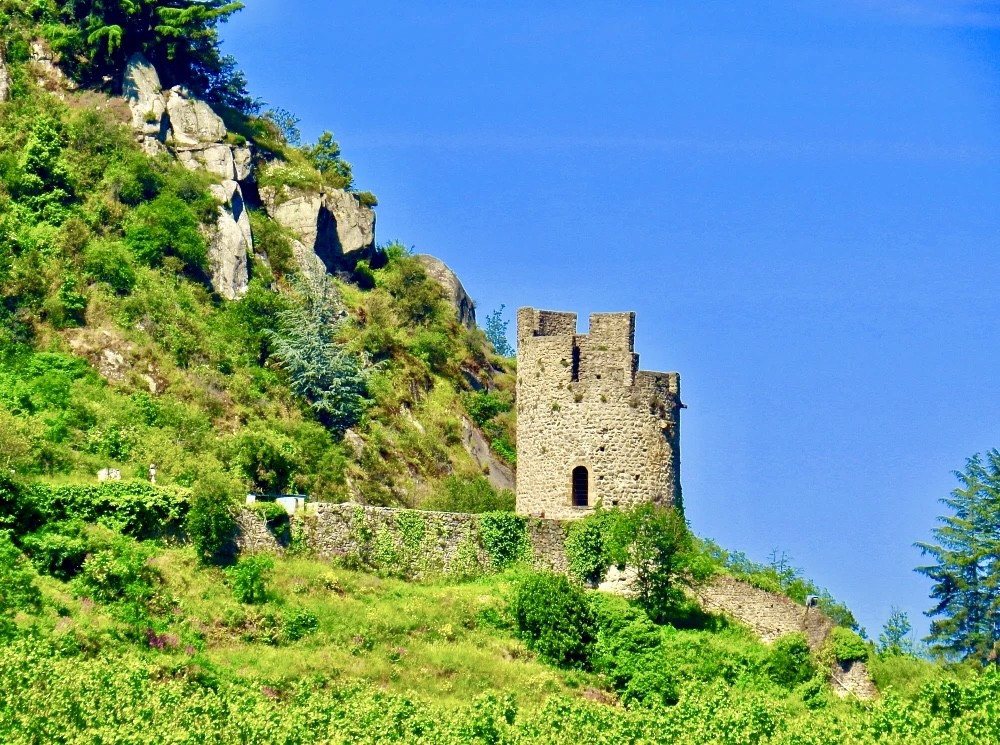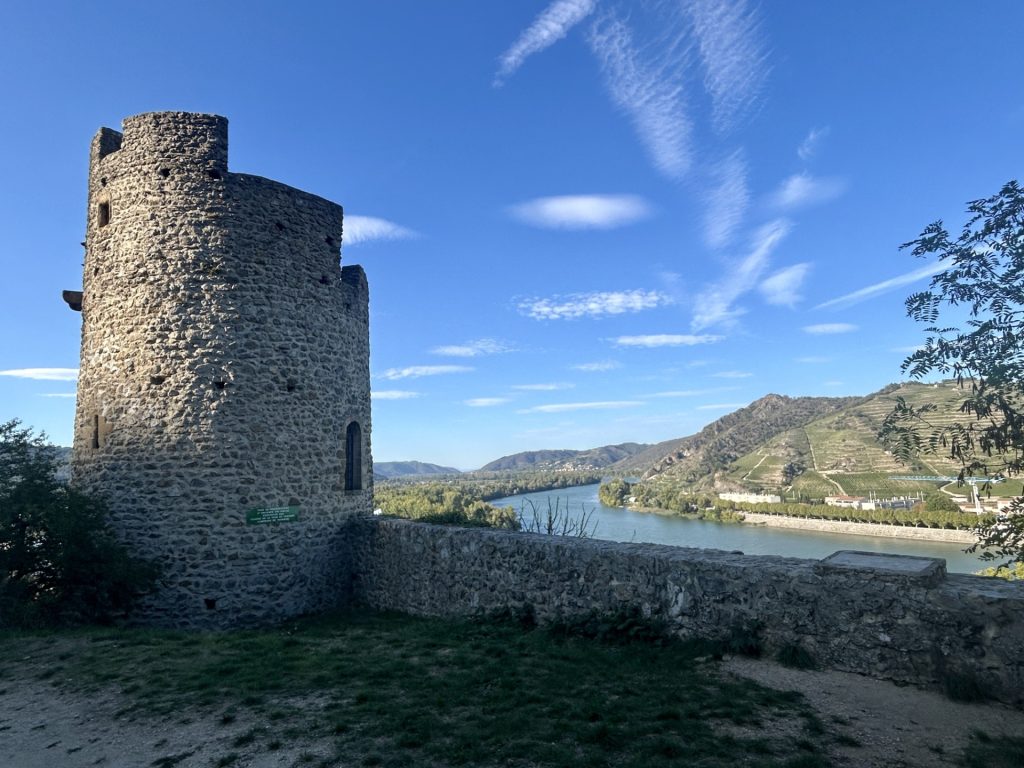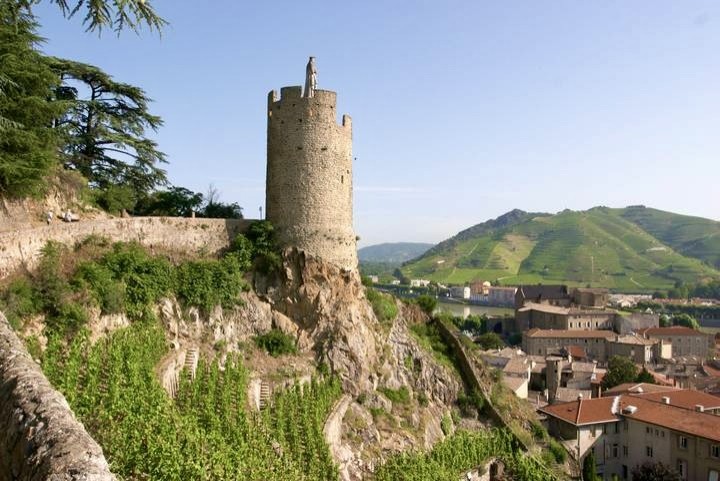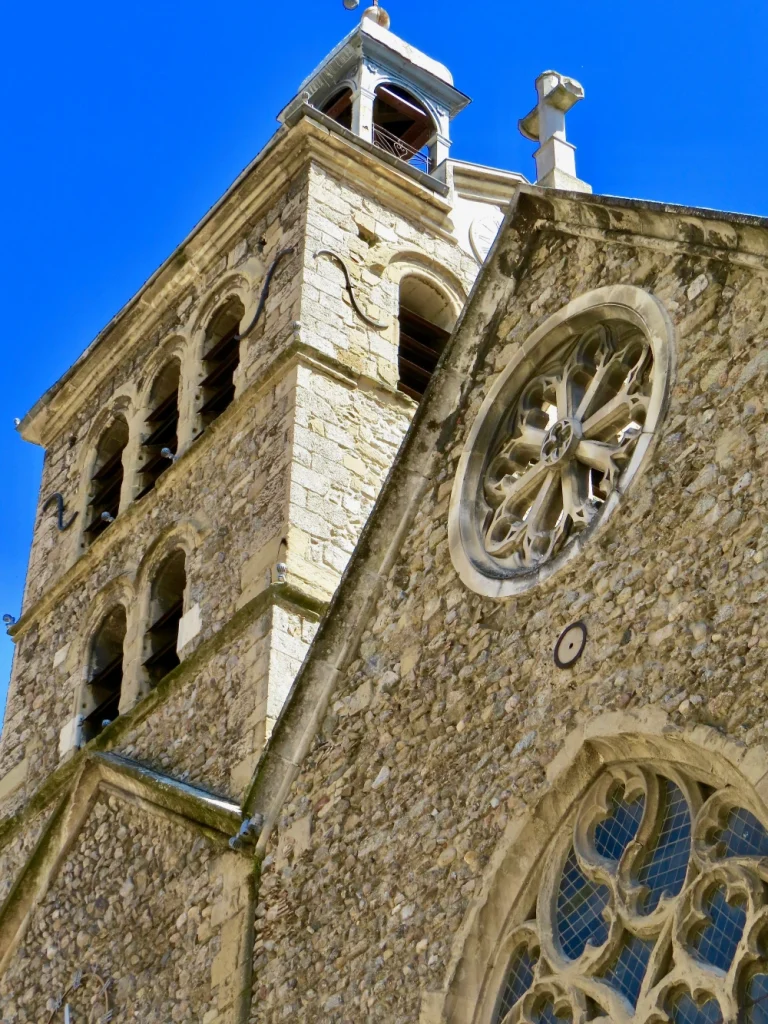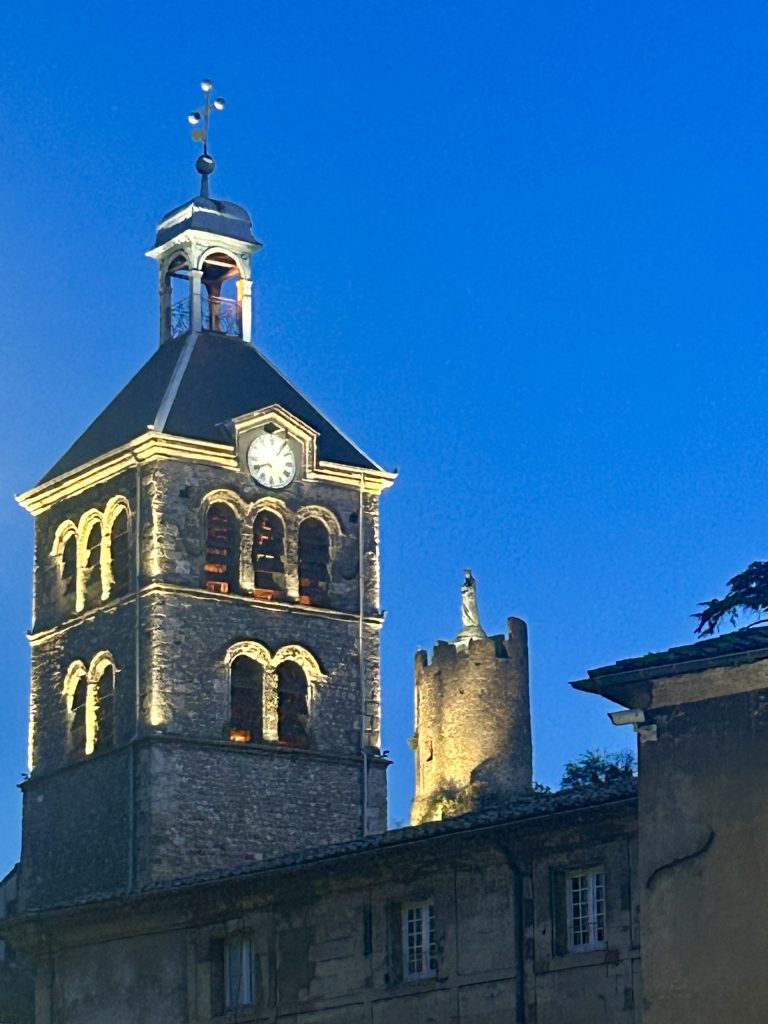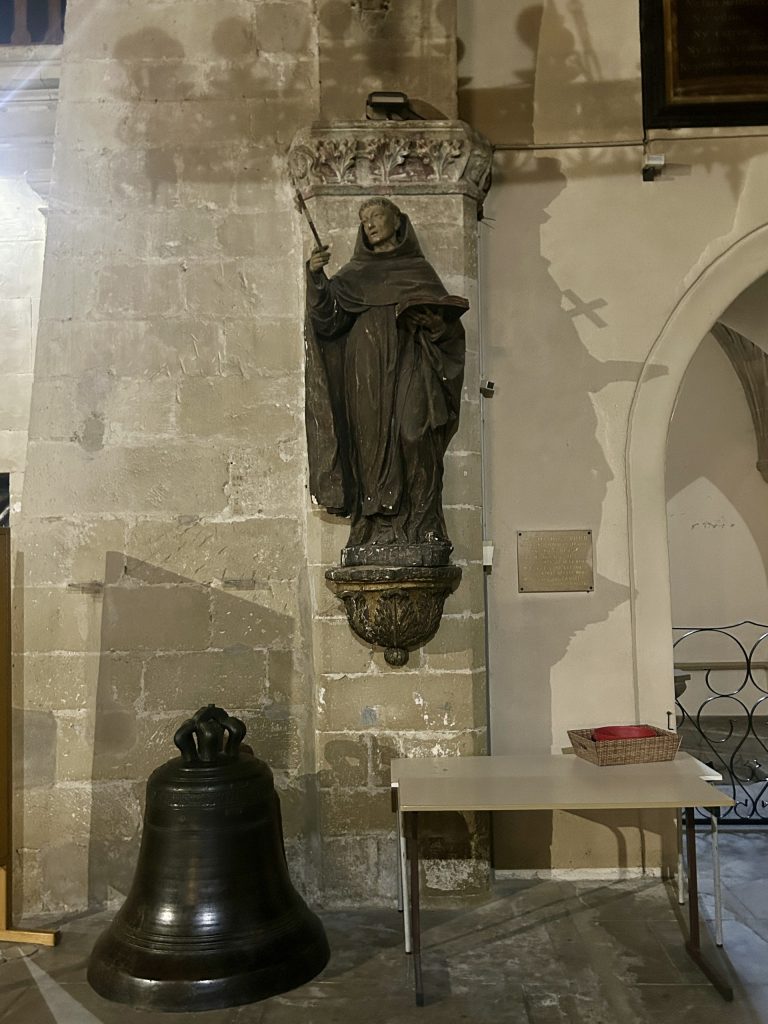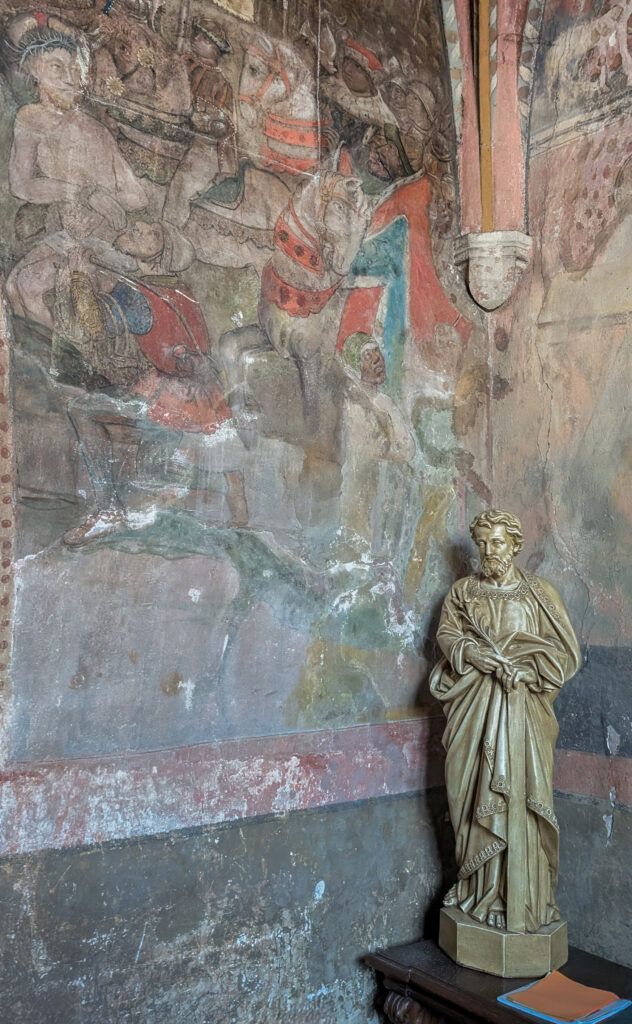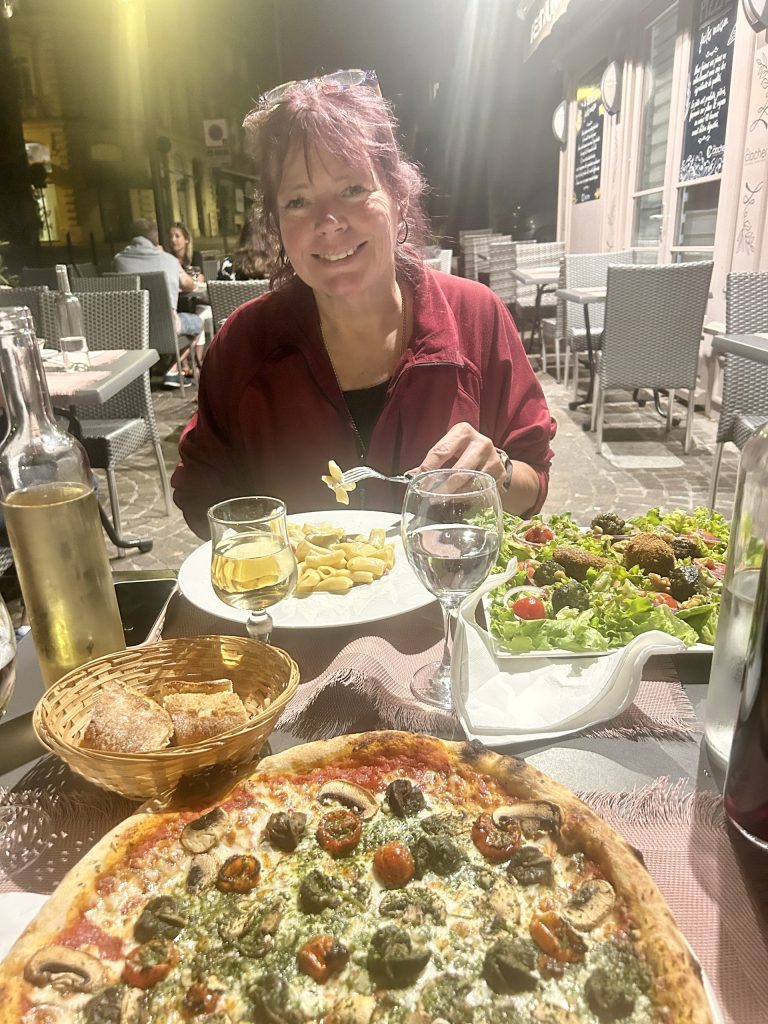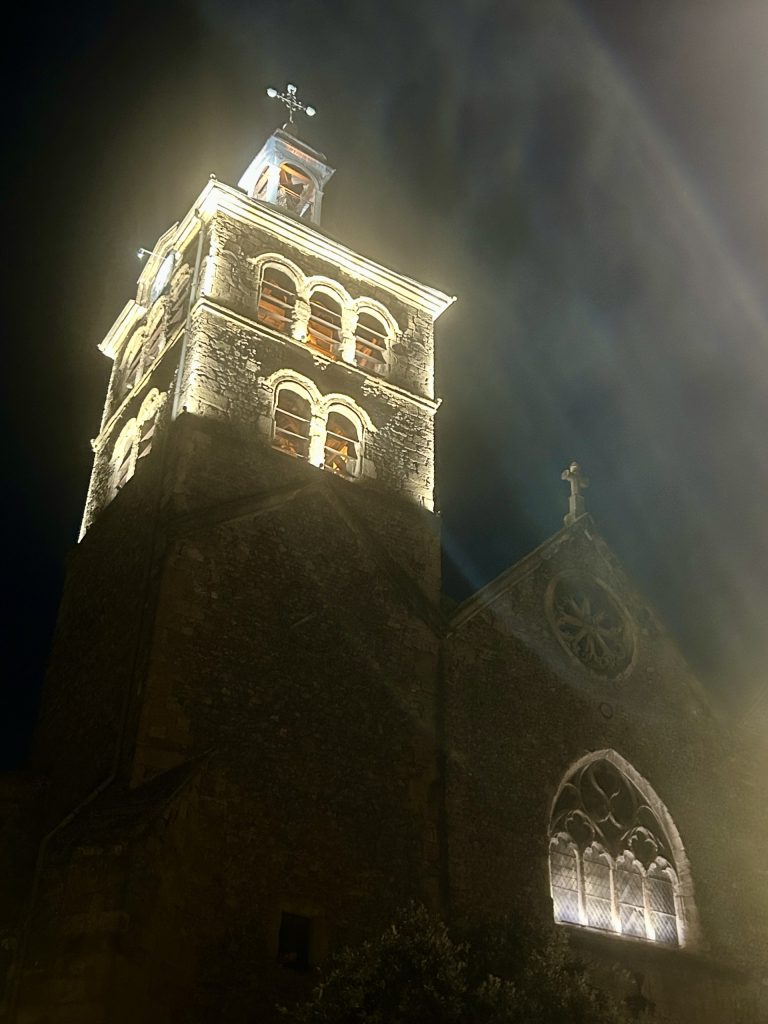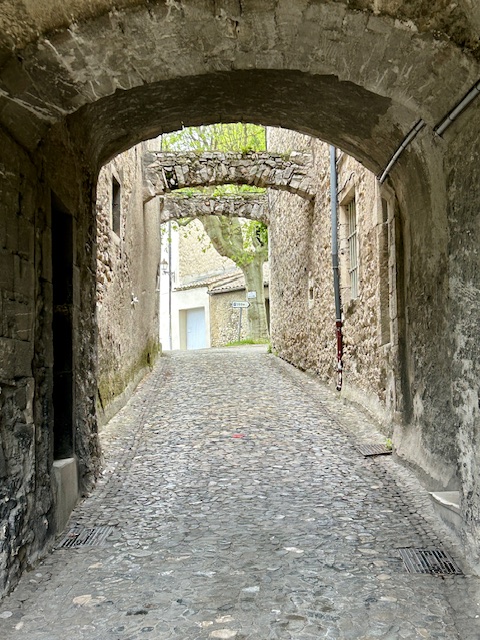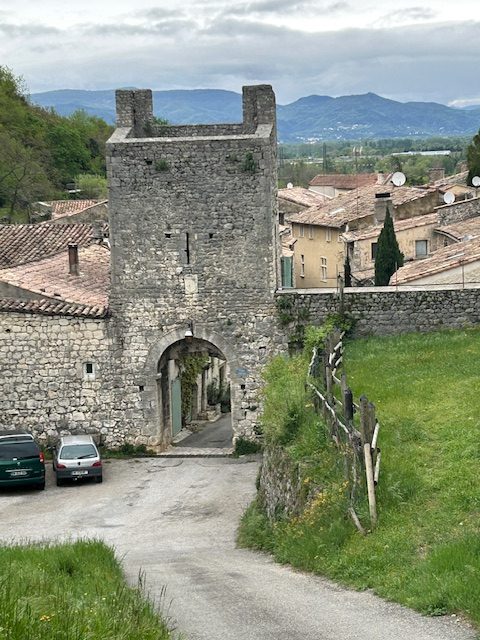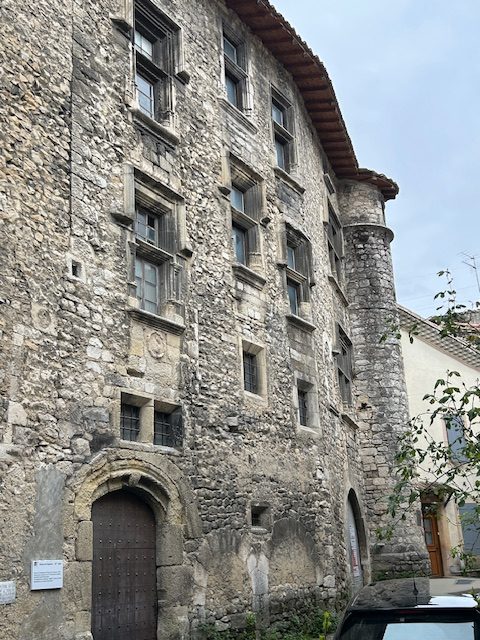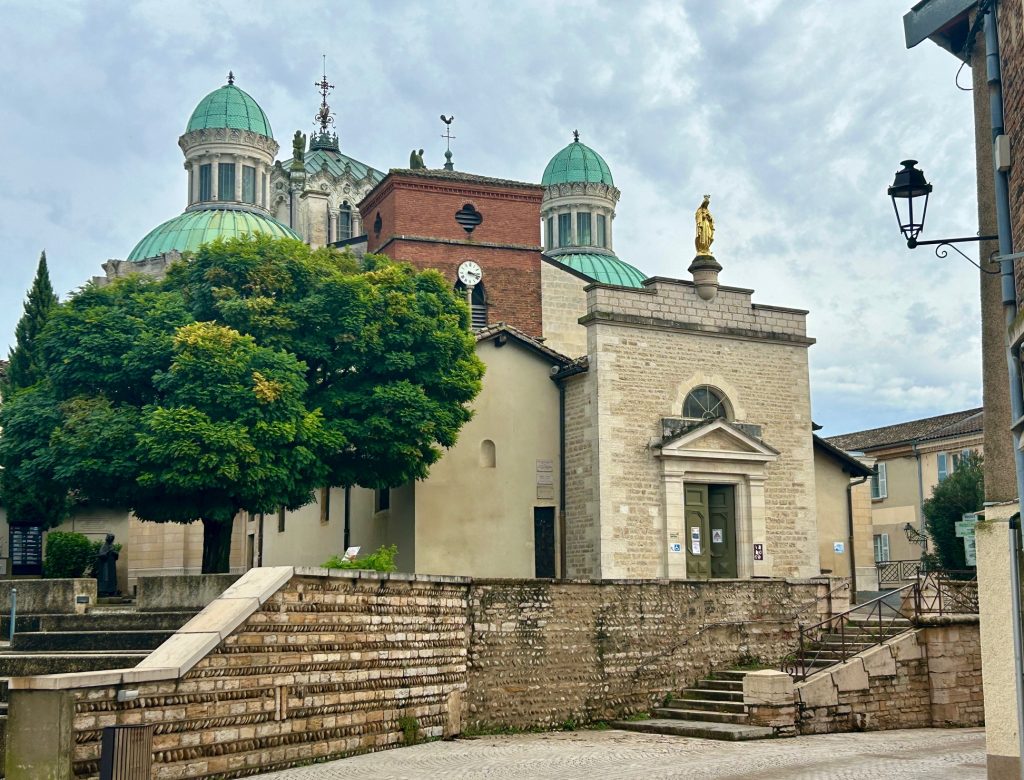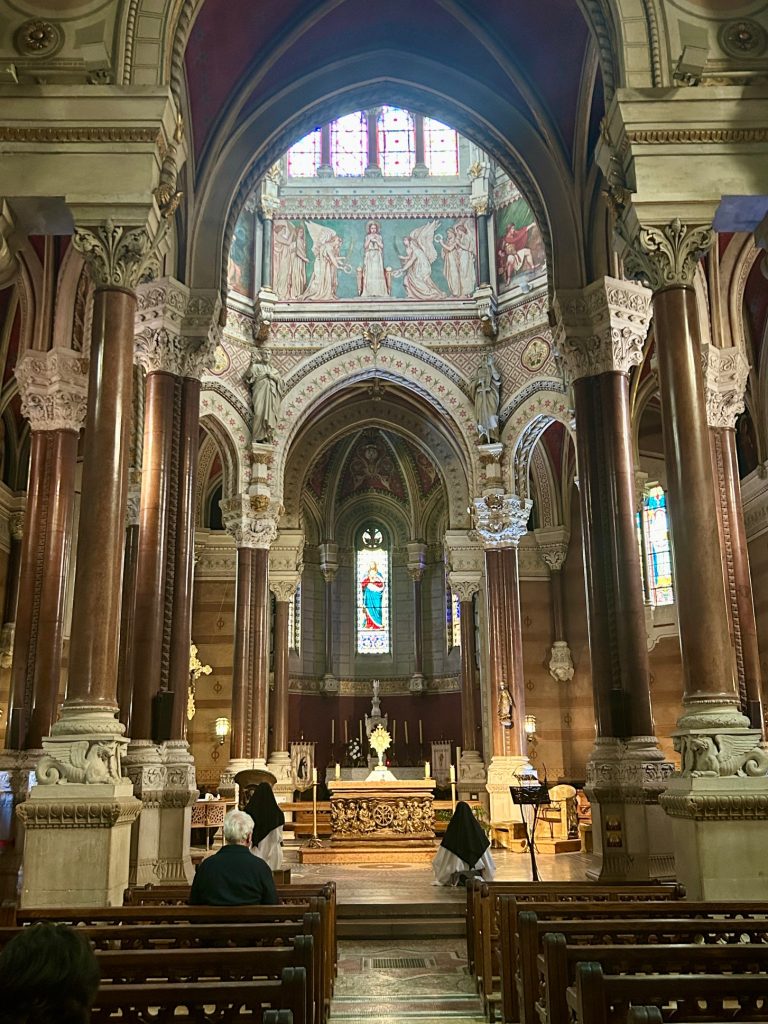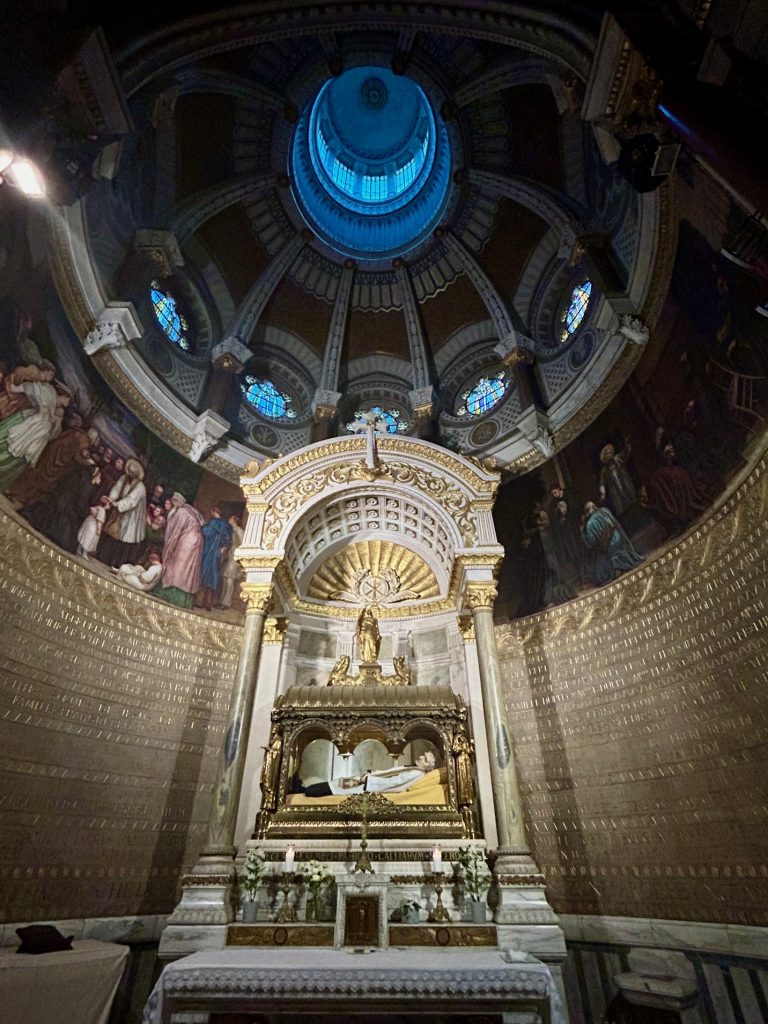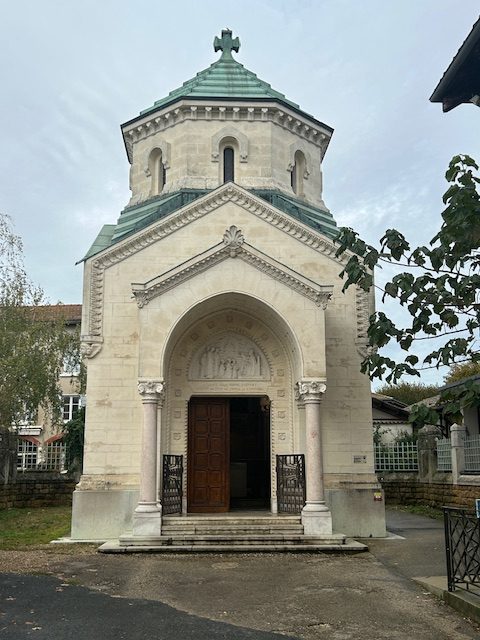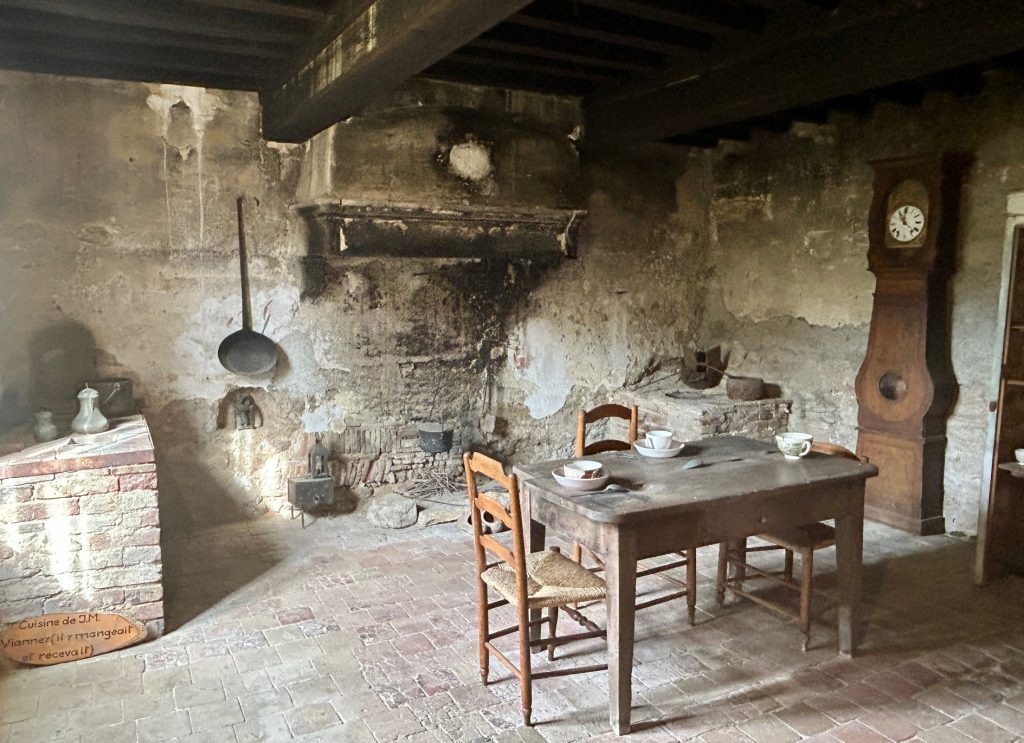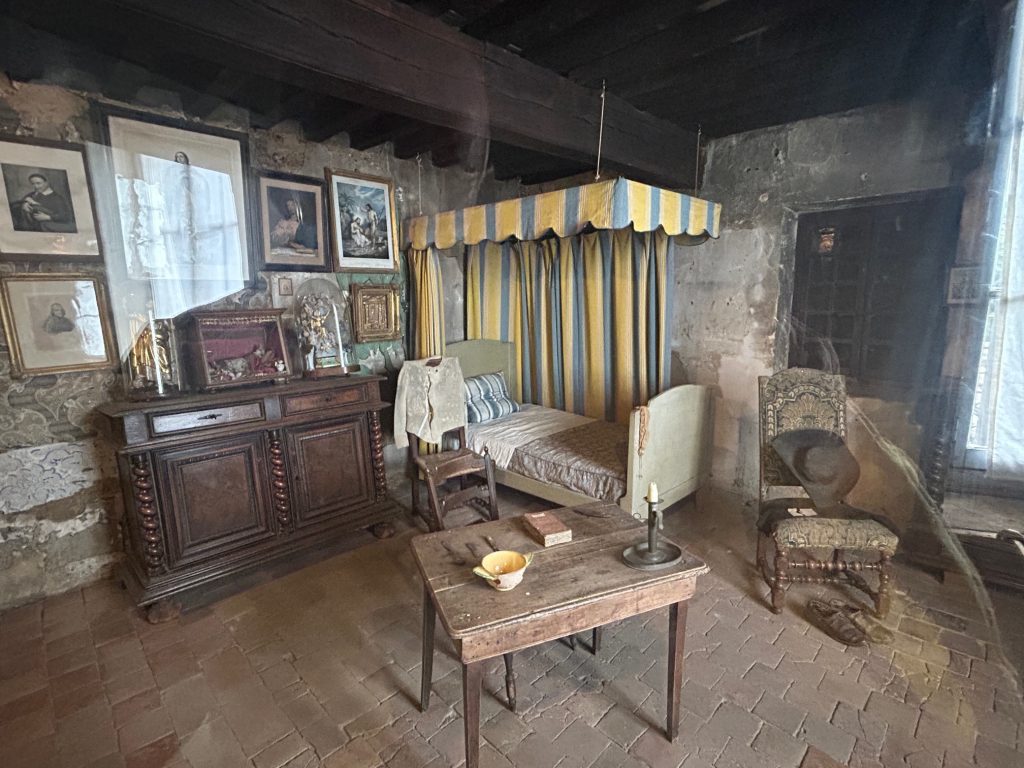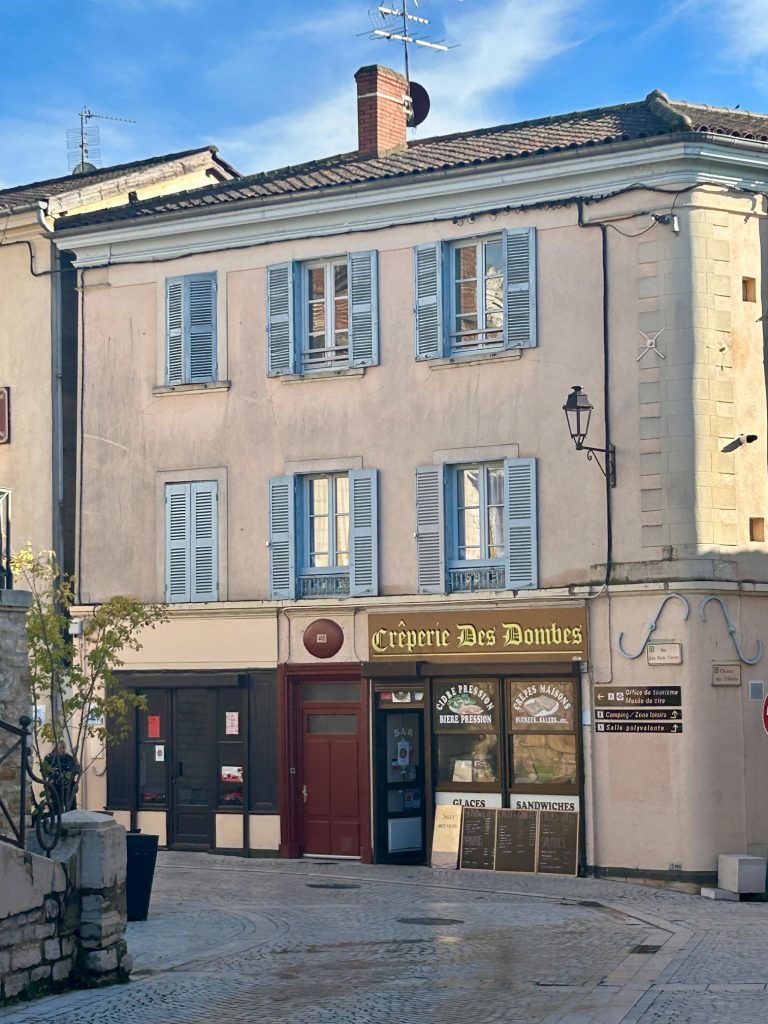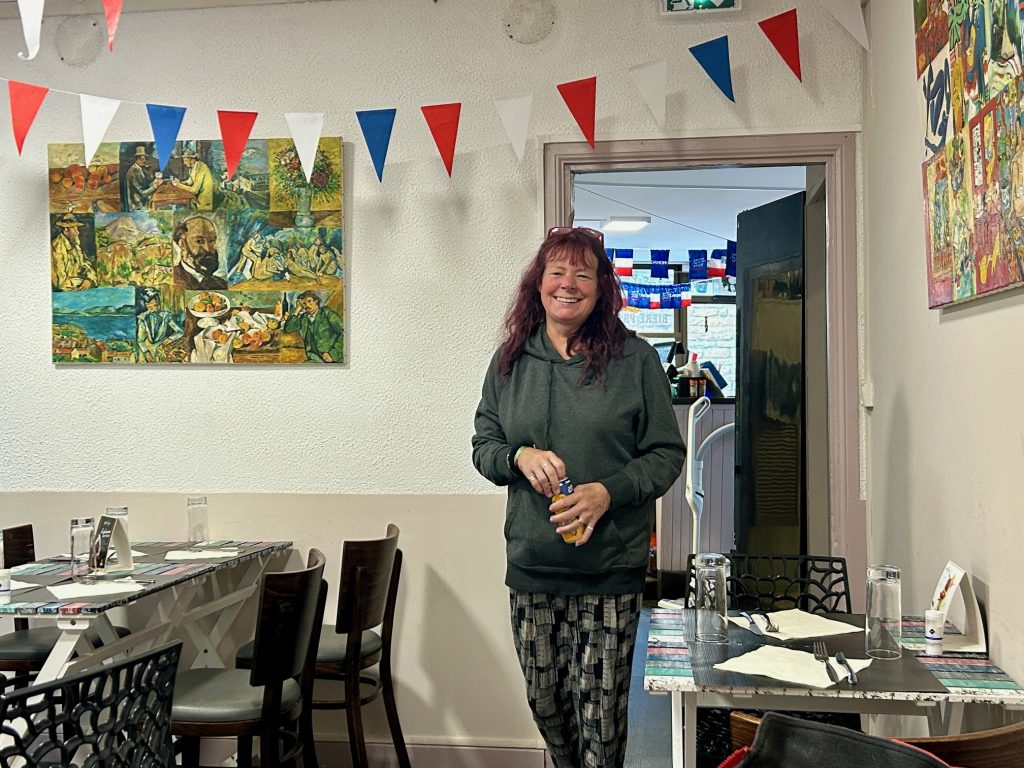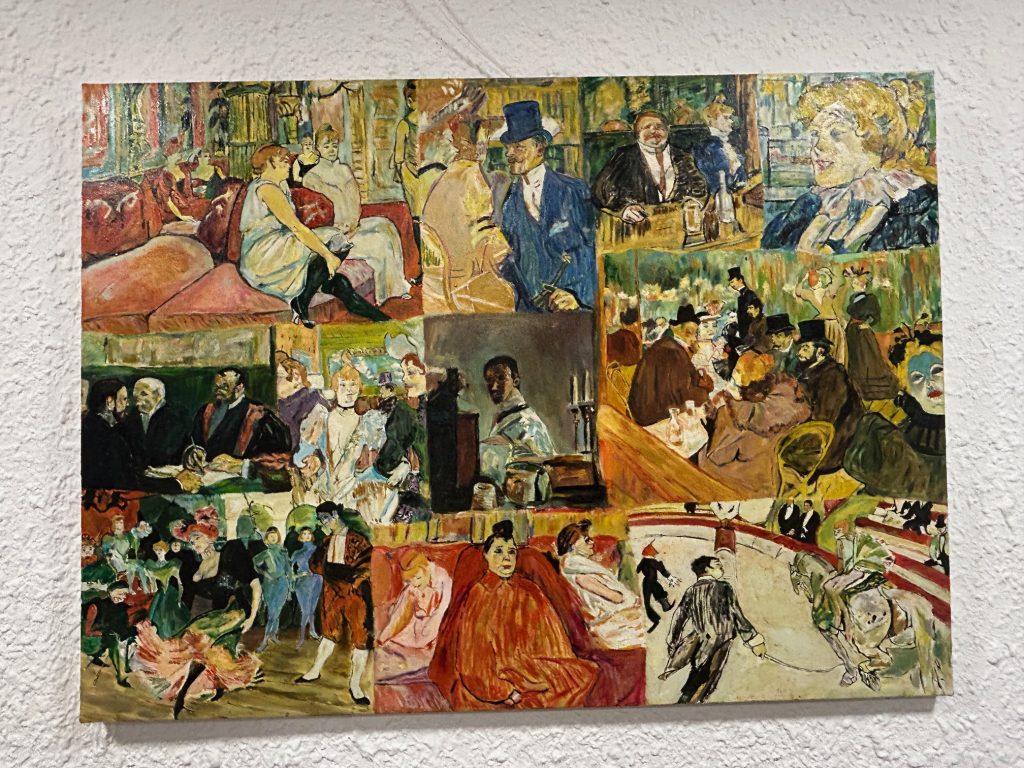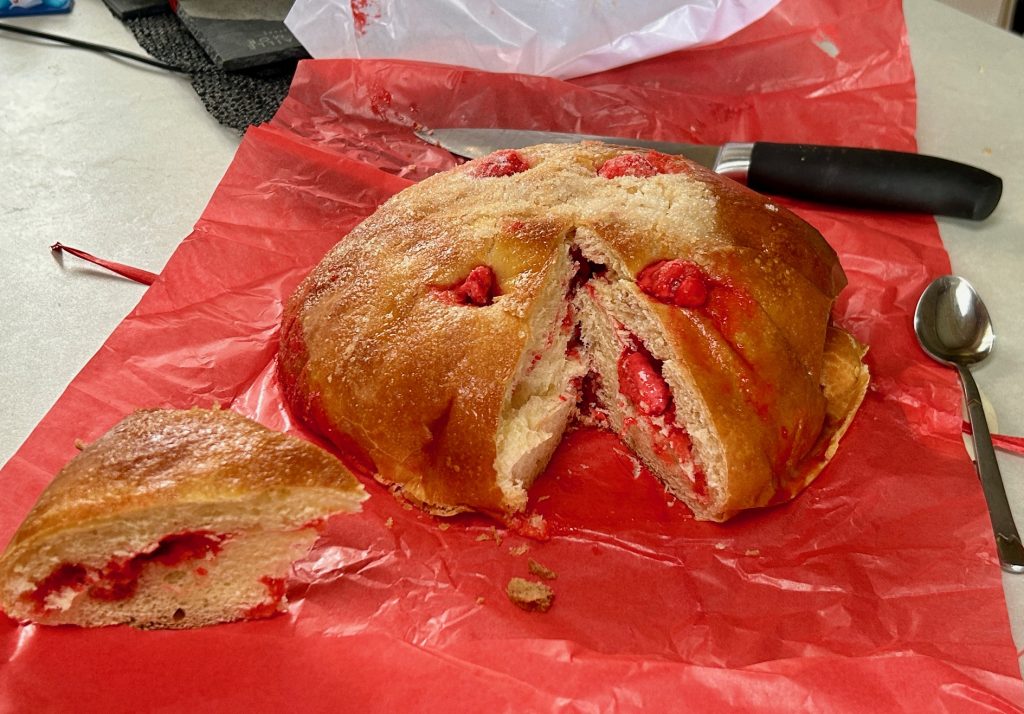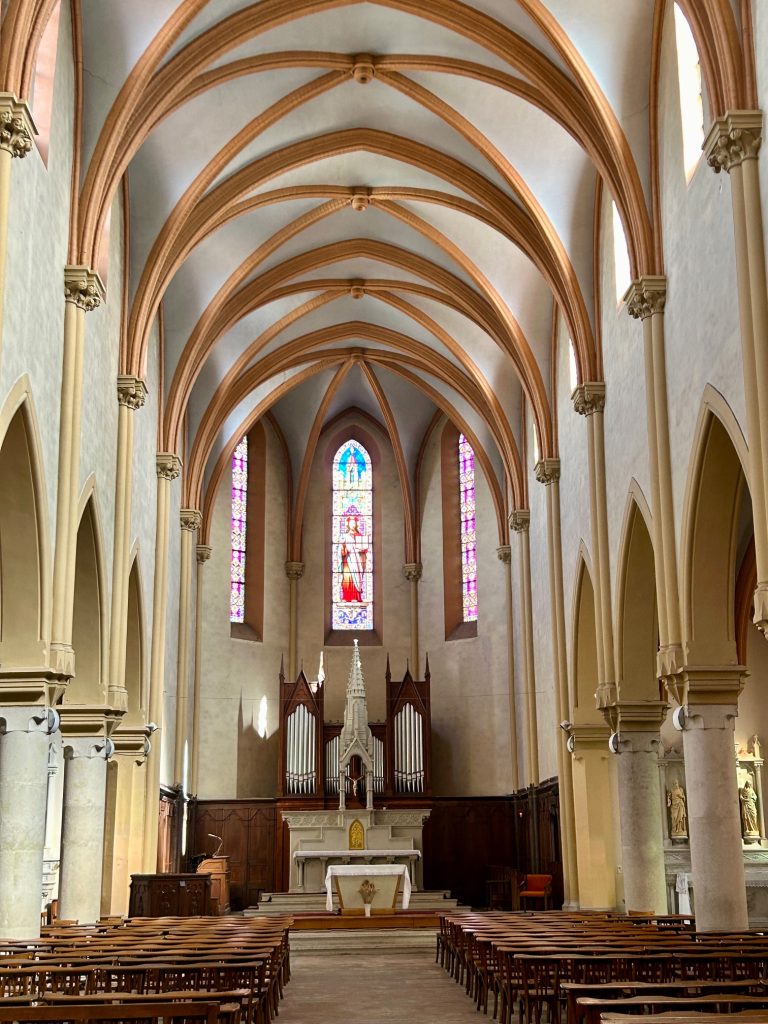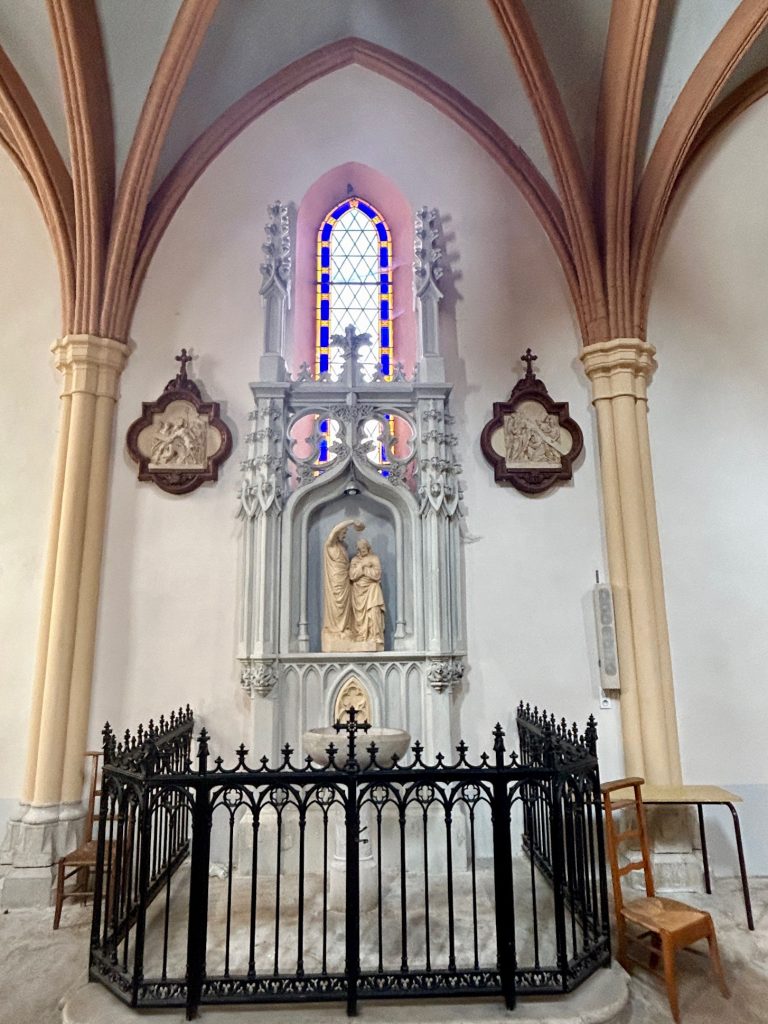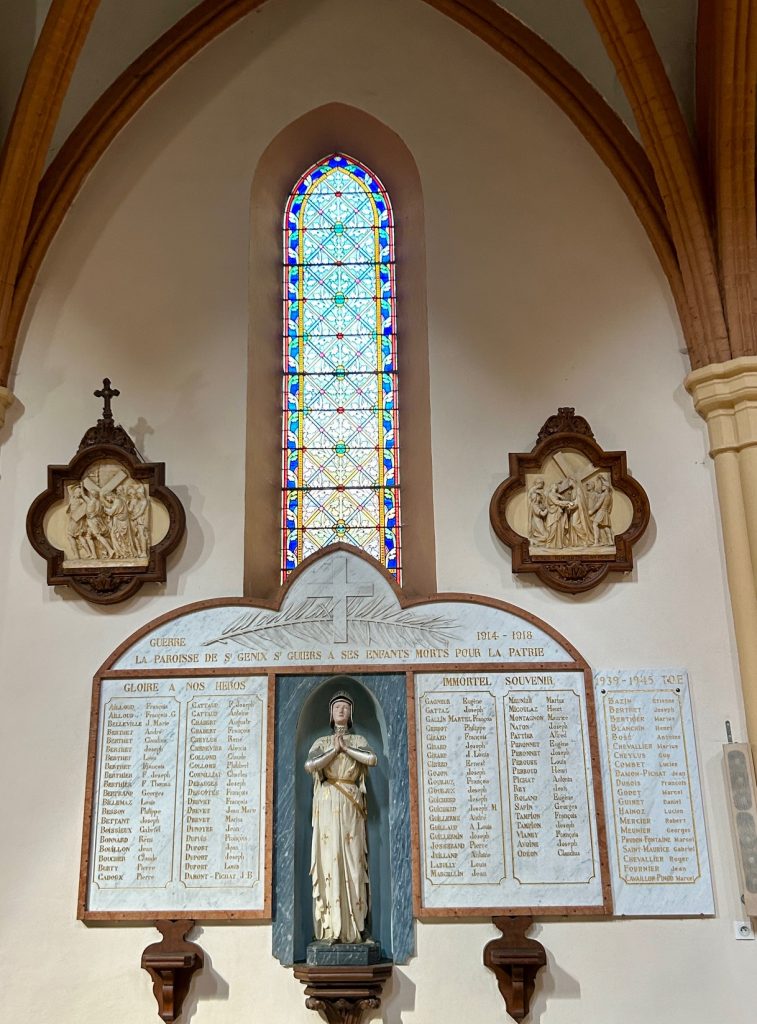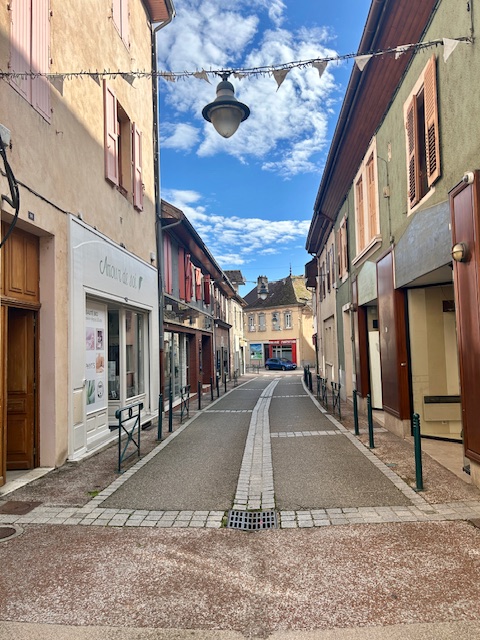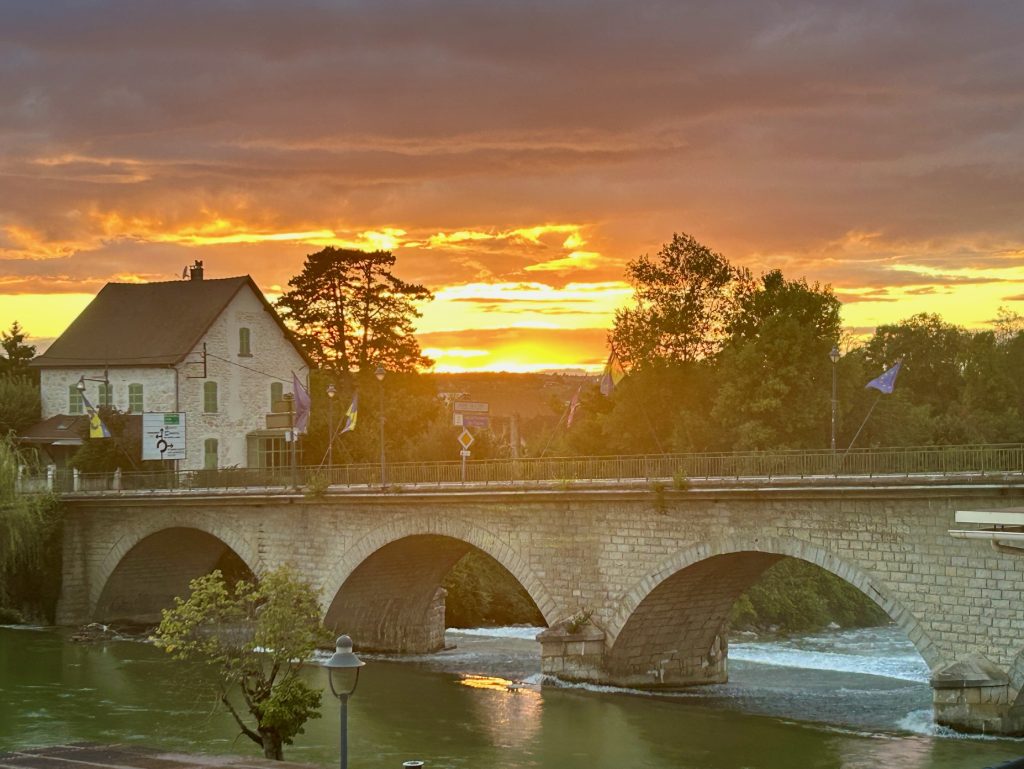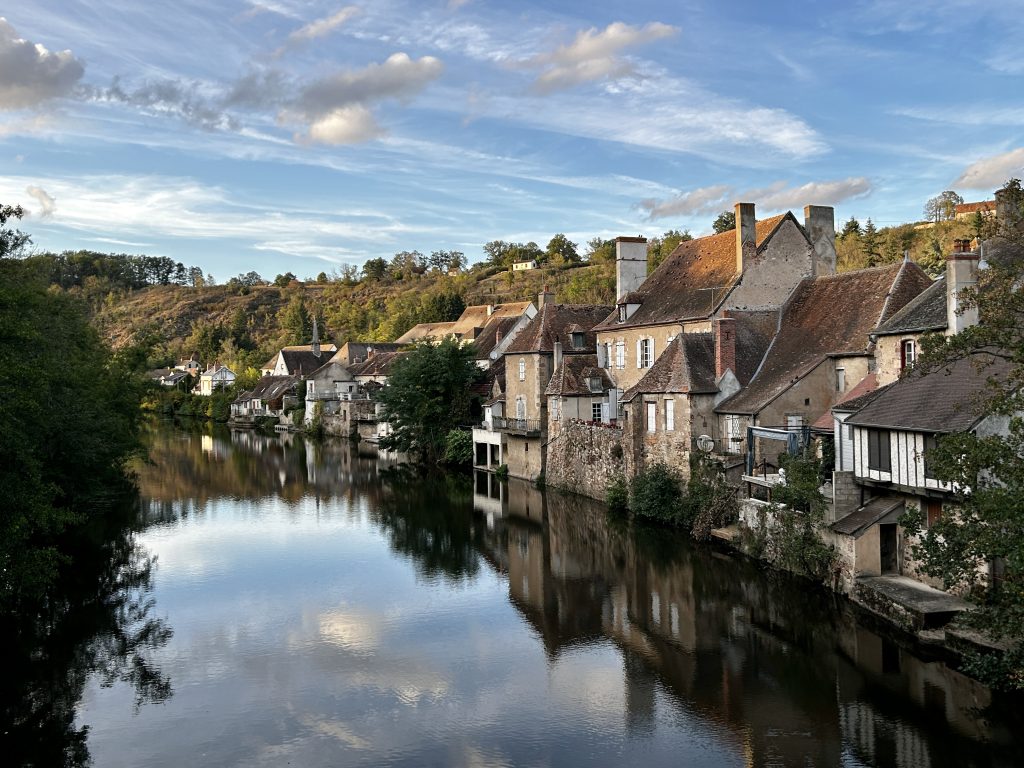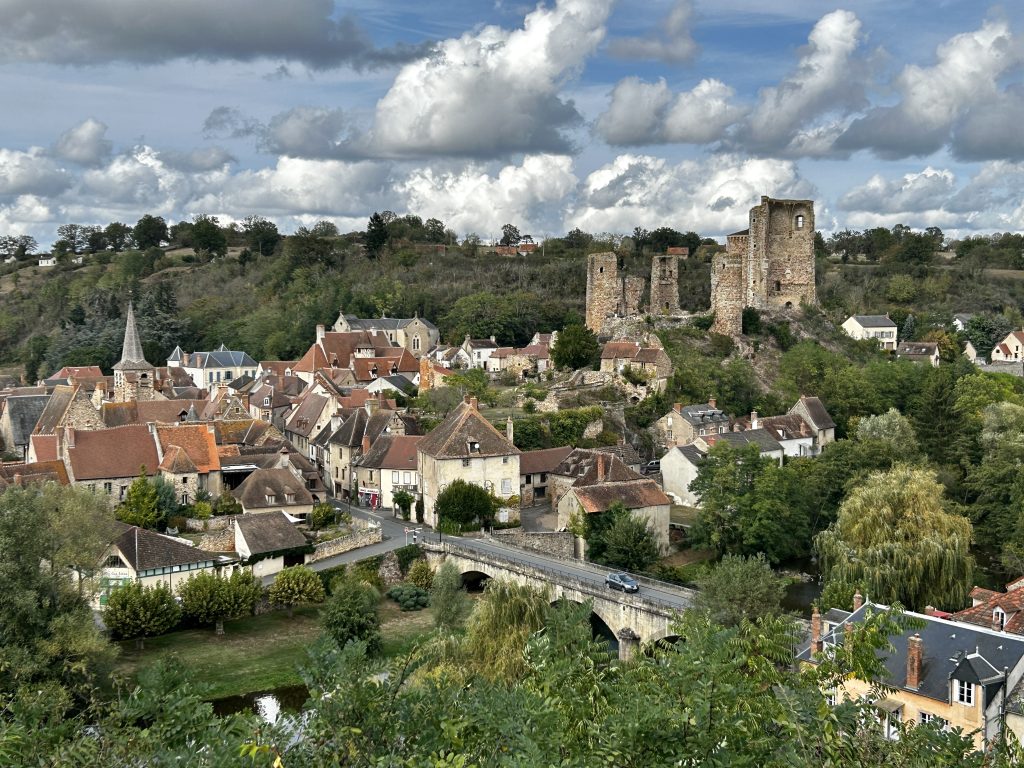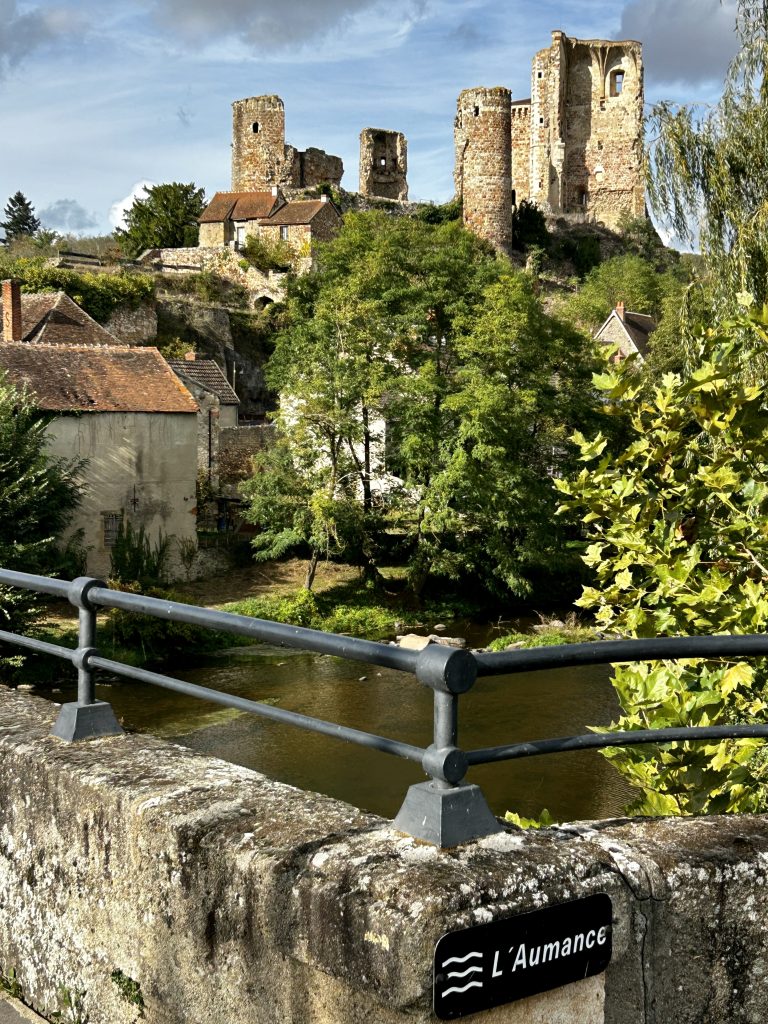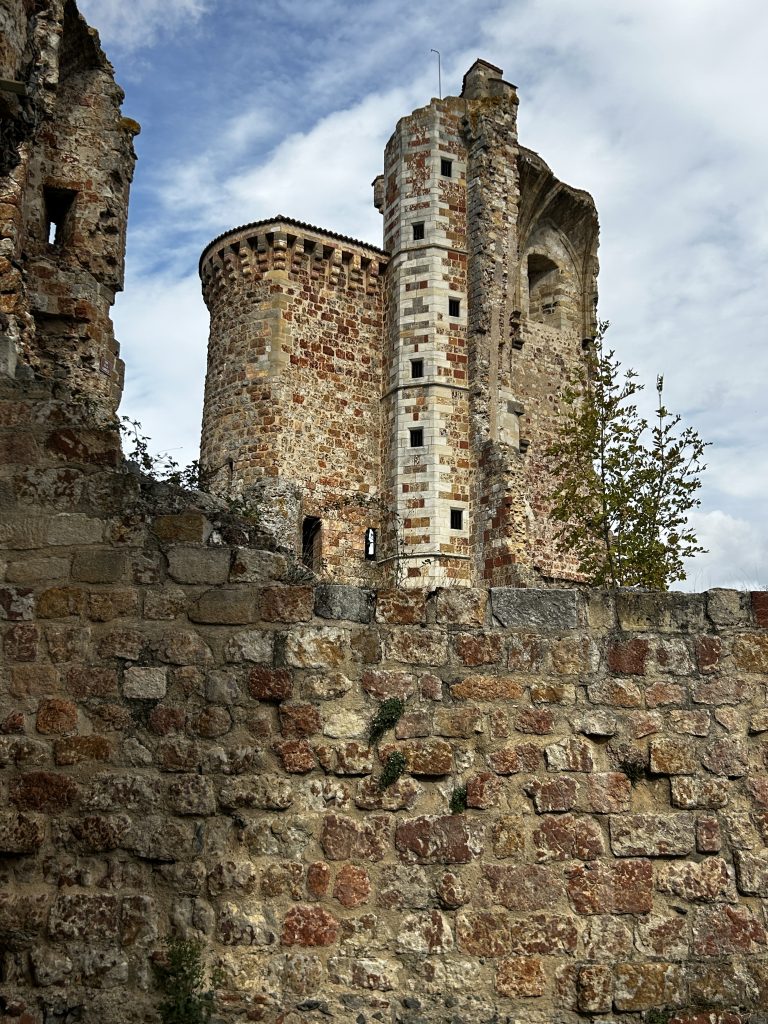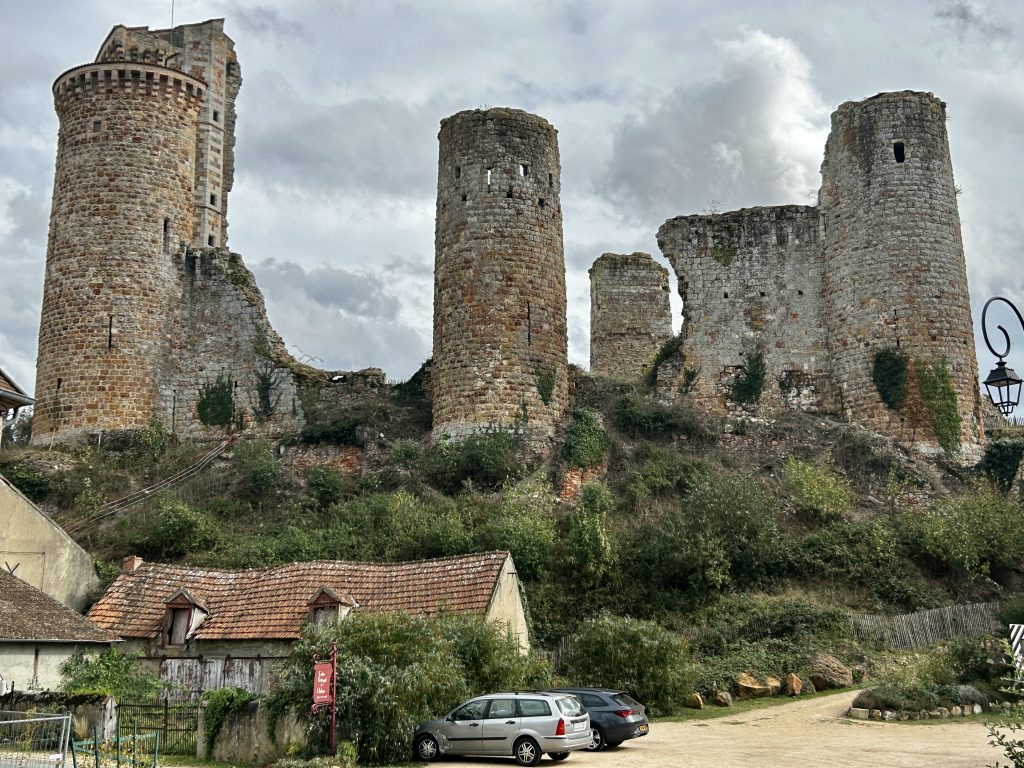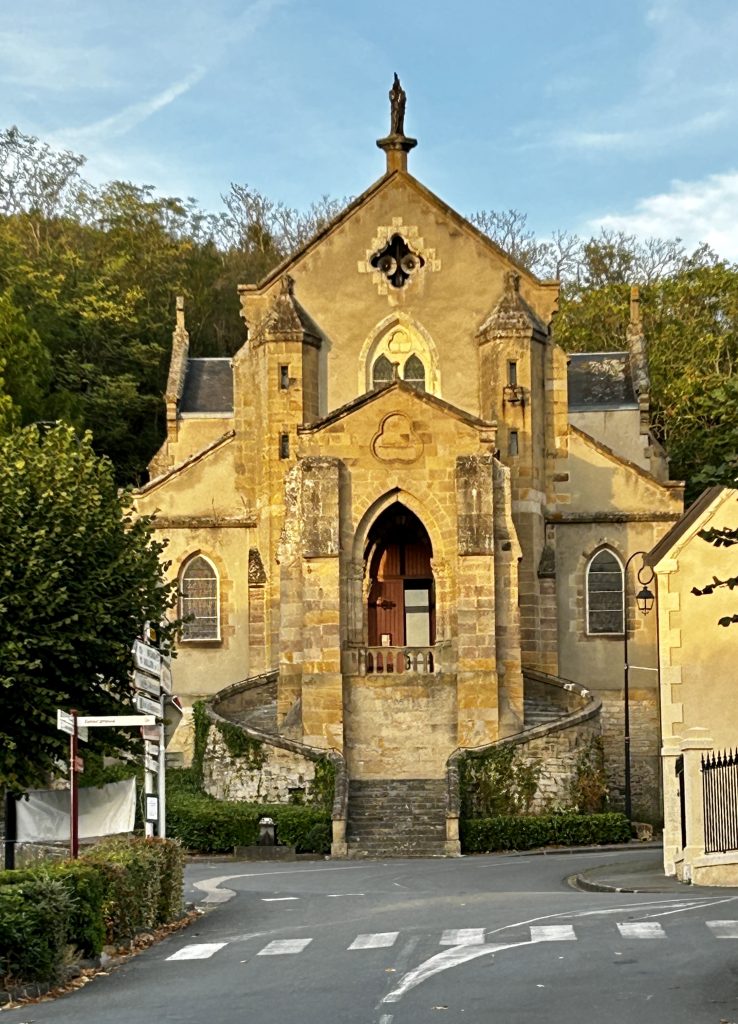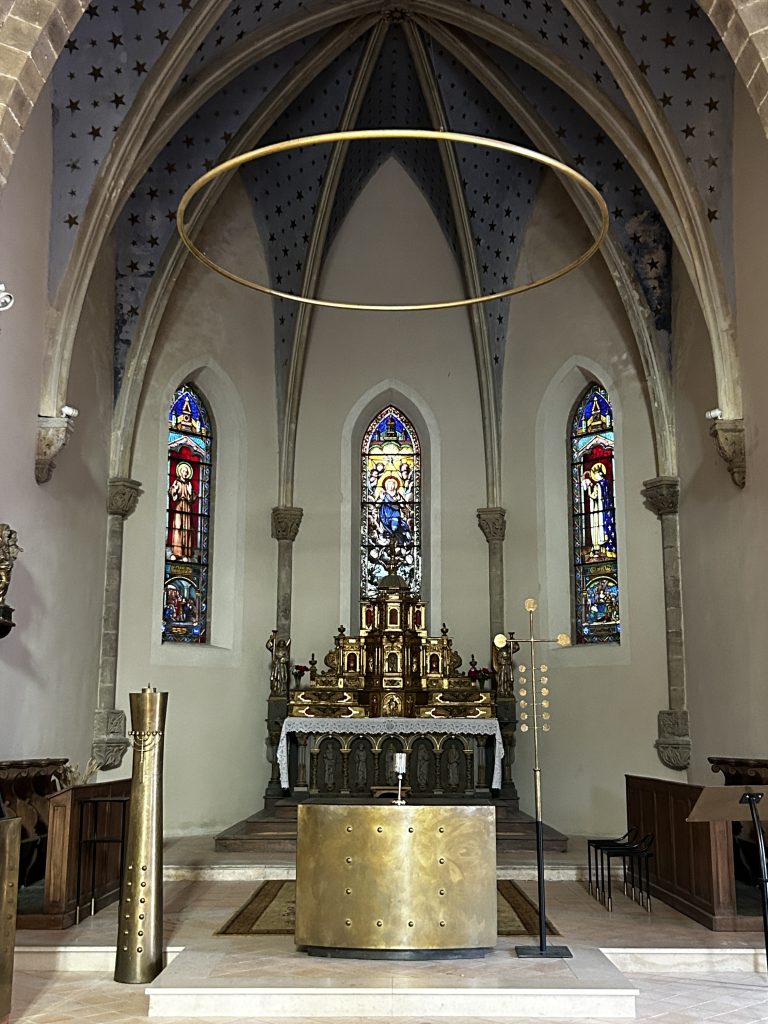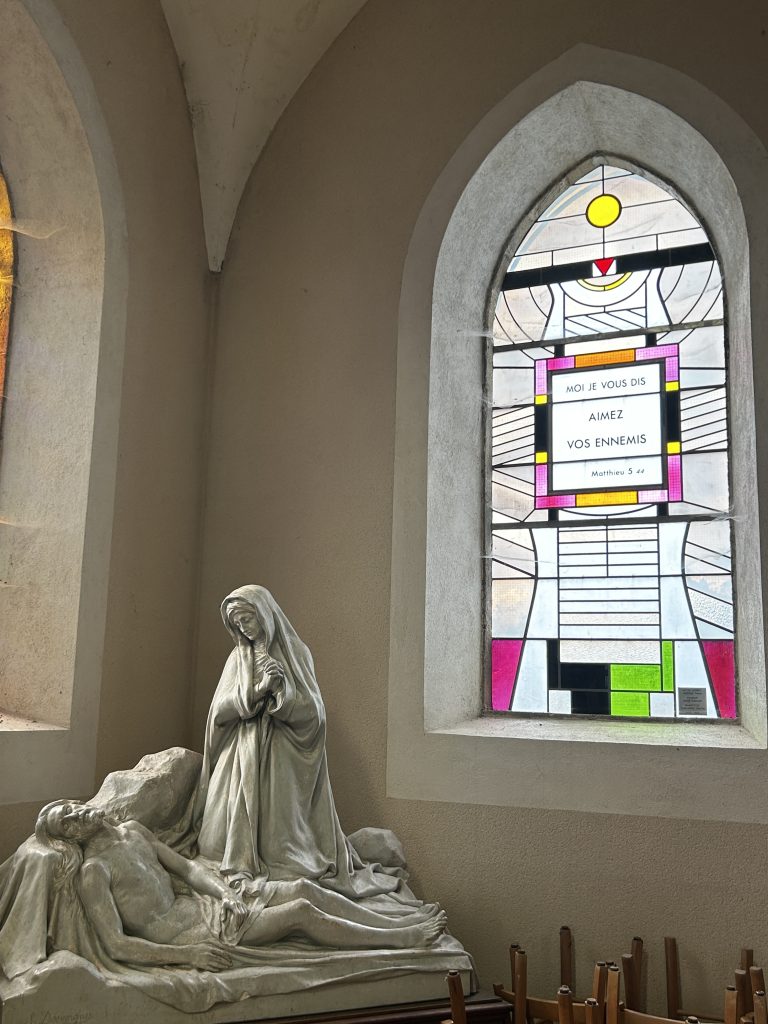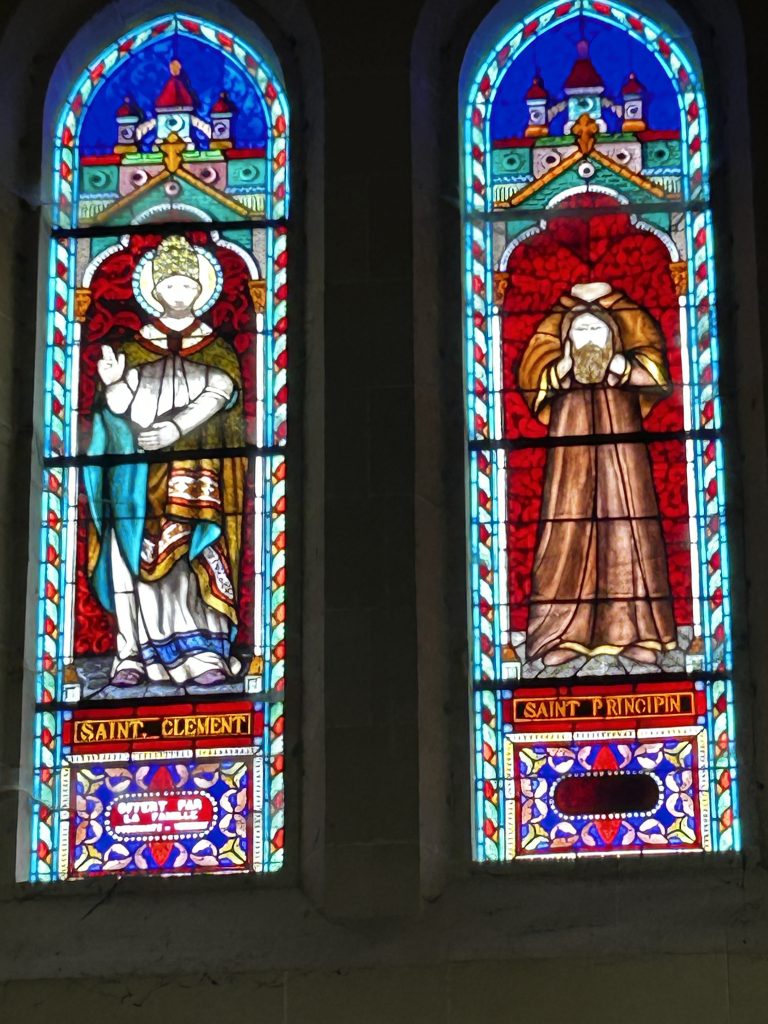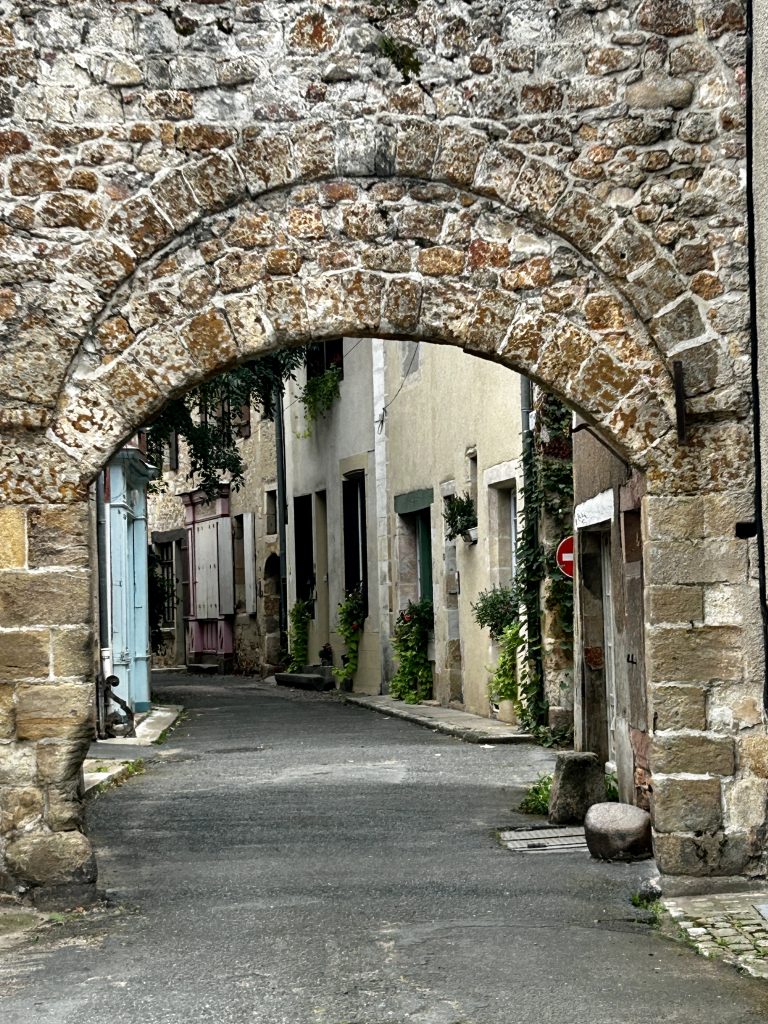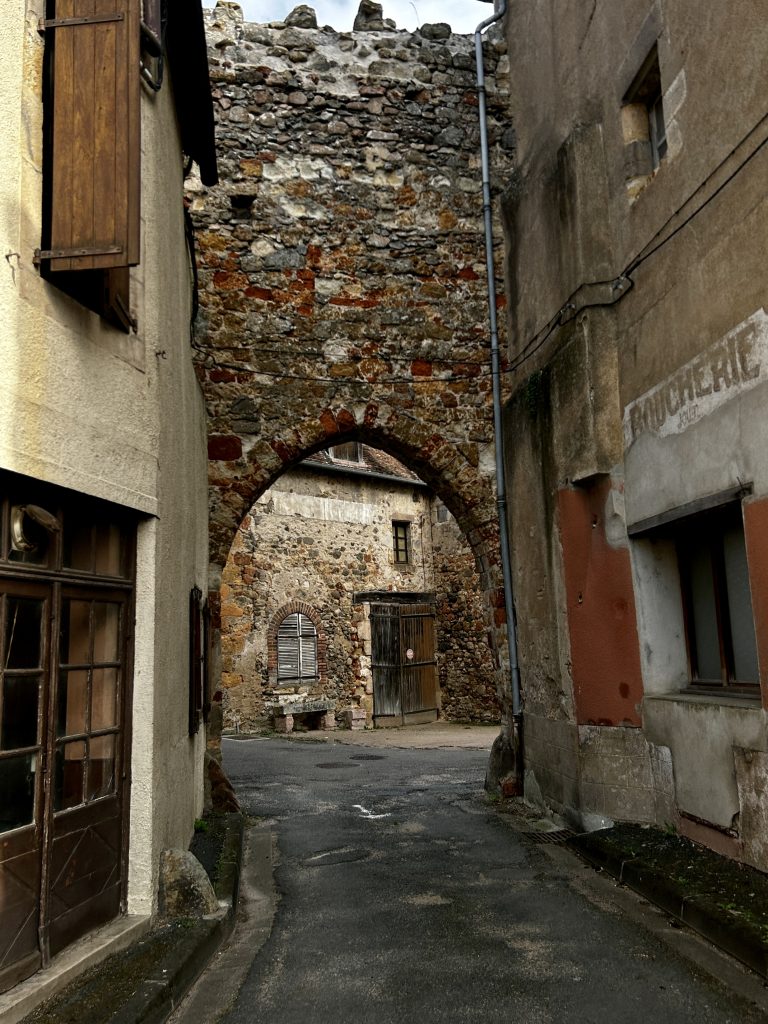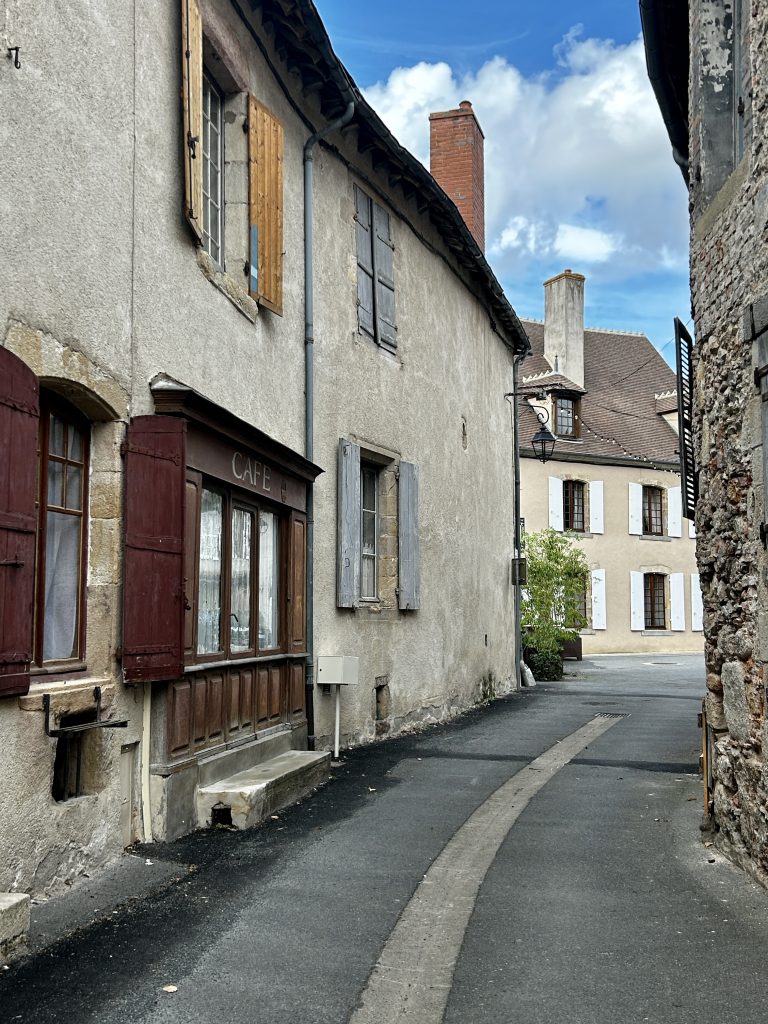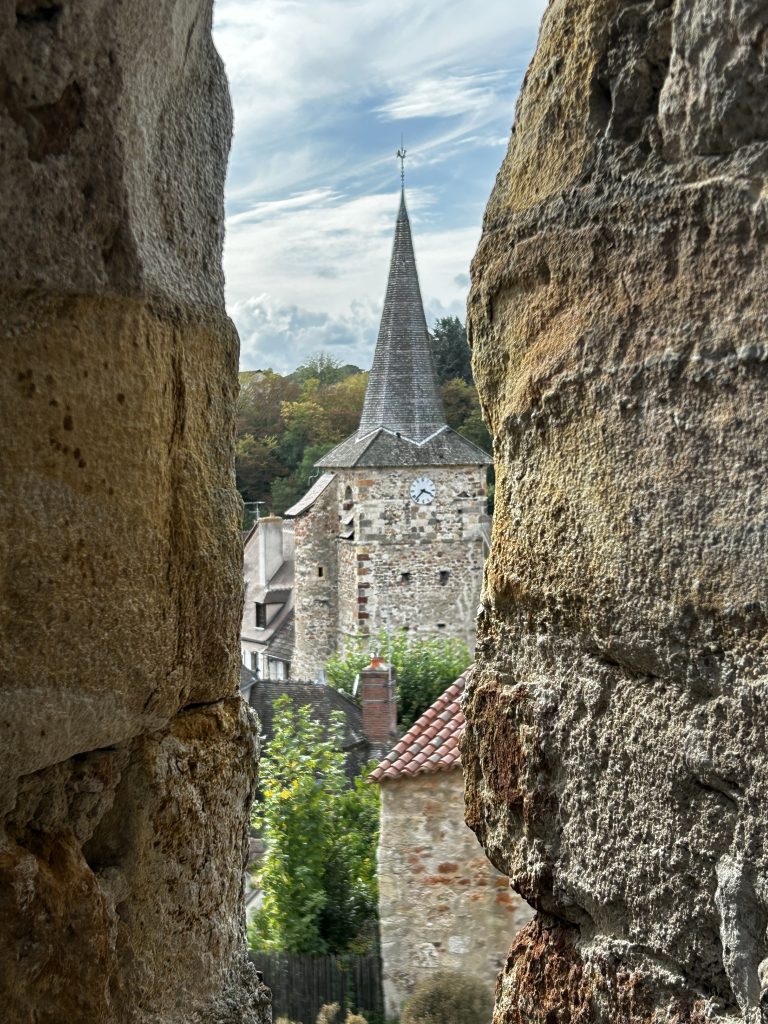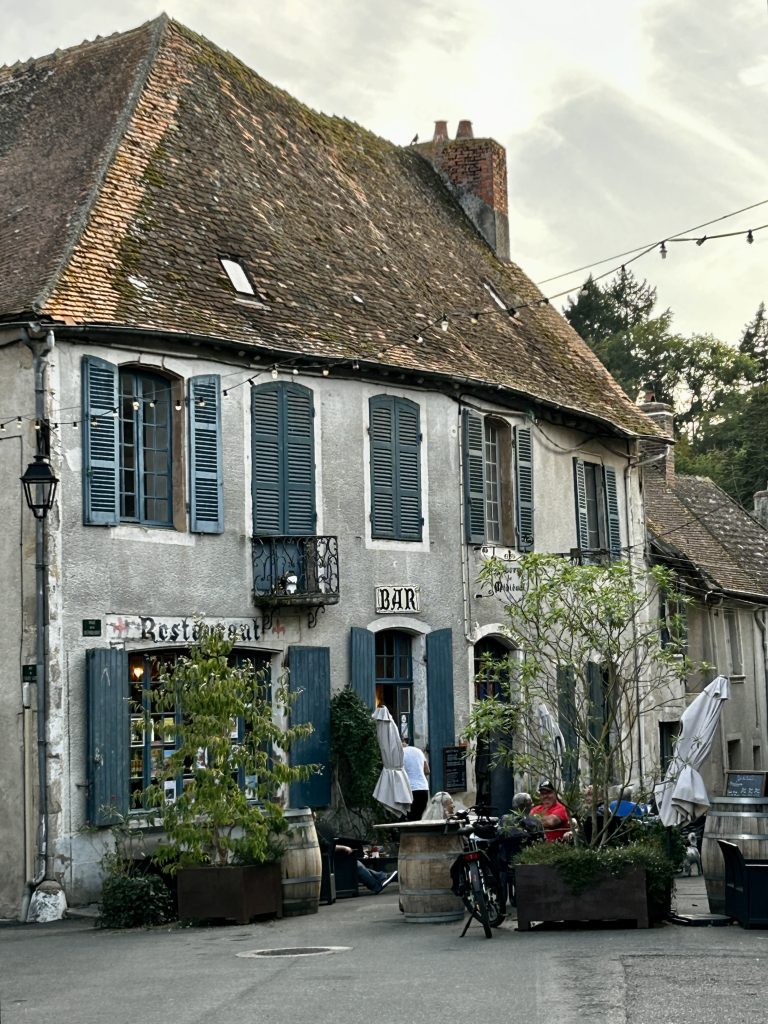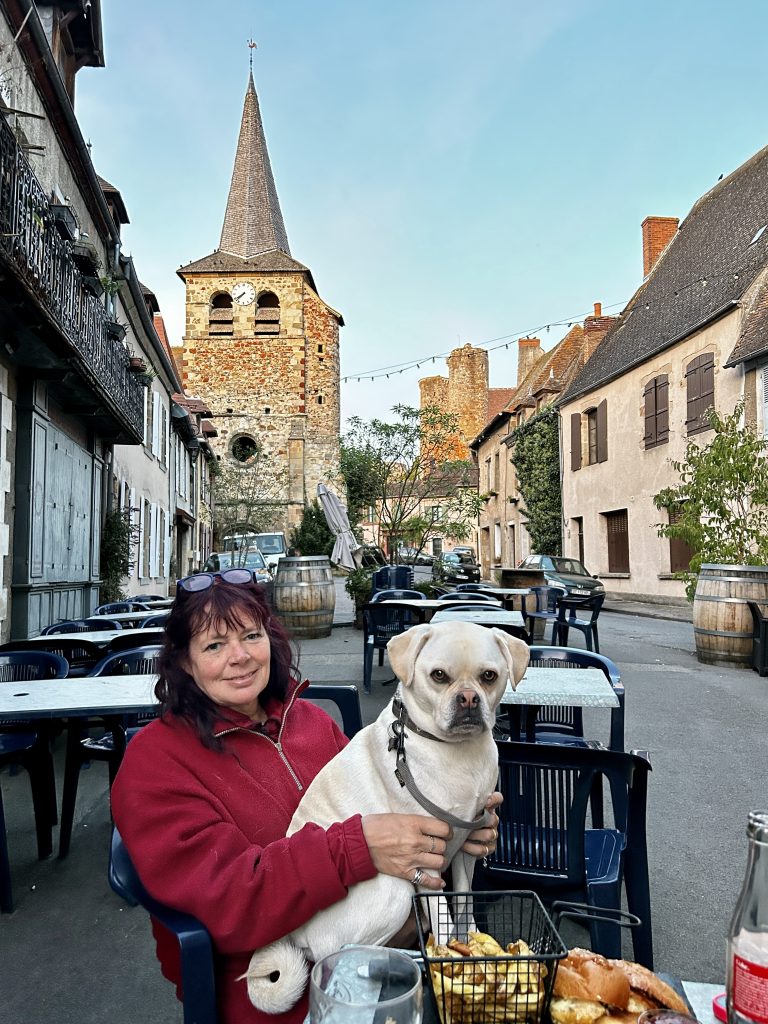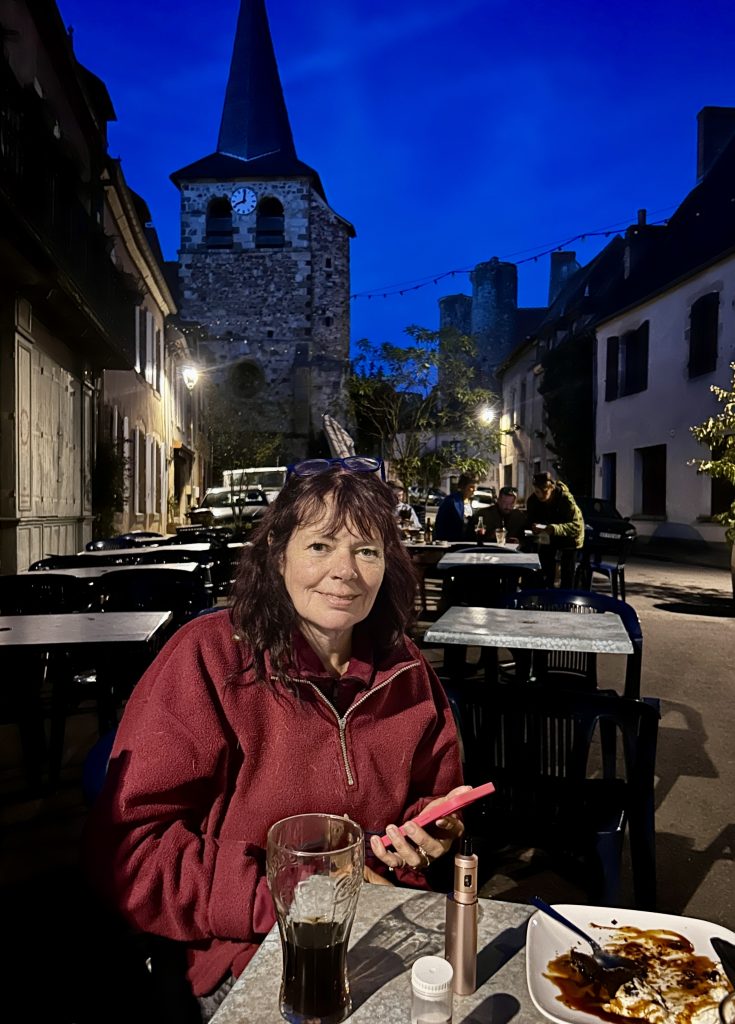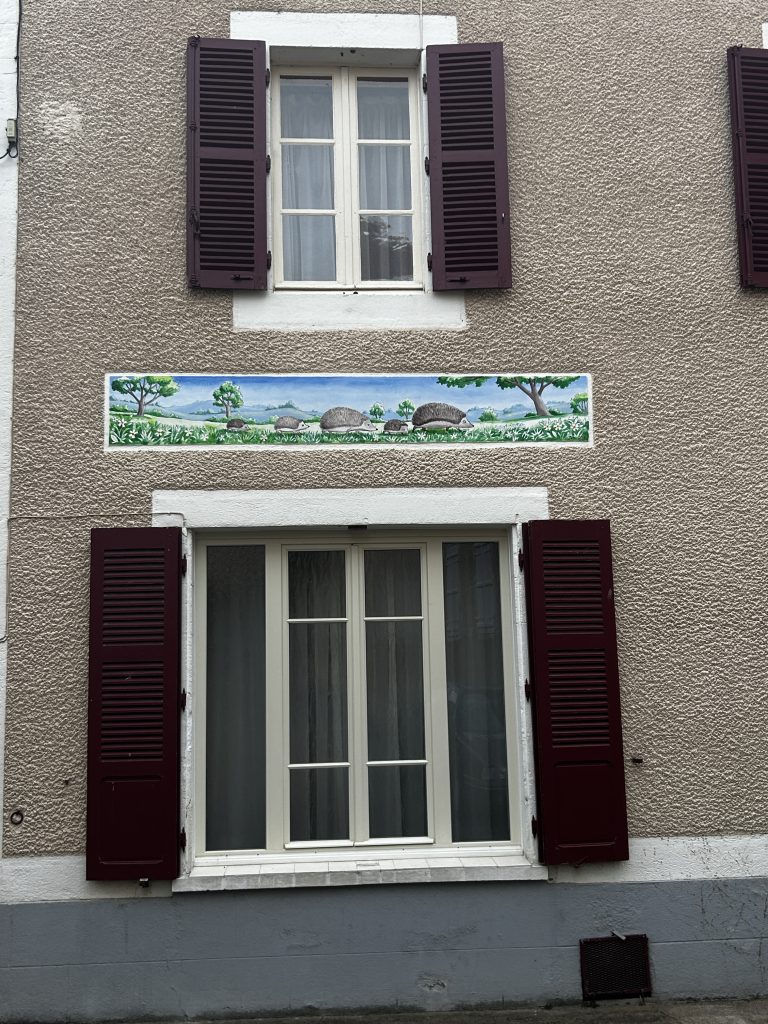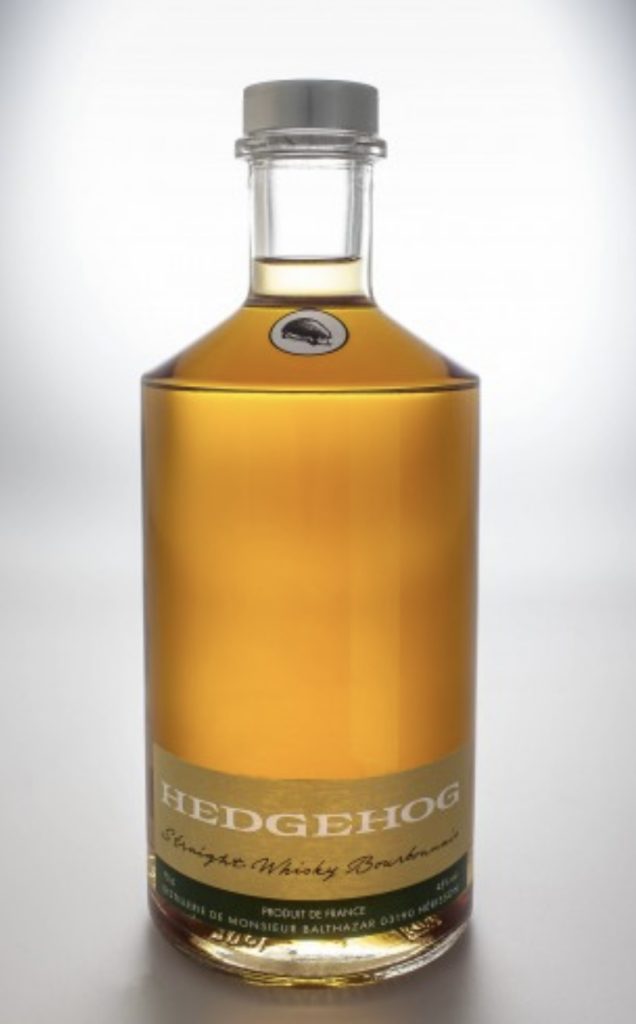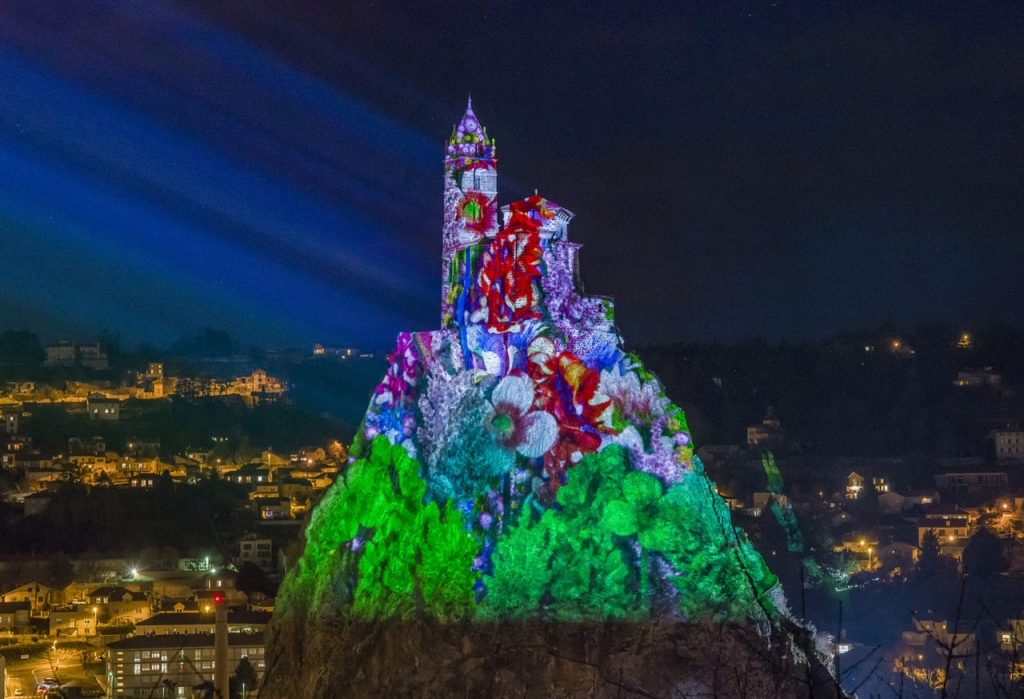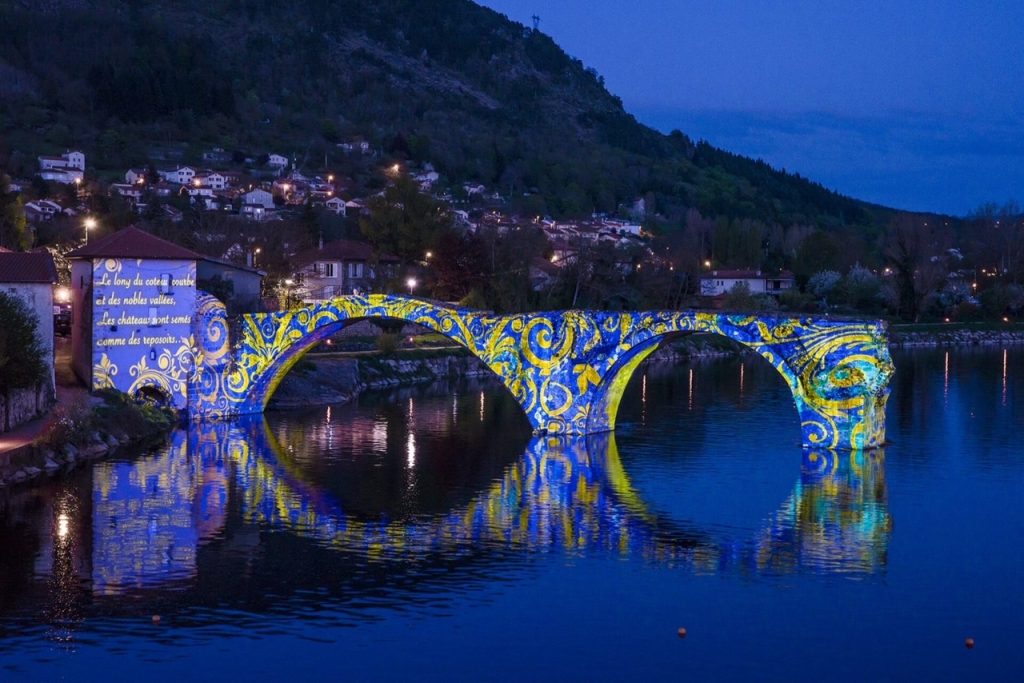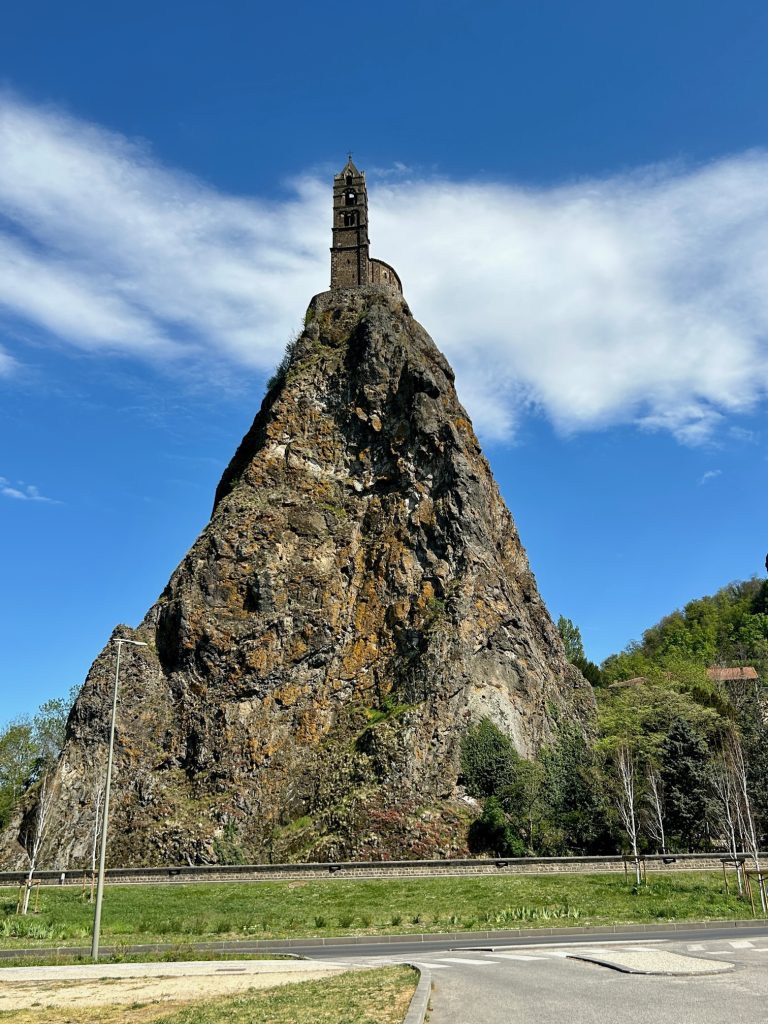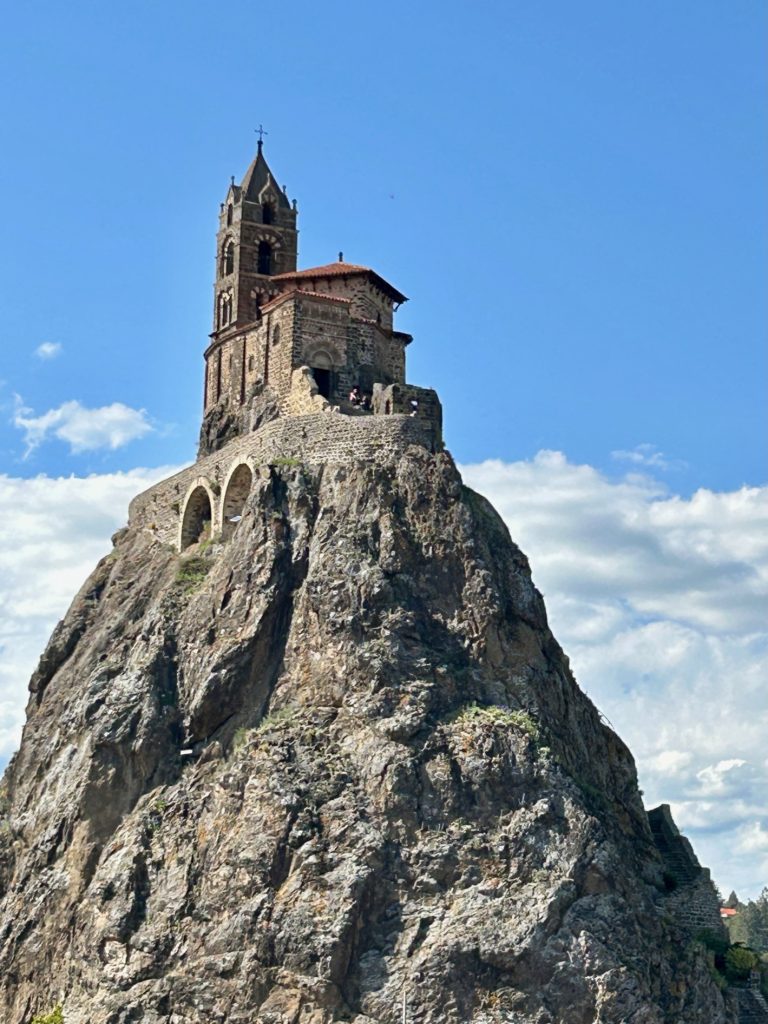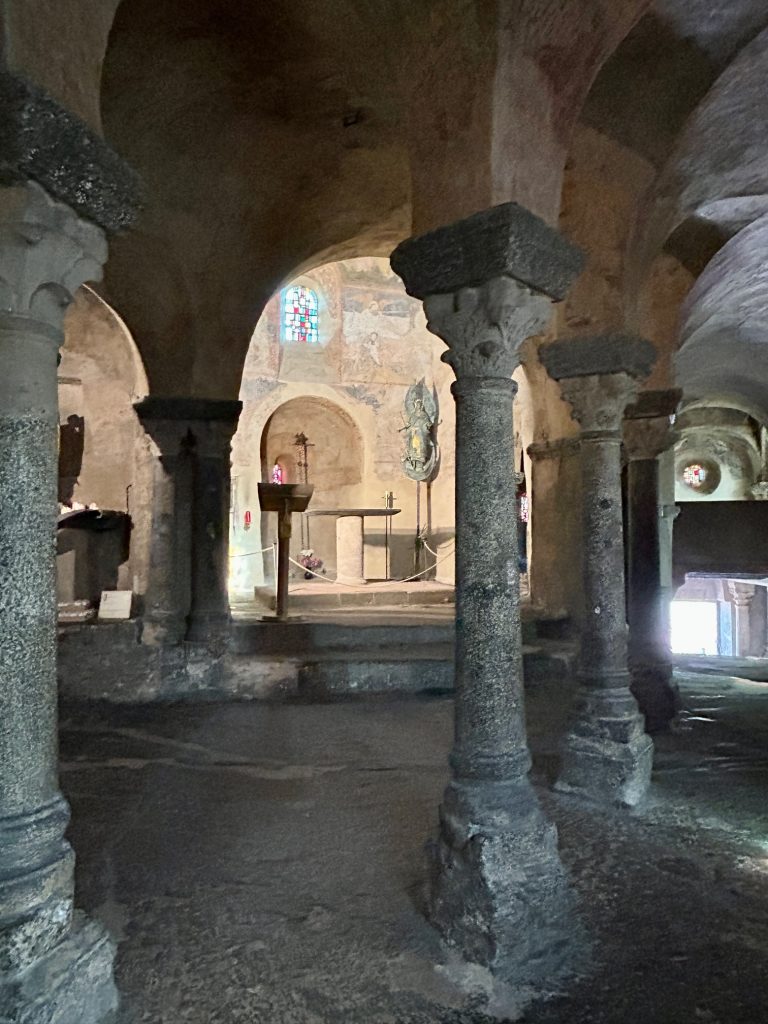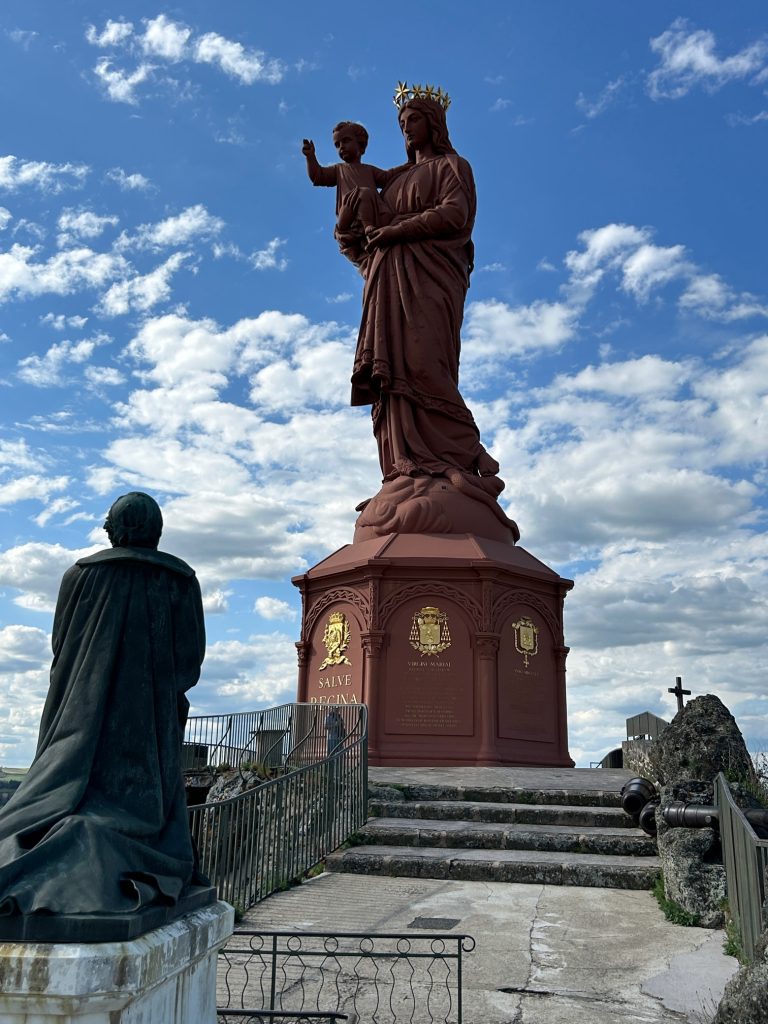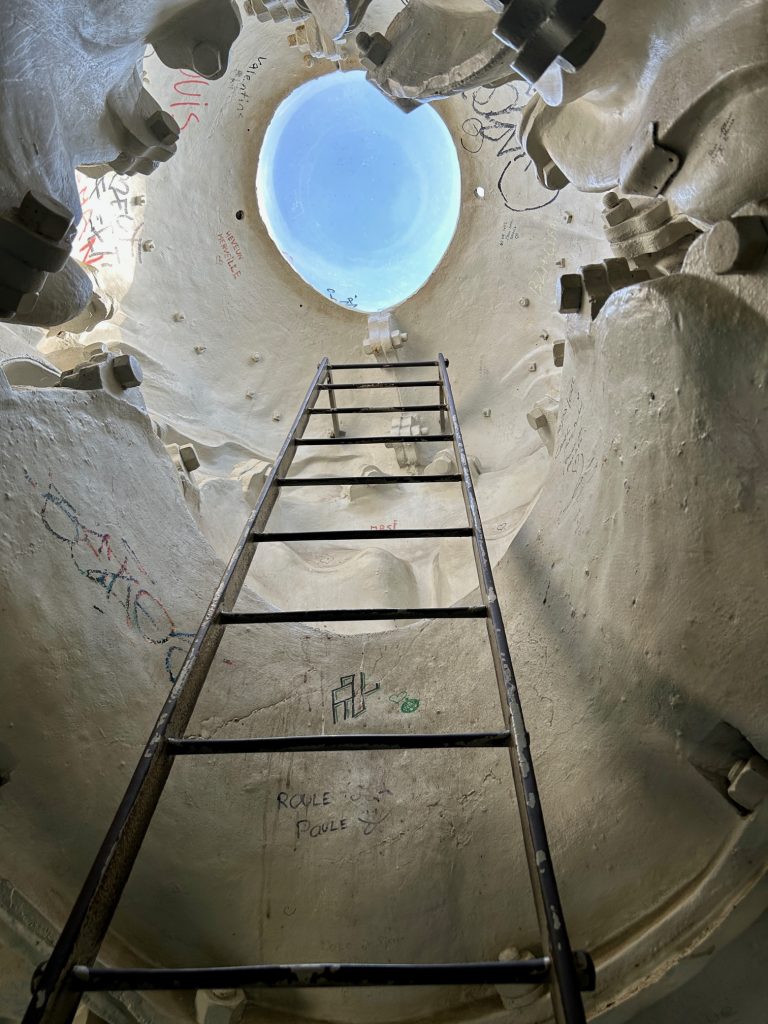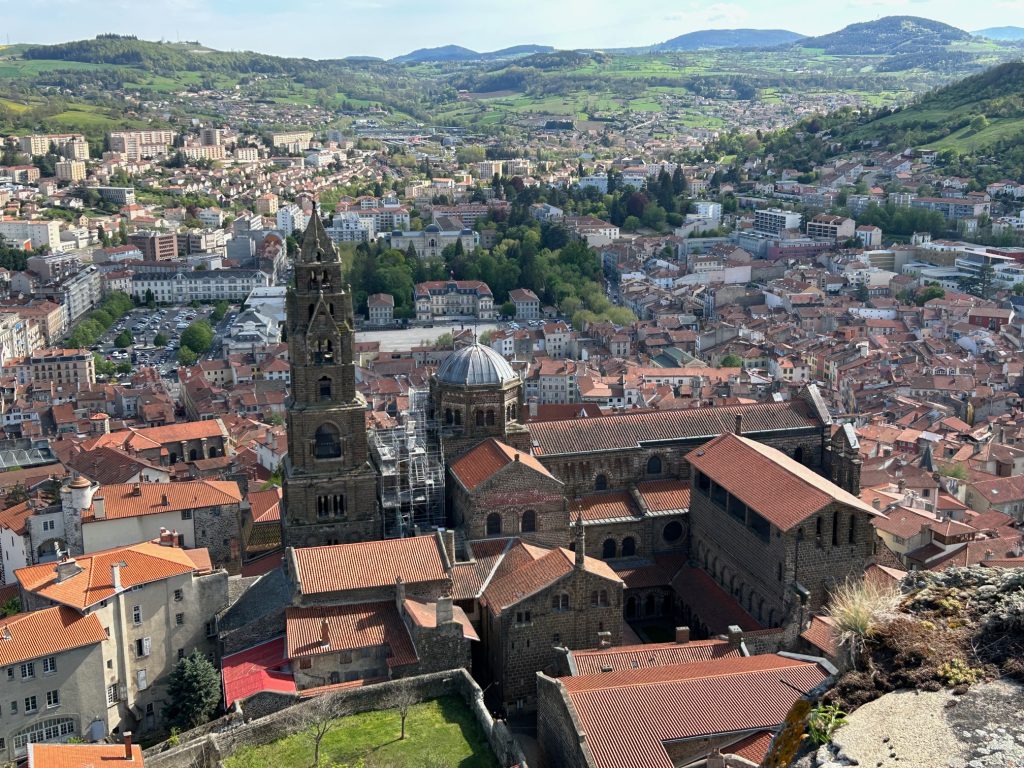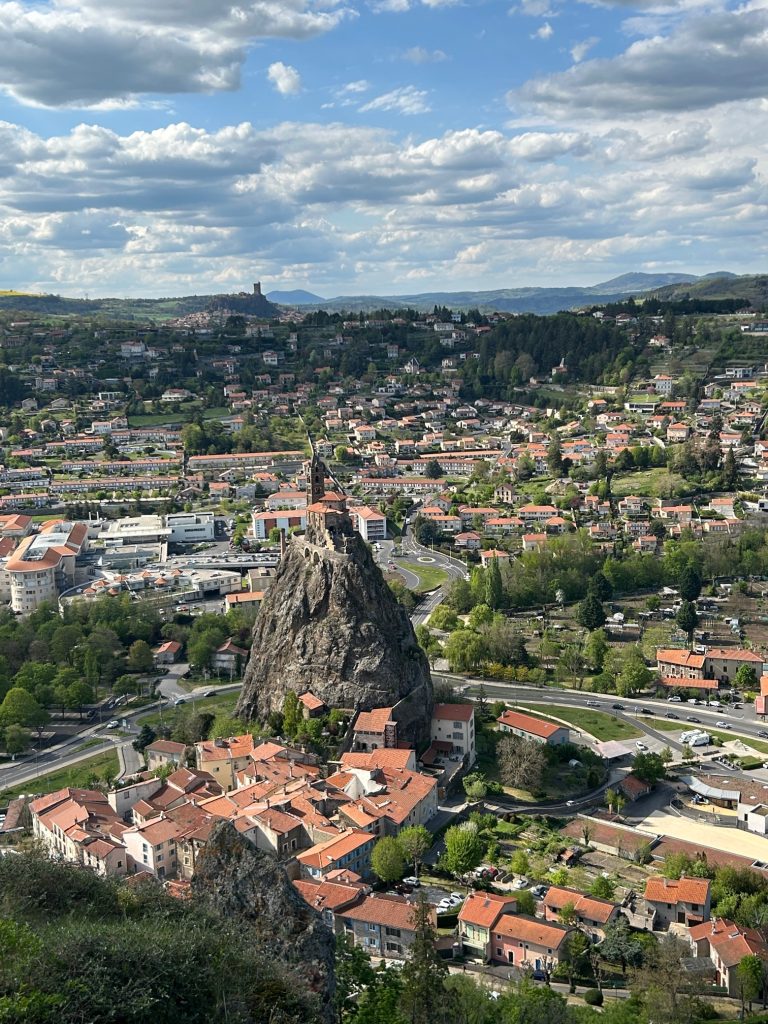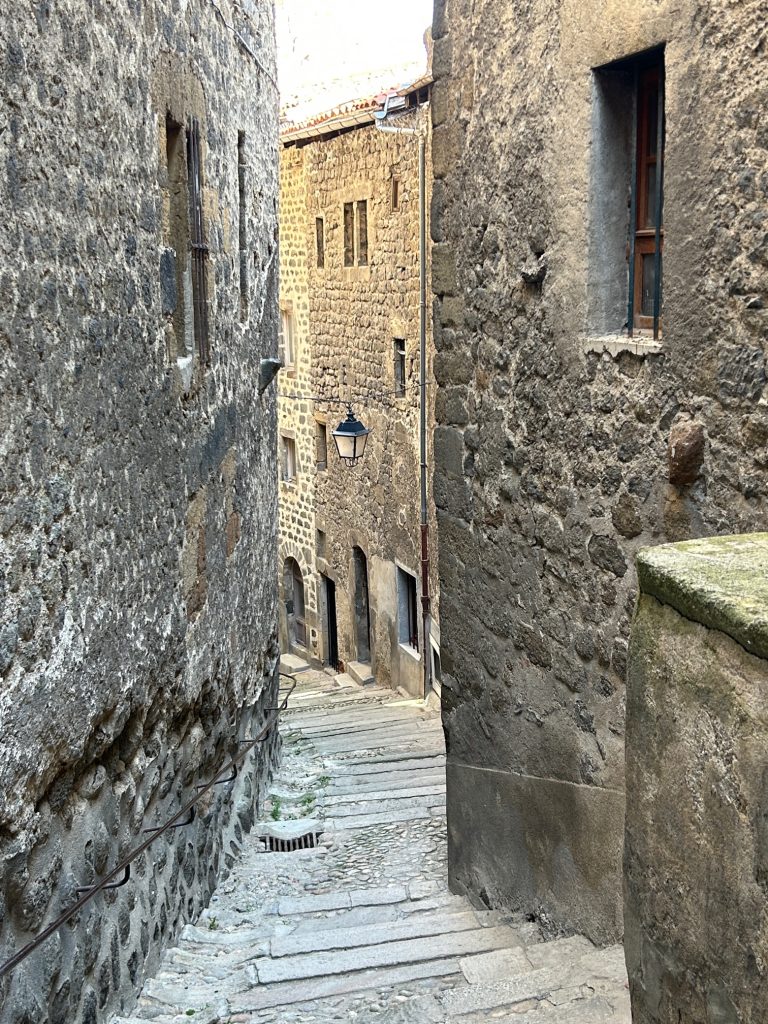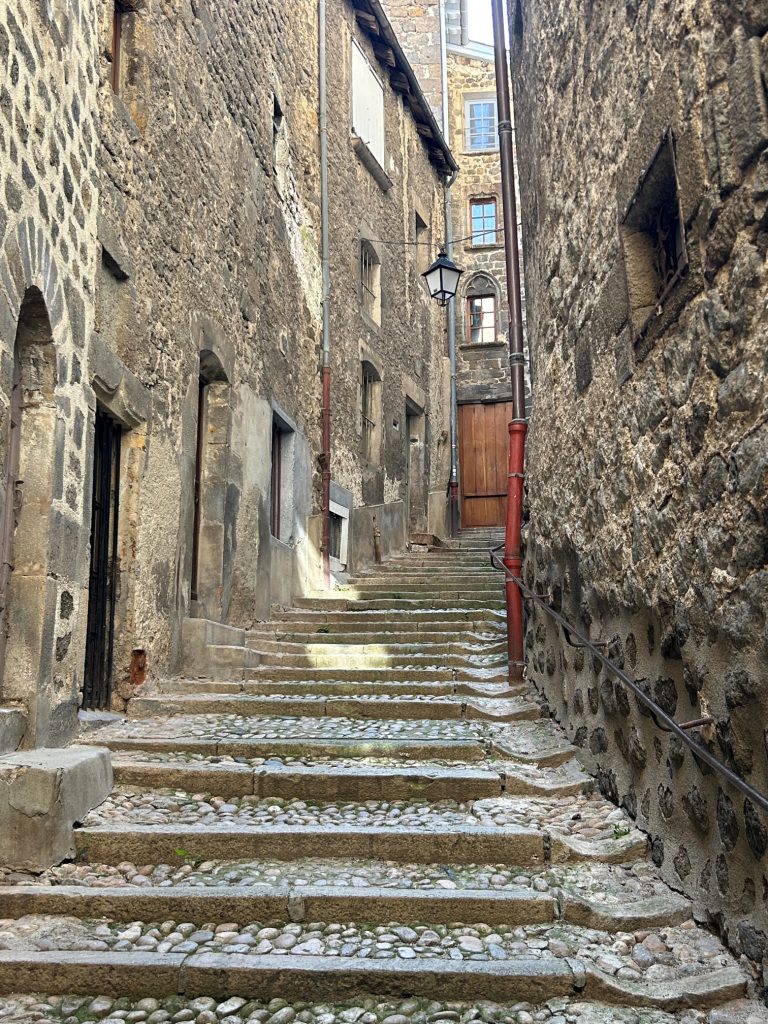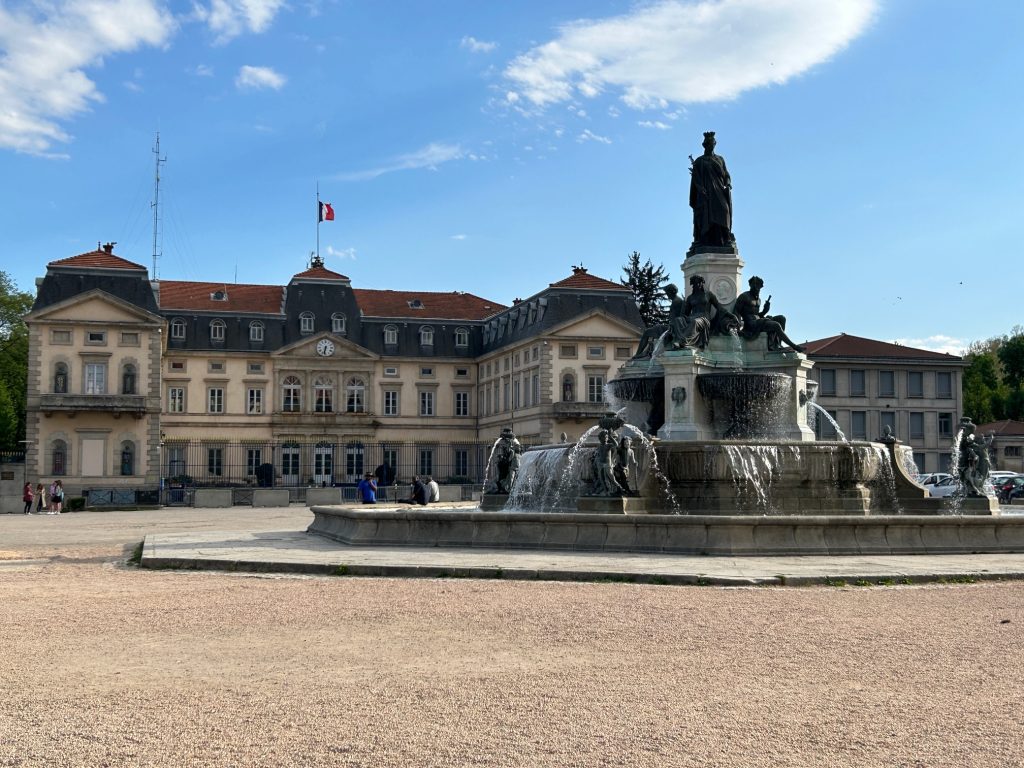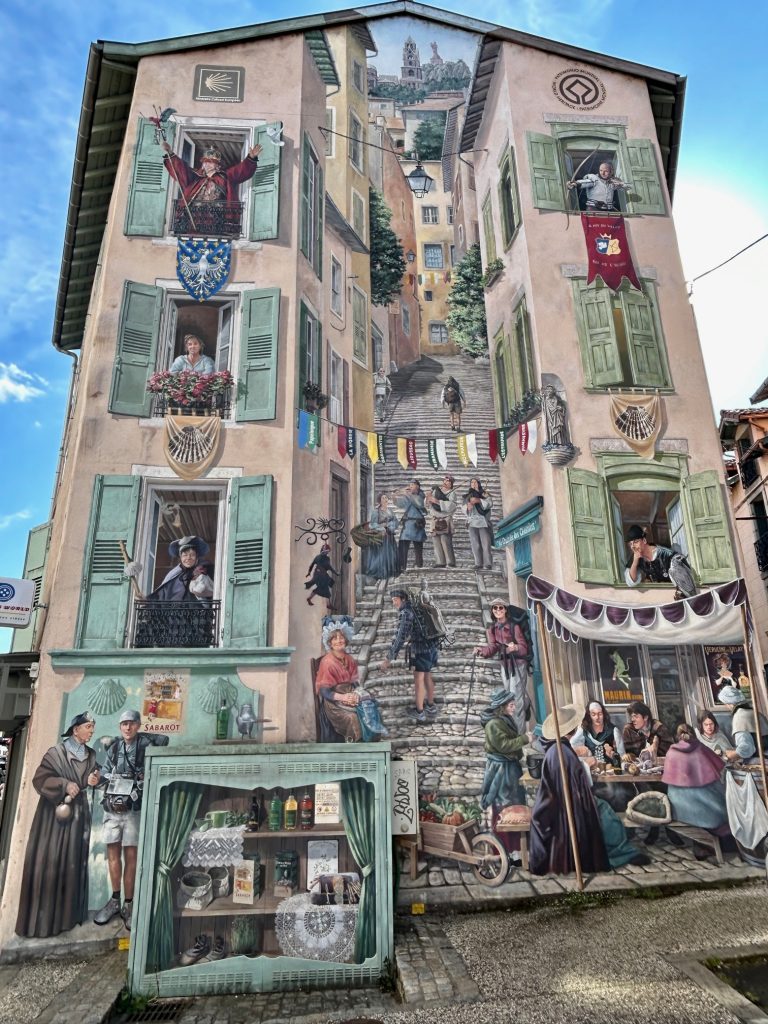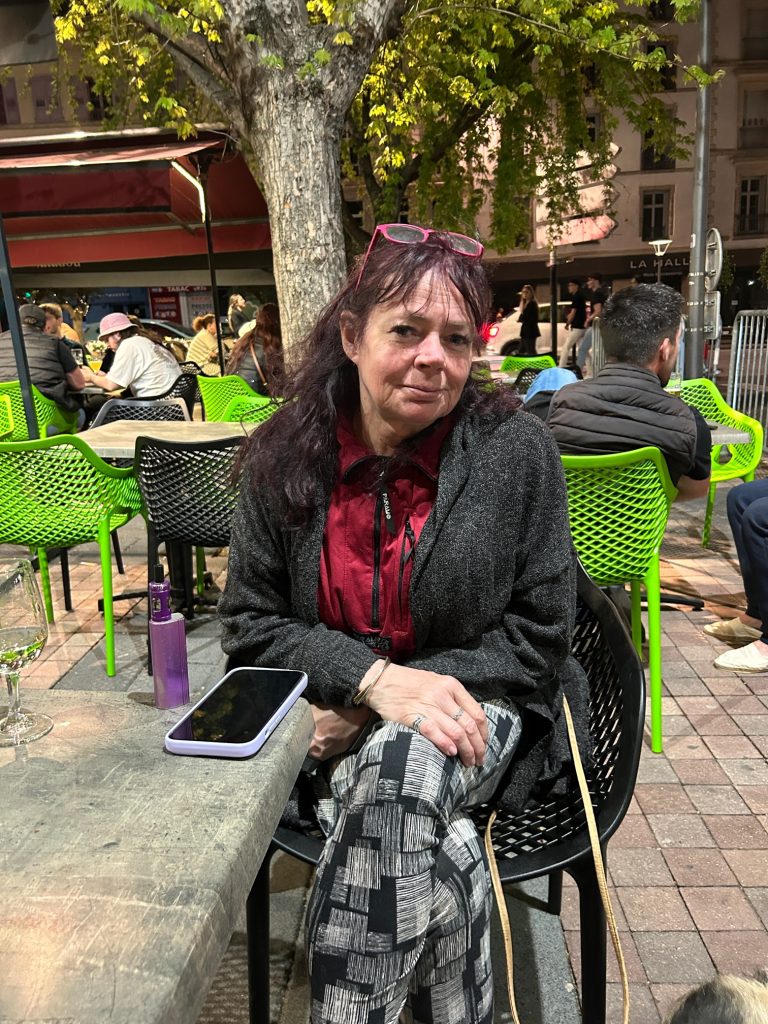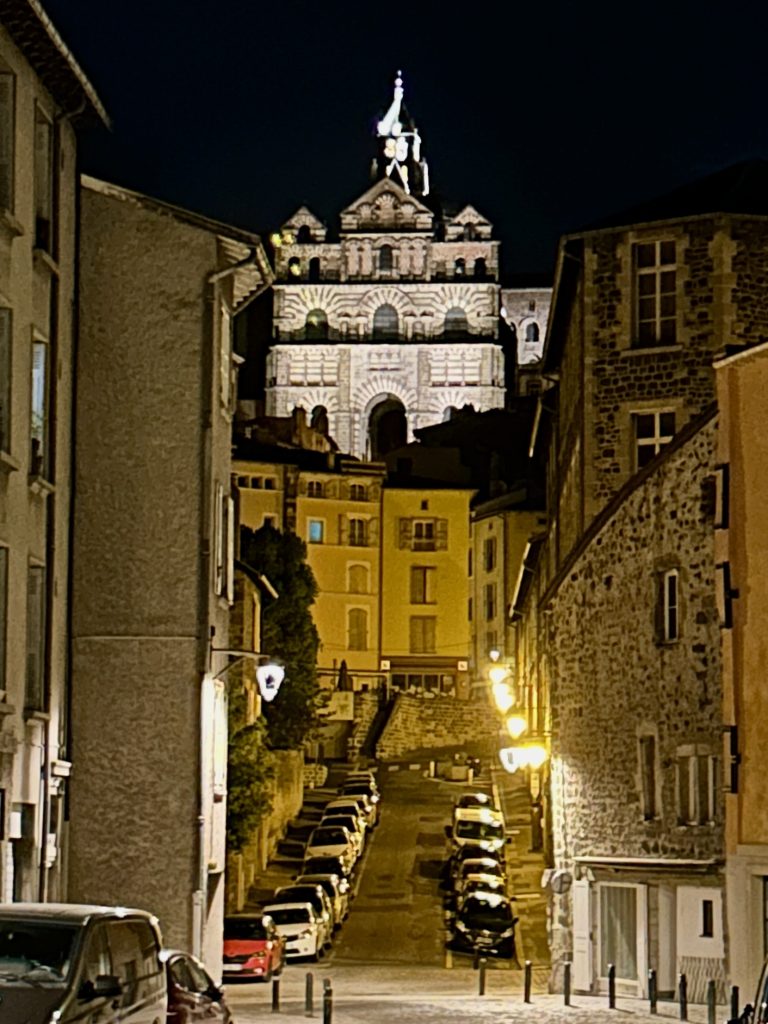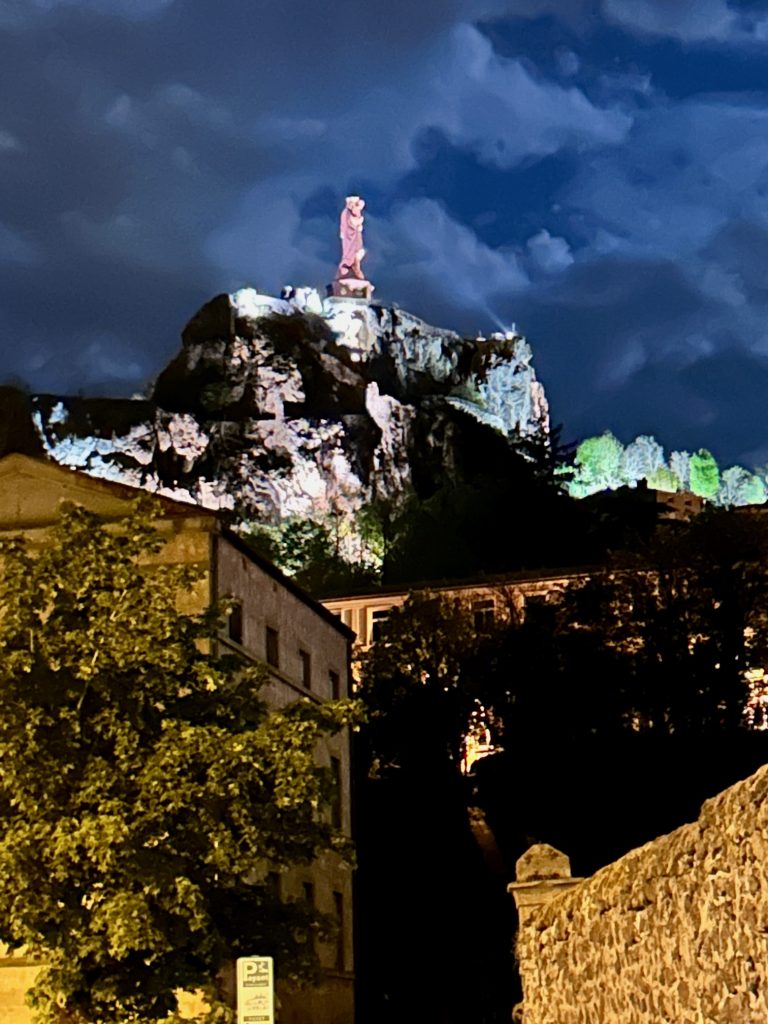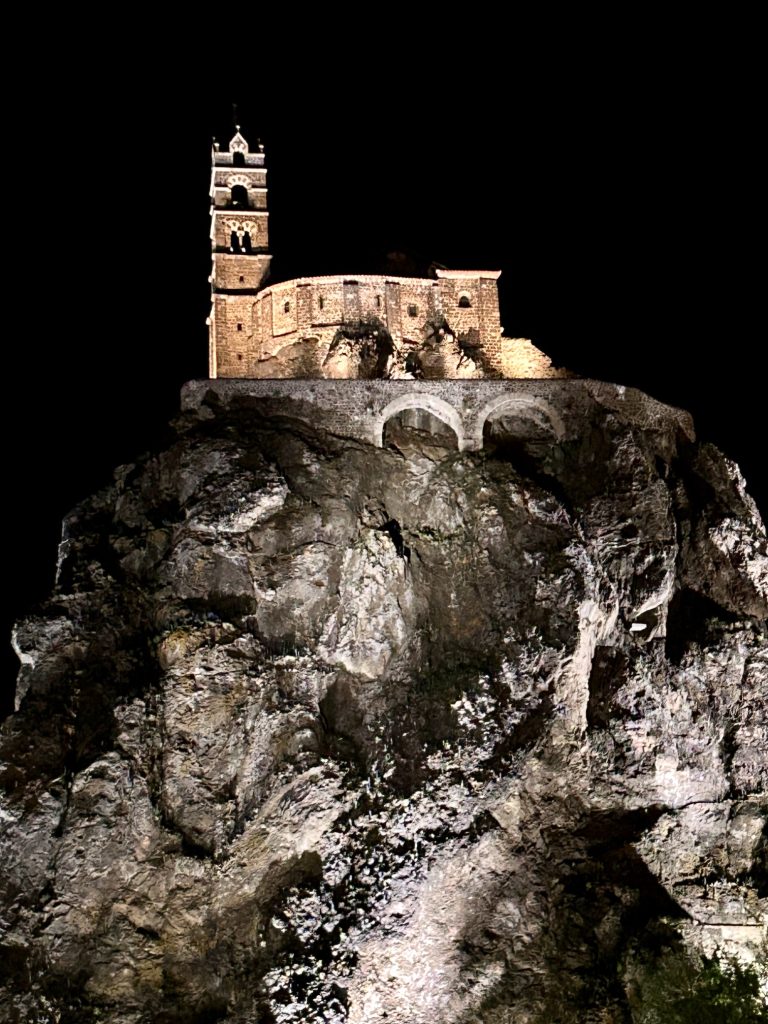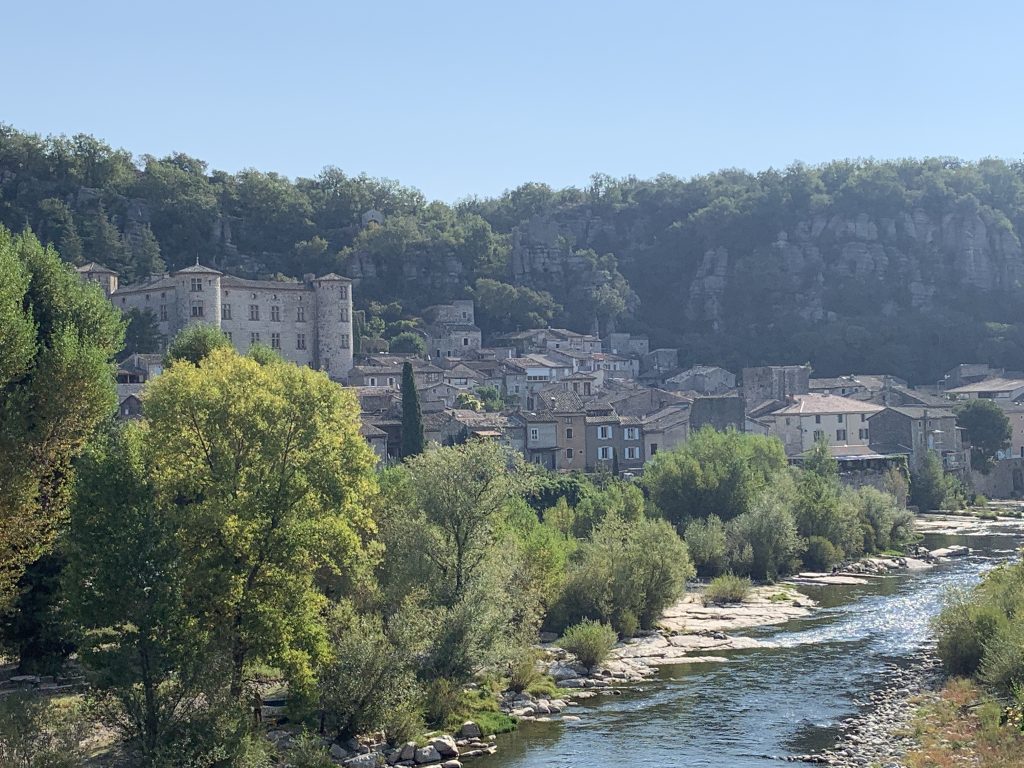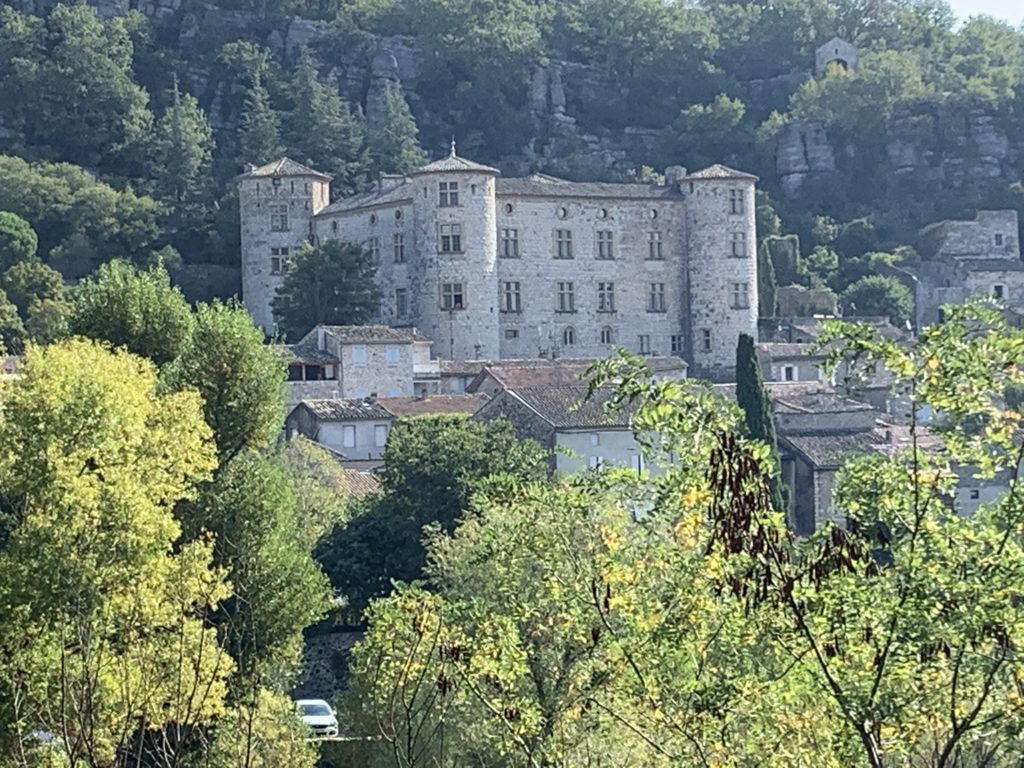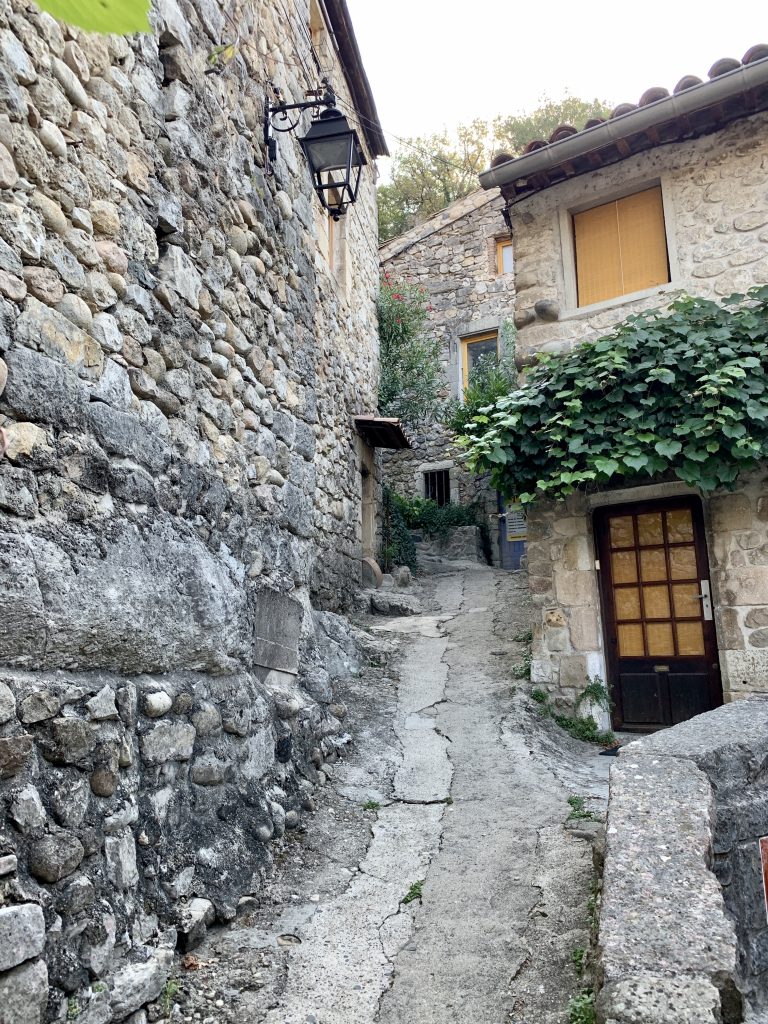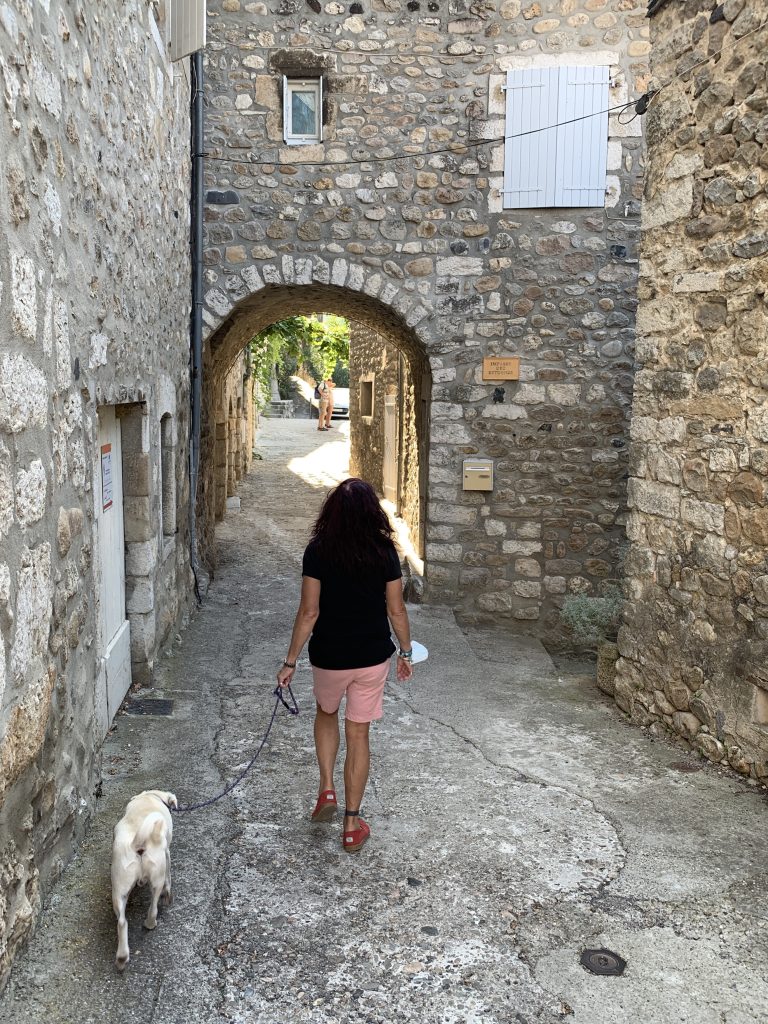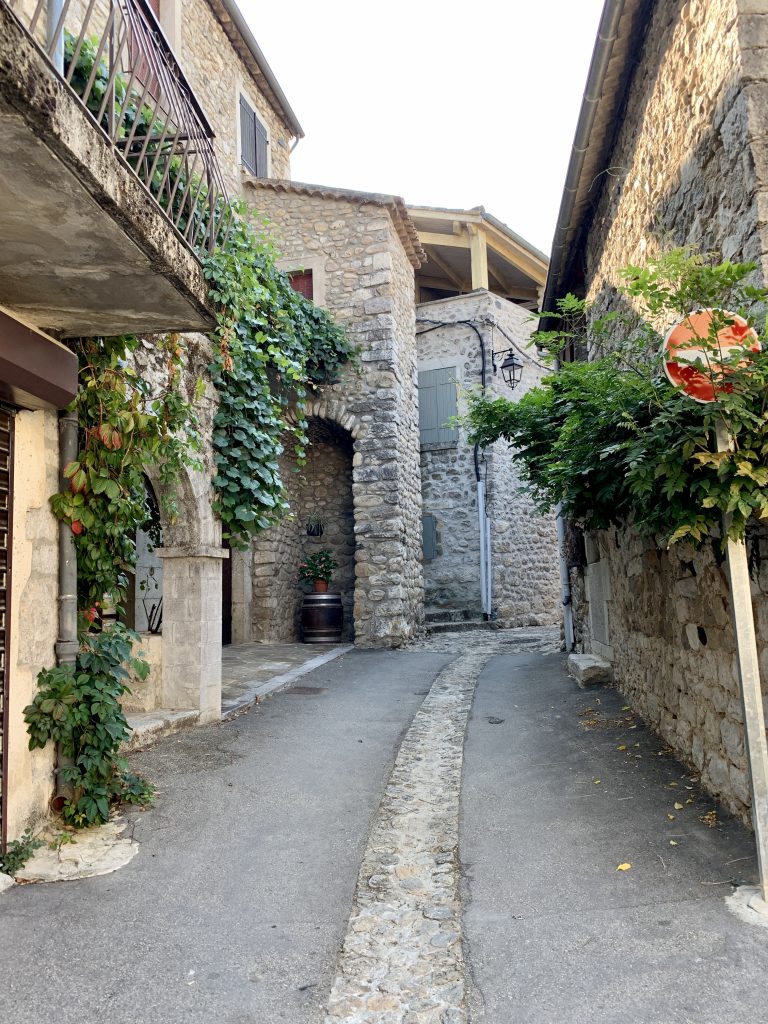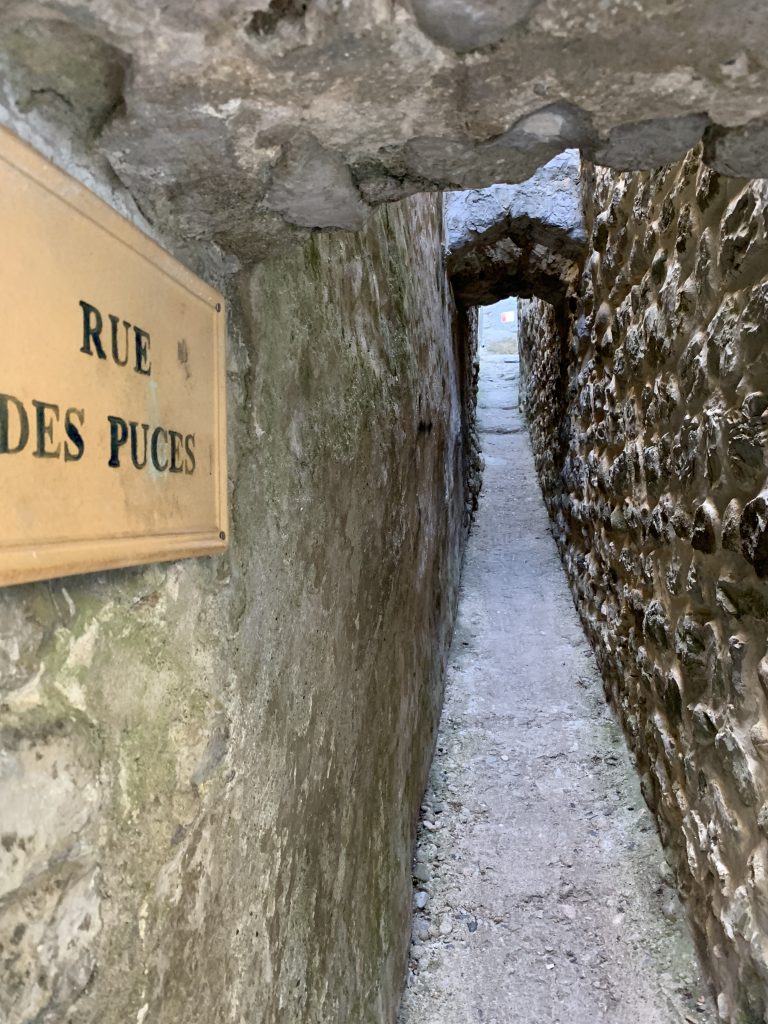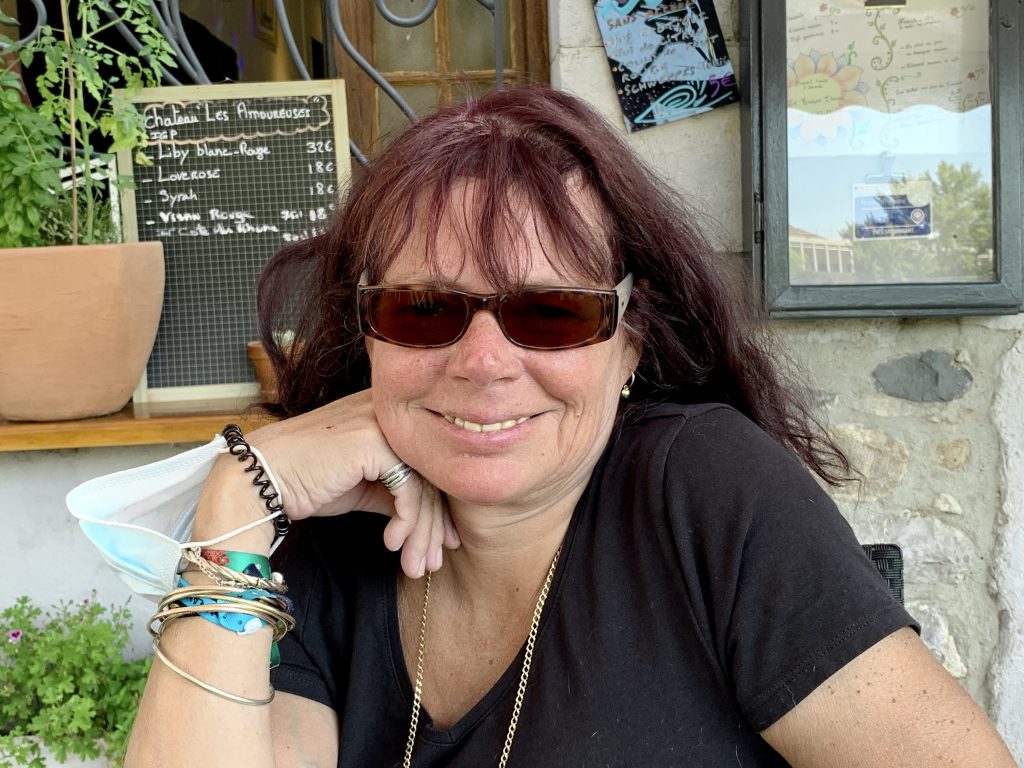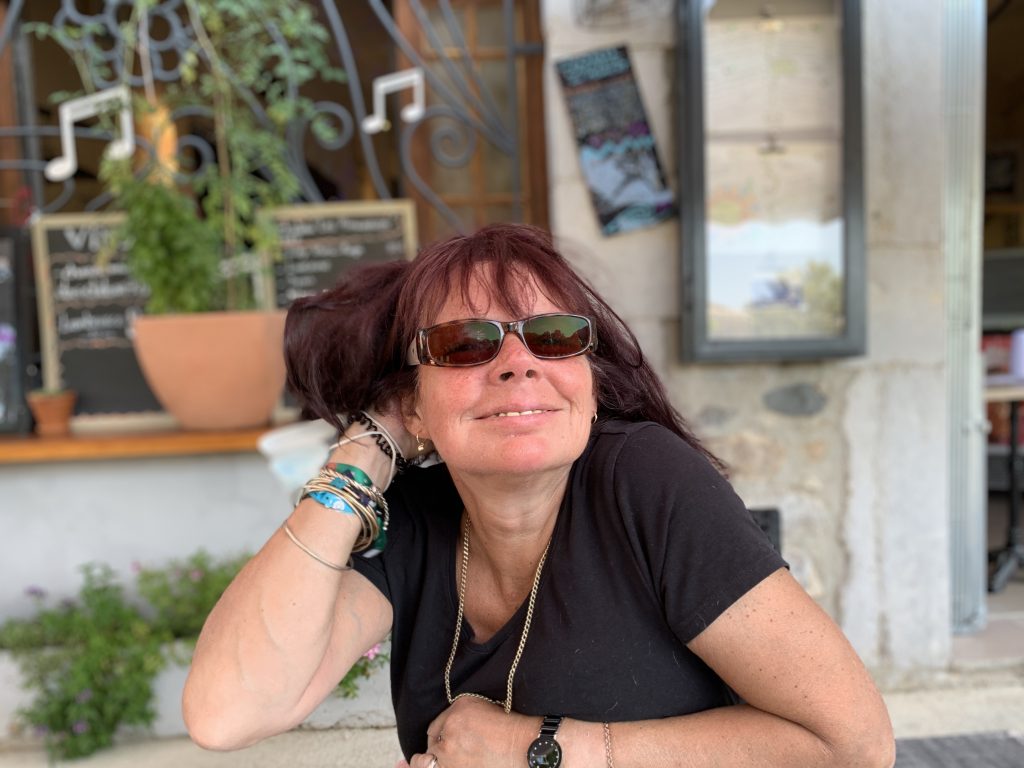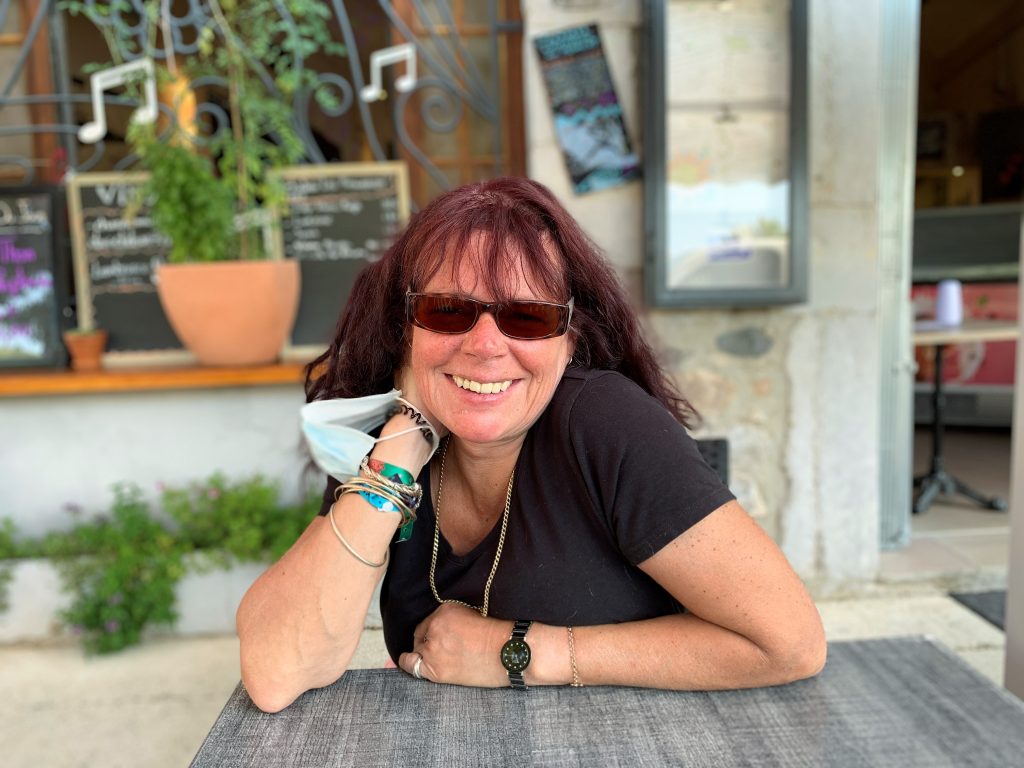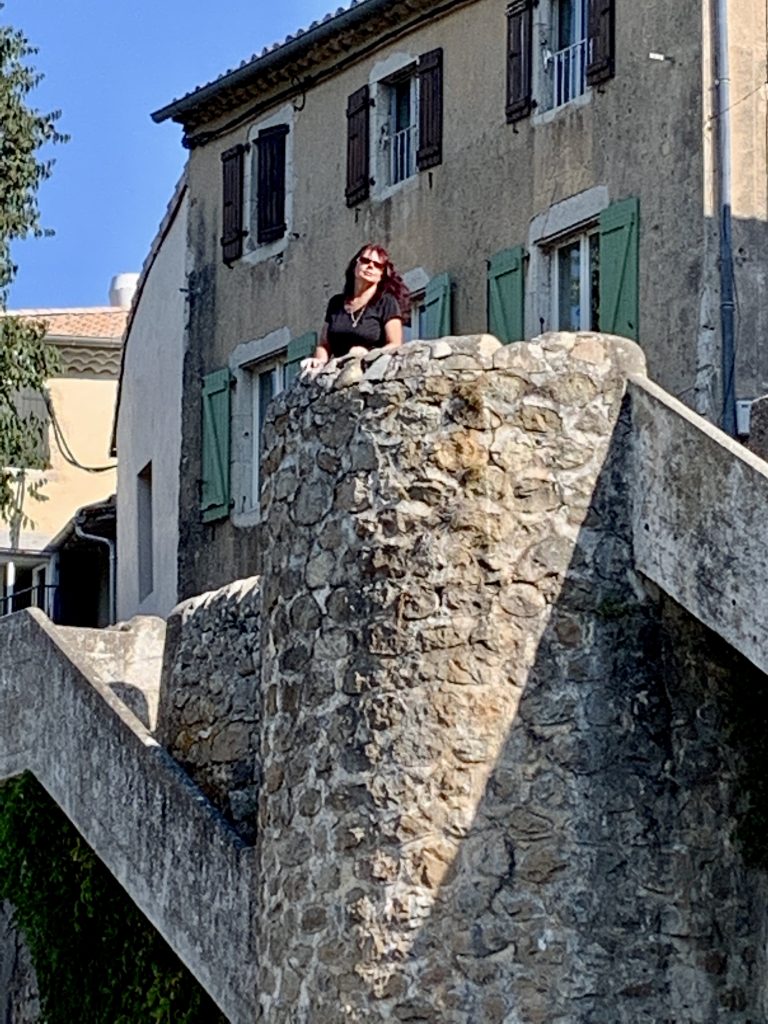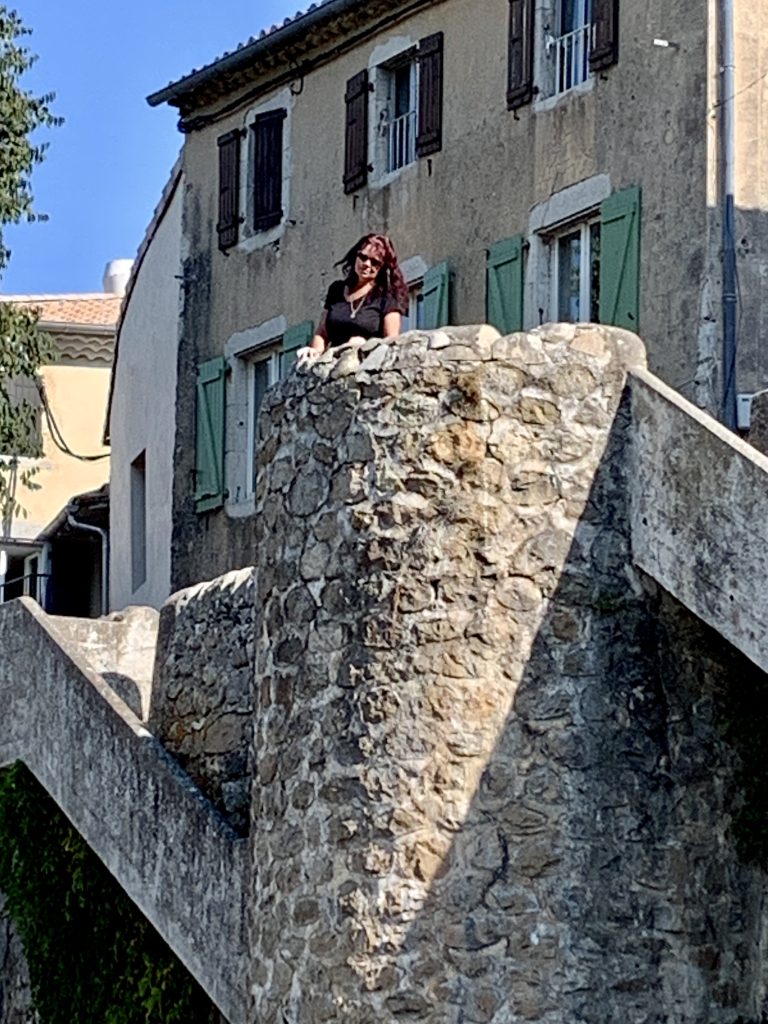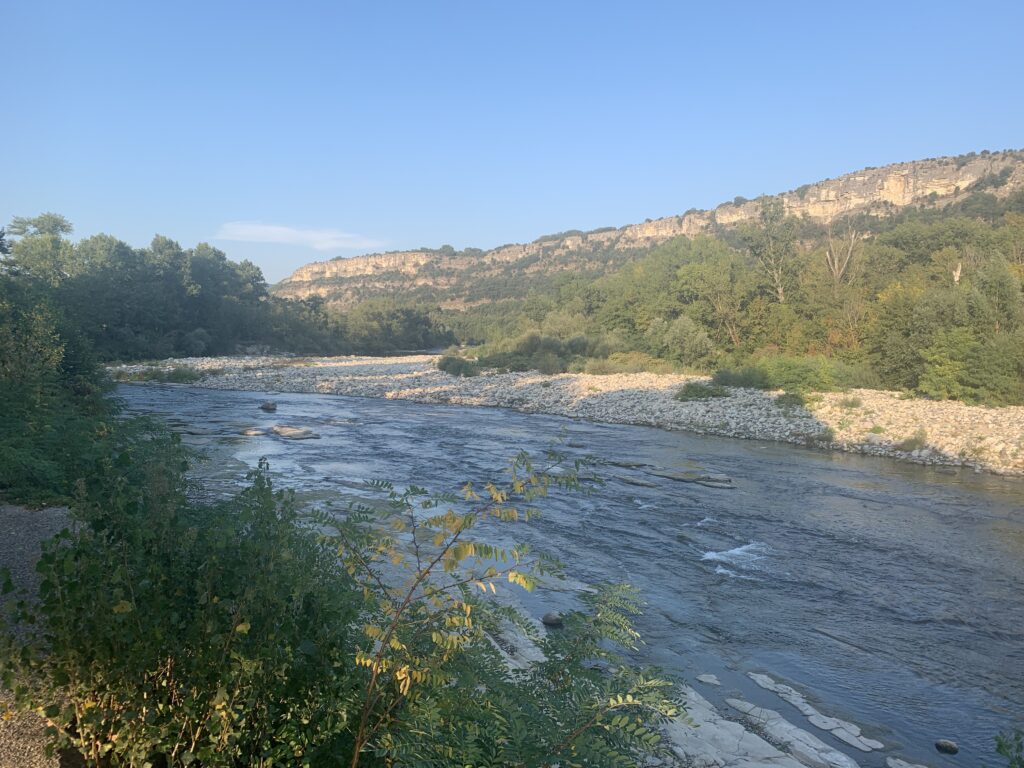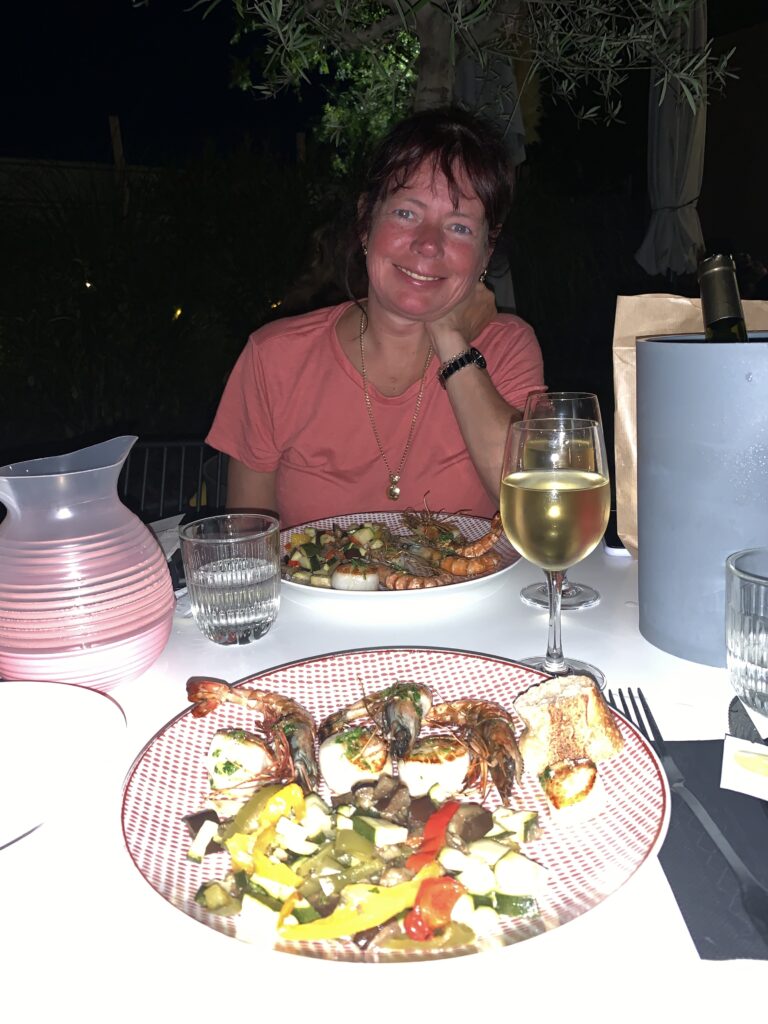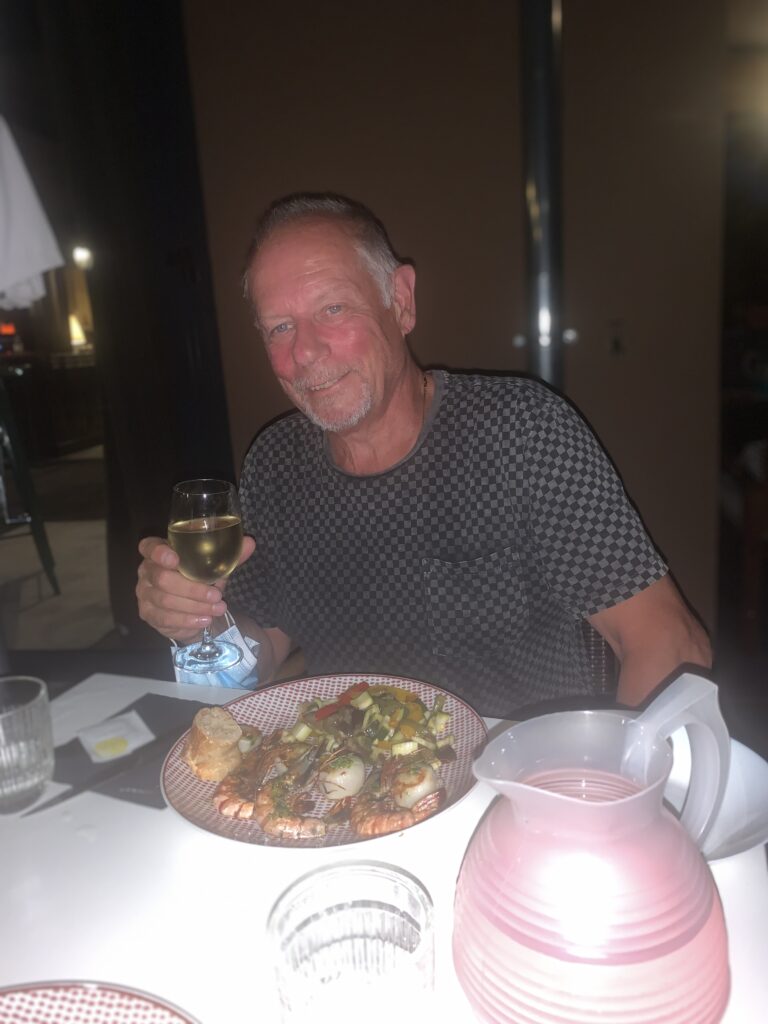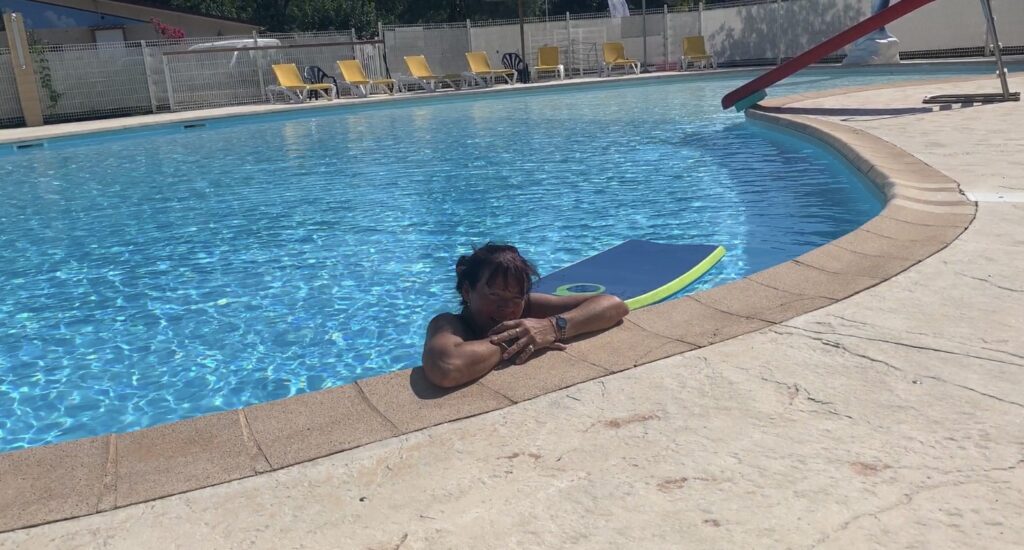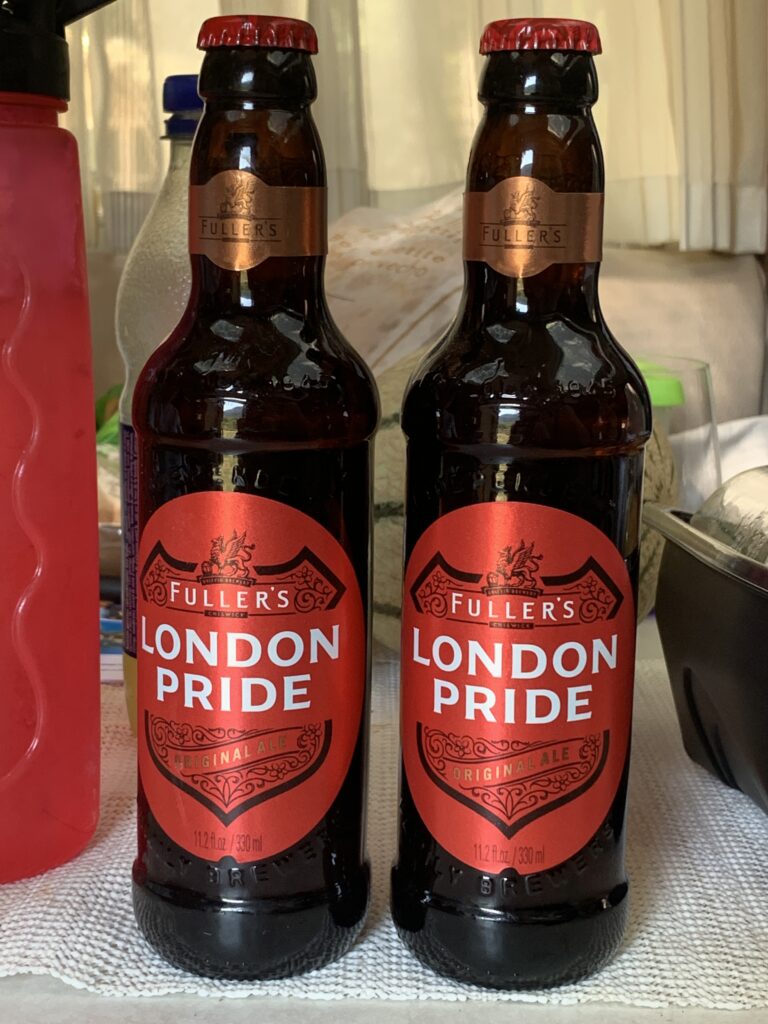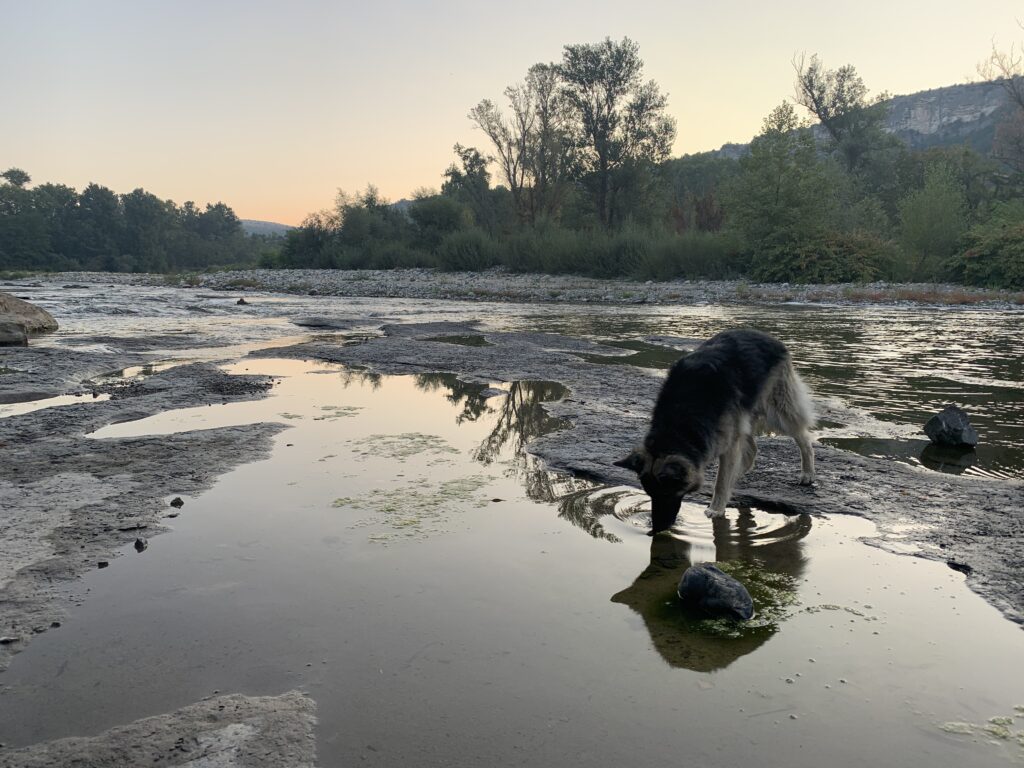On the left bank of the Rhone, in the department of Drome and directly opposite Tournon sur Rhone, is the pretty historical little village of Tain L’Hermitage. I heard it said that Tain was once a suburb of Tournon sur Rhone but some locals thought to raise the profile of the place on the back of it’s celebrated Hermitage Wines (which are grown on and around the large hill on the left bank) and so was Tain L’Hermitage formed. Of course that may just be a tale.
I’ll start this entry with an amazing photo I saw of Tain on an Ardeche Tourism site. Taken from the Tournon side of the Rhone this photo by Eric Labrot captures the Rhone, Tain and Hermitage Hill so perfectly. I spent a fair while trying to take a decent photo across the river and gave up after I saw this. It says it all.
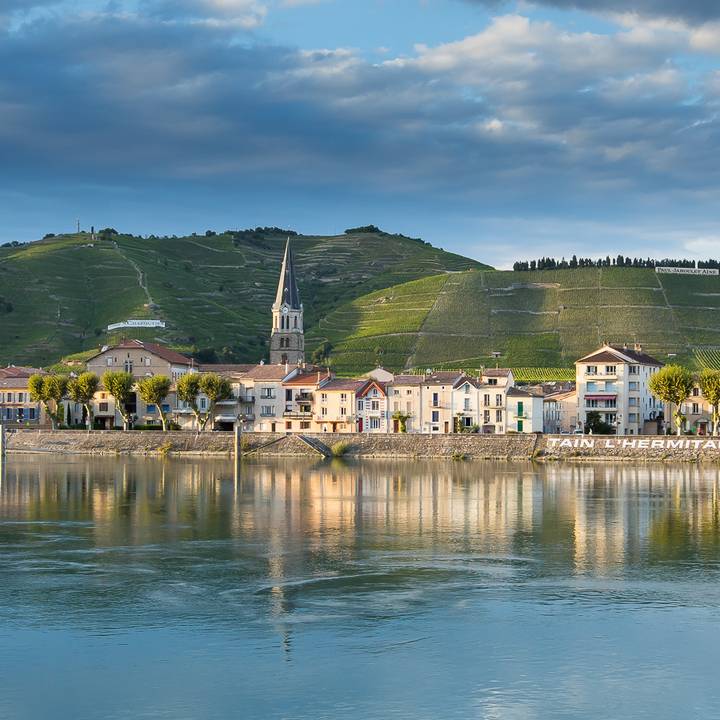
Vanya and I popped into Tain early on a Sunday afternoon, after first visiting the Tournon farmer’s market. We didn’t realise Tain’s market day was also on the Sunday morning or we might have strolled across the Marc Seguin bridge earlier and enjoyed both markets. Neither market is very large but, together, I think there would have been enough to keep us amused for a while. We both enjoy mooching around French markets. Having said that, I was up early that day and had noticed two river cruise boats moored on the Tain side of the Rhone and was happy to wait until they had departed before crossing the river.
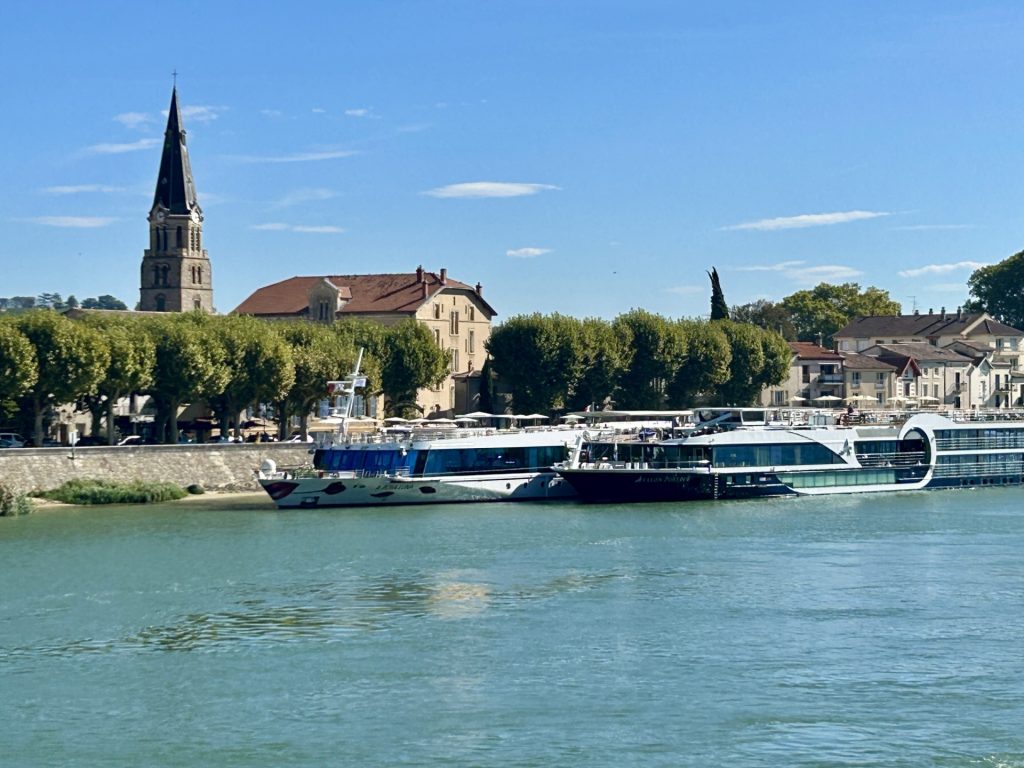
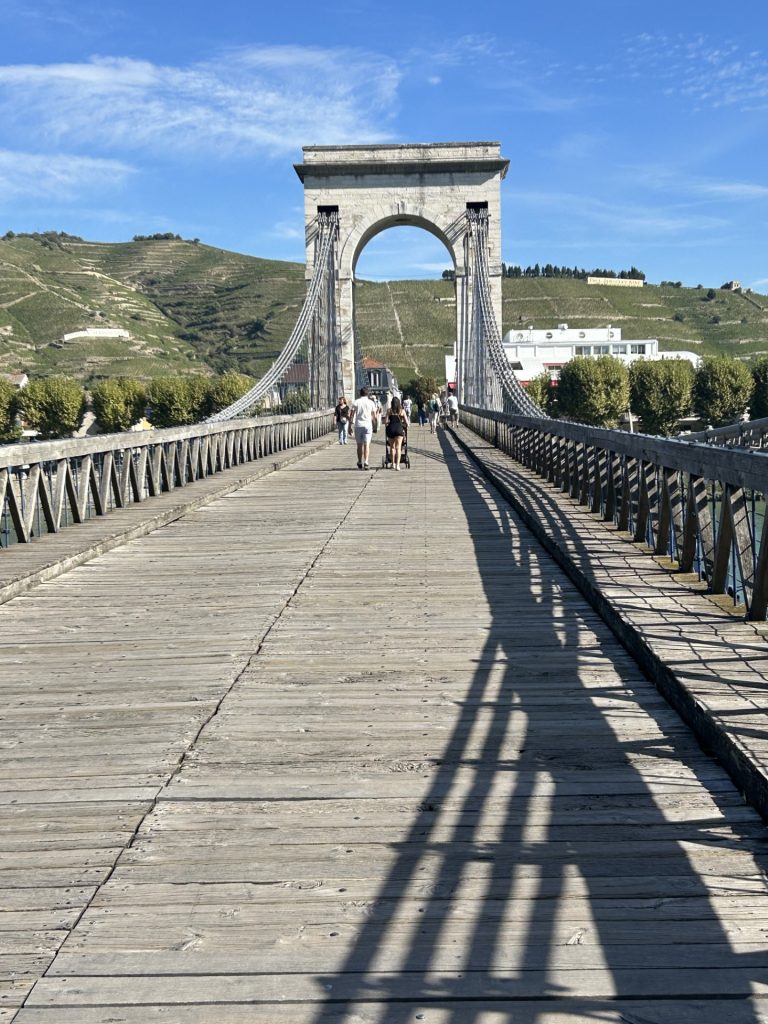
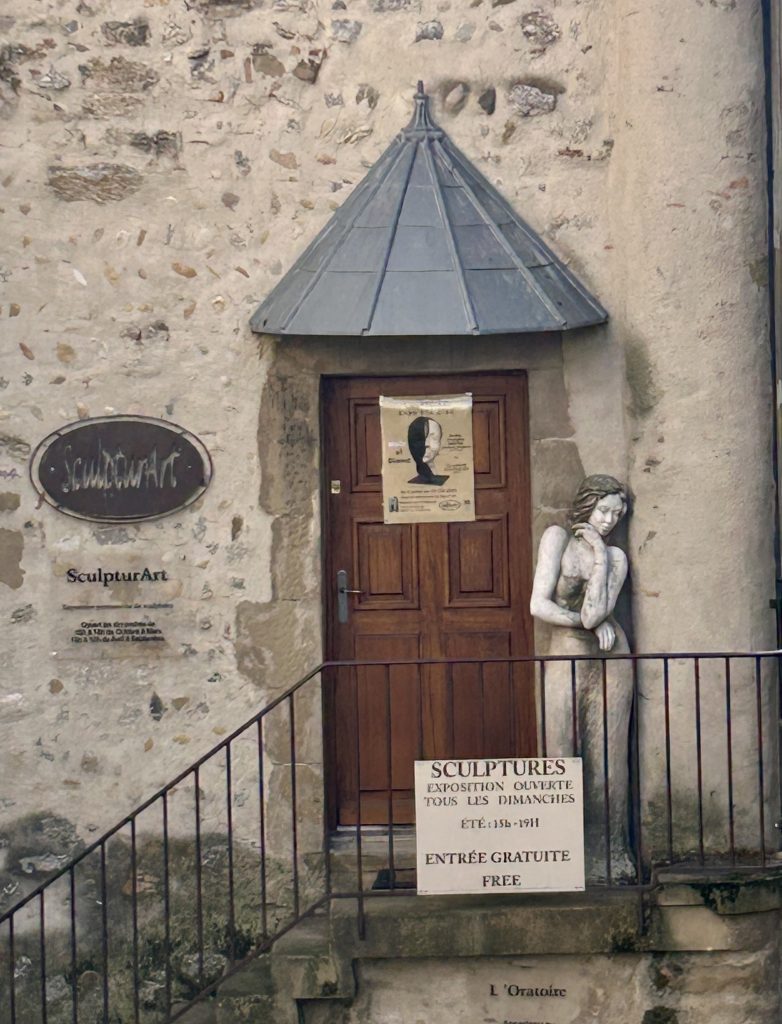
Tain’s Sculpture Art Gallery

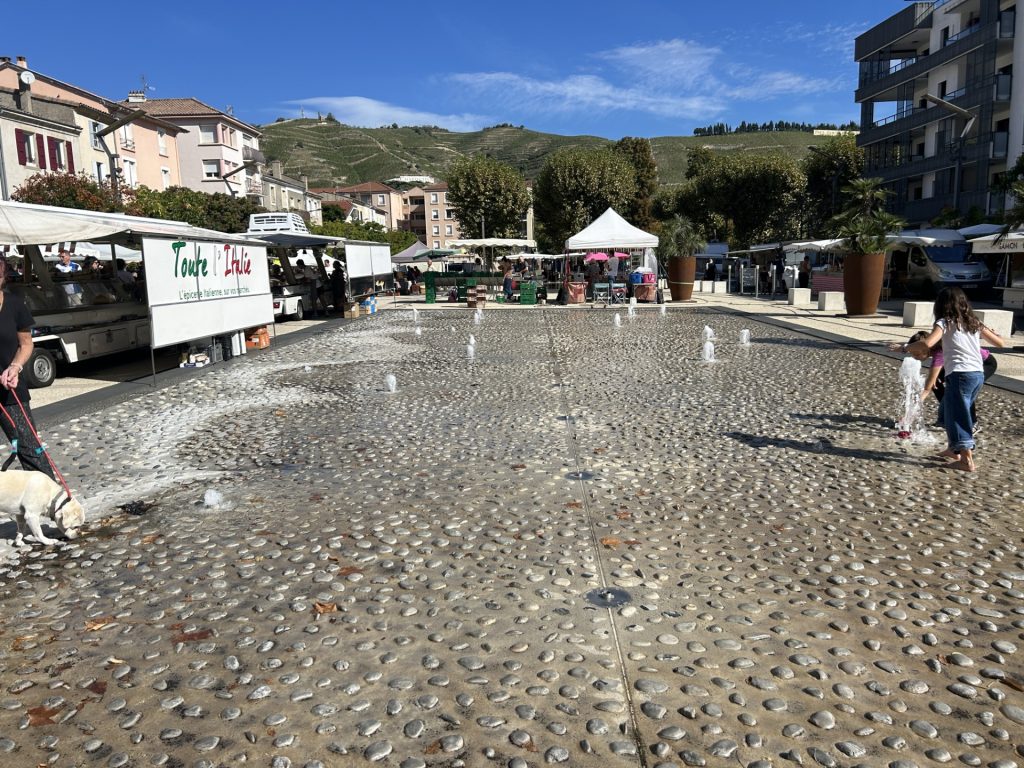
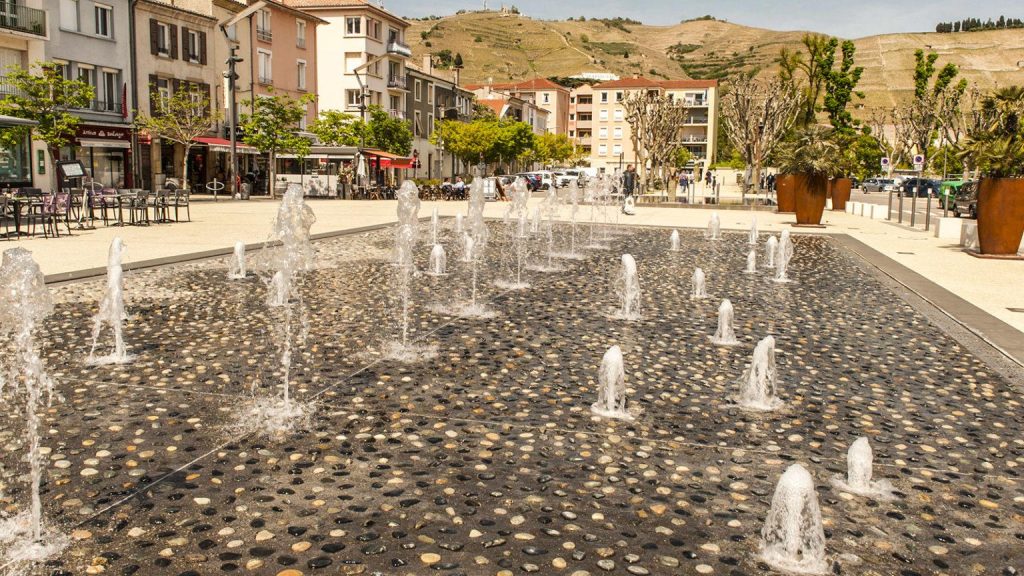
Tain’s primary church is L’Eglise Notre Dame. It was mostly destroyed during the French Revolution and France’s earlier Religious Wars and was rebuilt in 1838. It is not one of France’s more impressive churches, either outside or inside although, Louis XVIII of the house of Bourbon was petitioned to donate some religious paintings as part of the church’s restoration (after being reminded that in 1350 the original church was the scene of the marriage of the 13 year old future King Charles V to the 11 year old Jeanne de Bourbon).
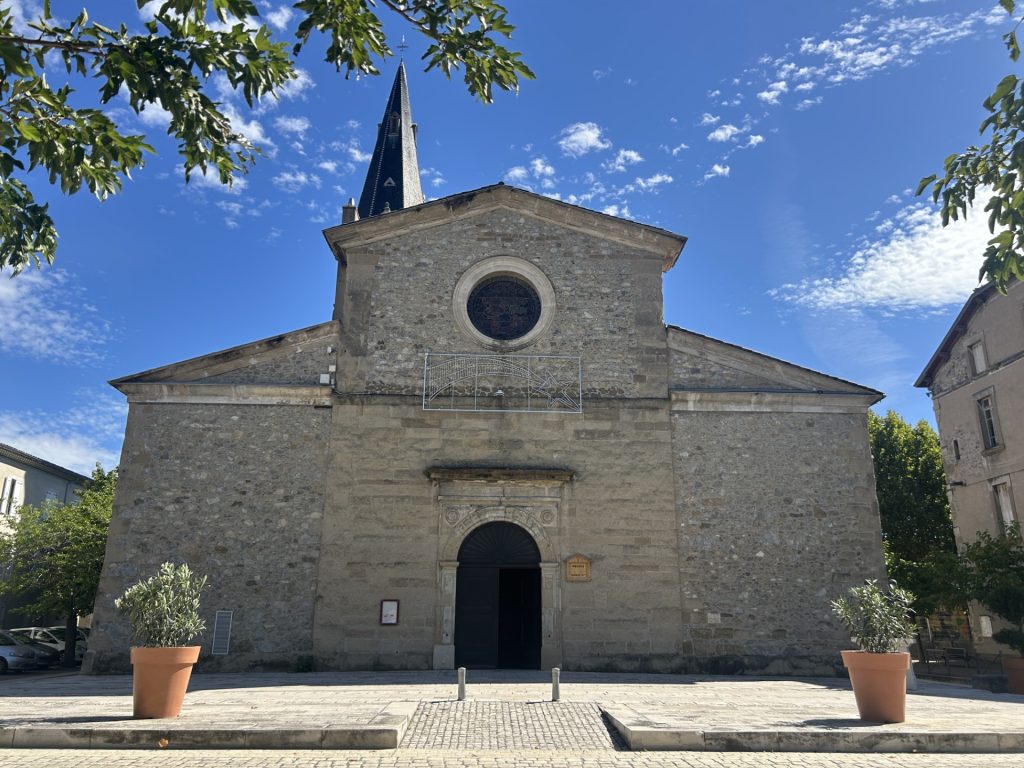
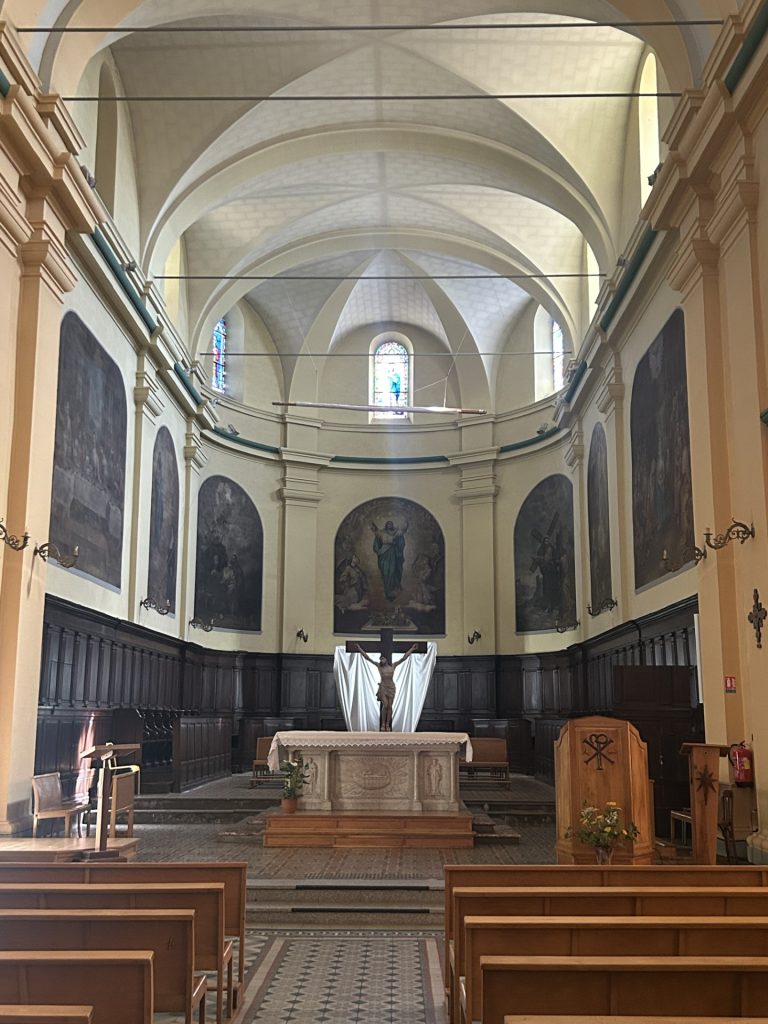
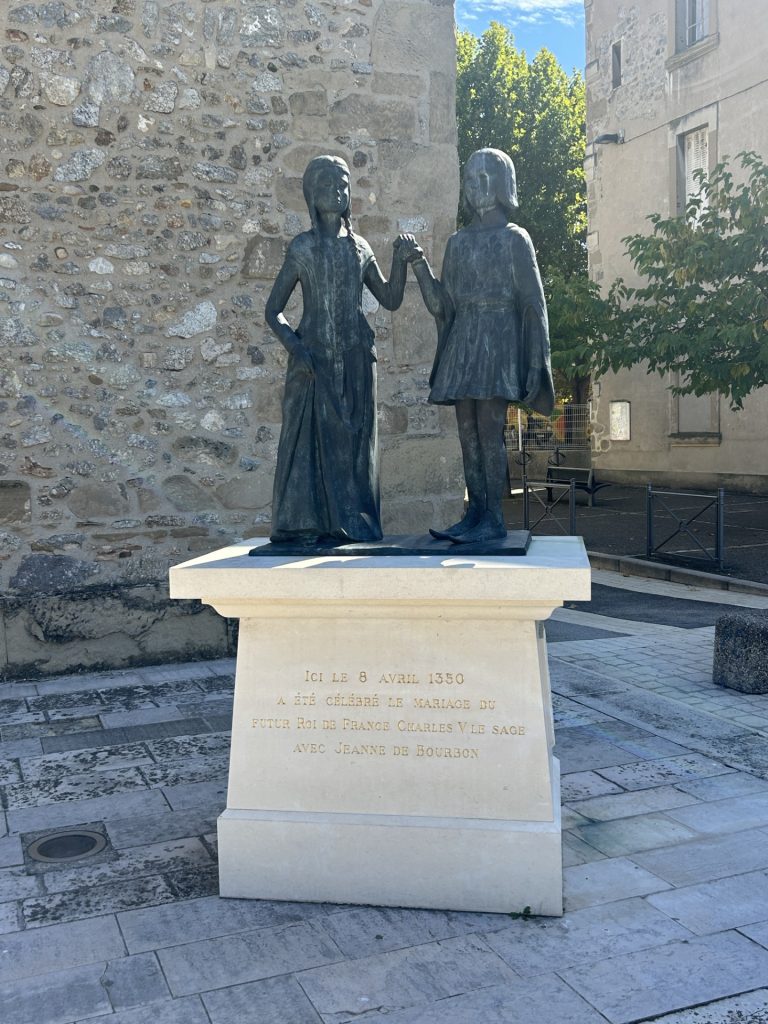
While wandering Tain on my own, later in the day, I passed the Valrhona chocolate factory and shop (the Cité du Chocolat). It was closed or I could have been tempted inside. Founded in 1922 by a French pastry chef, Alberic Guironnet, Valrhona has grown to become arguably the most well known high quality chocolate manufacturer in France. From these same premises the company also operates the ‘Ecole du Grand Chocolat’ (a school for professional chefs with a focus on chocolate-based dishes and pastries) and the ‘Comptoir Porcelena’ (a restaurant where you can eat chocolate from starter to dessert).

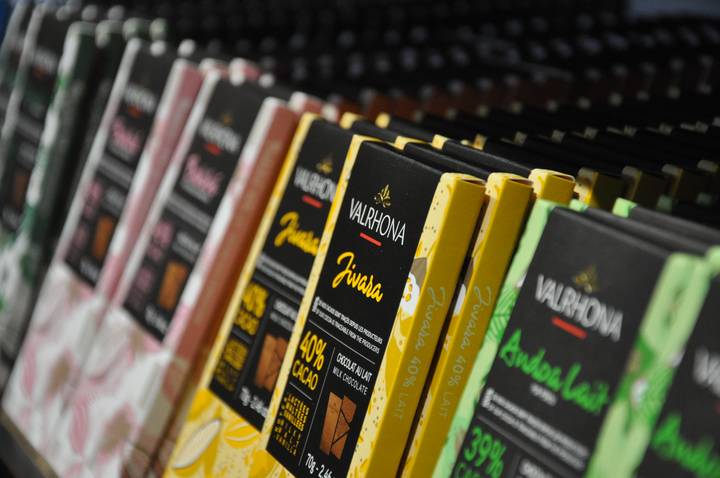
My final words on Tain L’Hermitage must be about it’s red wines. Although white wines are produced in the area, Tain is reputed to be the birthplace of Syrah and, as a result, it is the Hermitage red wines which reign supreme here. Hermitage red wines aren’t cheap. This is a small wine producing area and smaller yields often serve to push prices up but; the prices were probably hugely inflated after Louis XIII visited the area in 1642 and made them a ‘wine of the French court’. None of the main producers on the hill were open for tasting sessions and I therefore allowed myself to be influenced by the proprietor of one of the bars on Place de Taurobole who suggested I try a more affordable Domaine Gallet Cote-Rotie (from nearby Ampuis) rather than his Heritage wine which he claimed is okay but overpriced. I wasn’t disappointed with his recommendation. In fact I took a second glass. It was seriously good.
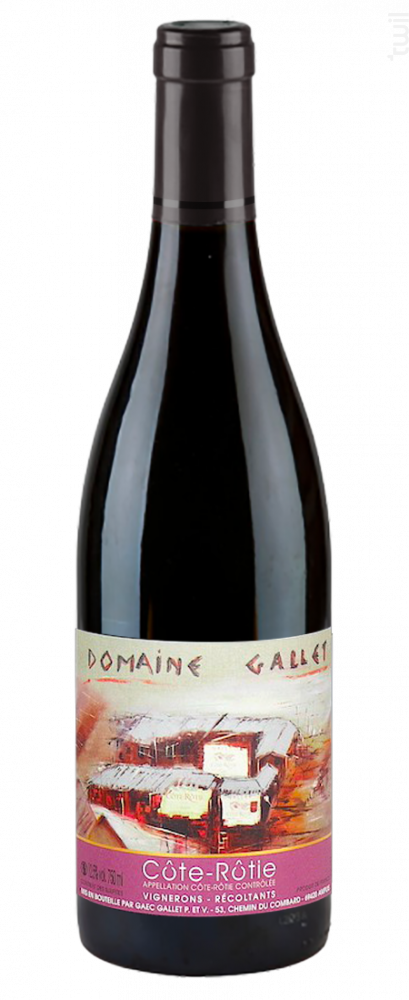
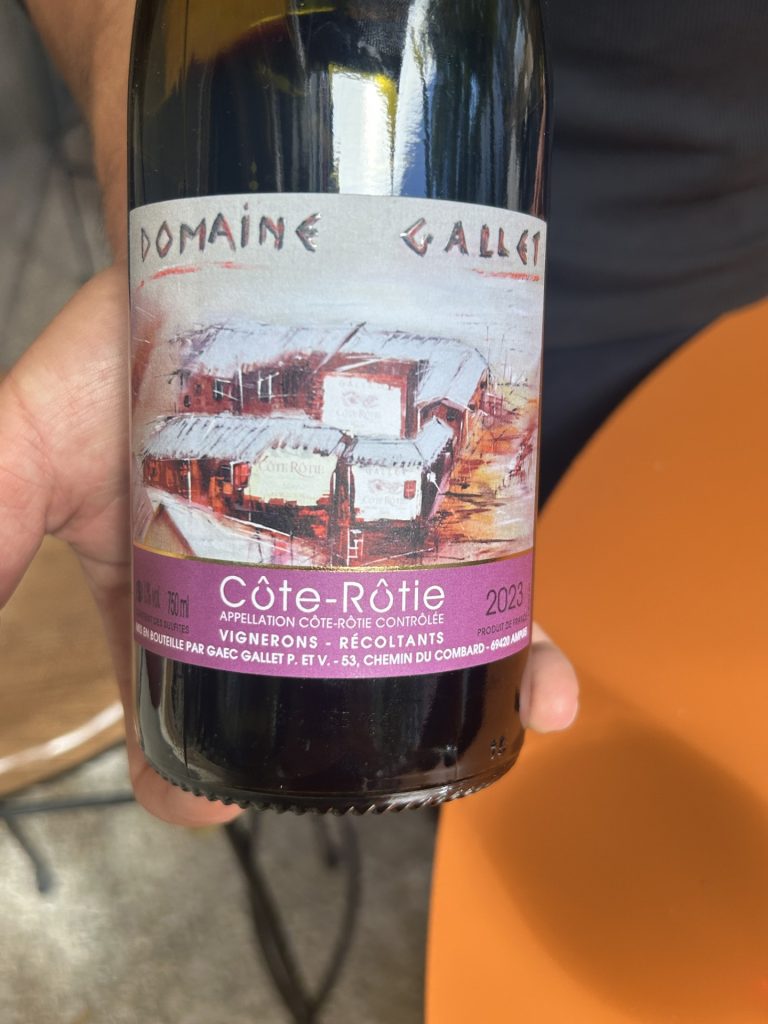
And a couple more photos… One of the Marc Seguin Bridge from Tain…
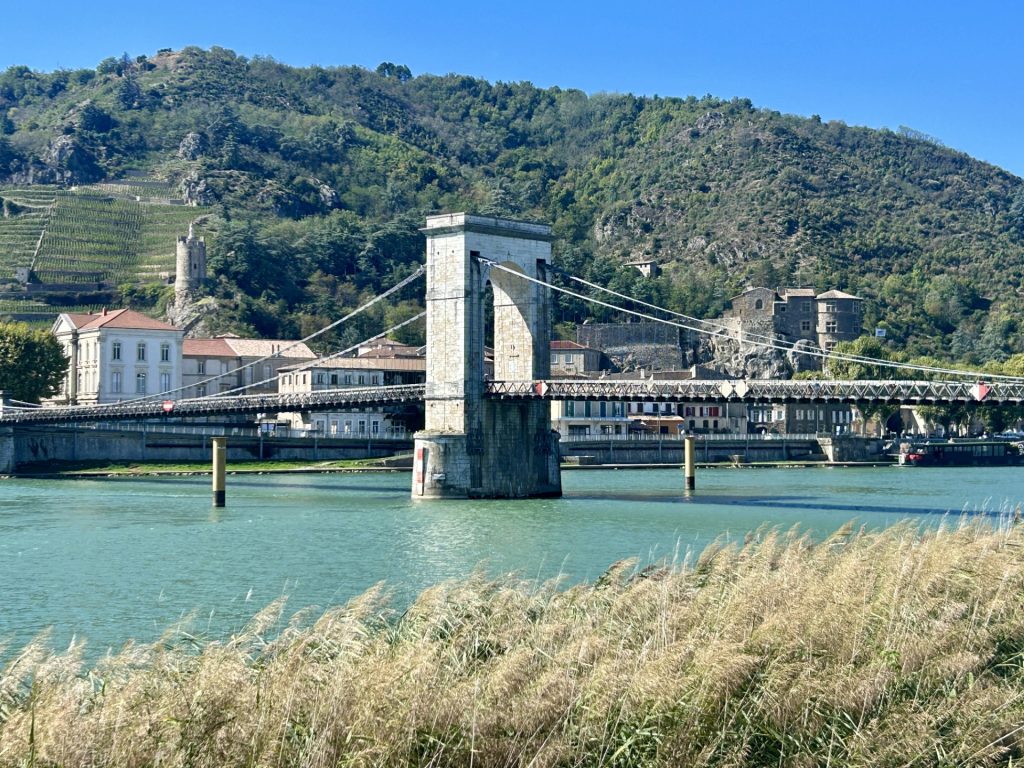
…and one across to Touron from up high on L’Heritage Hill from…
